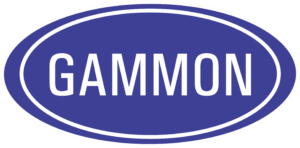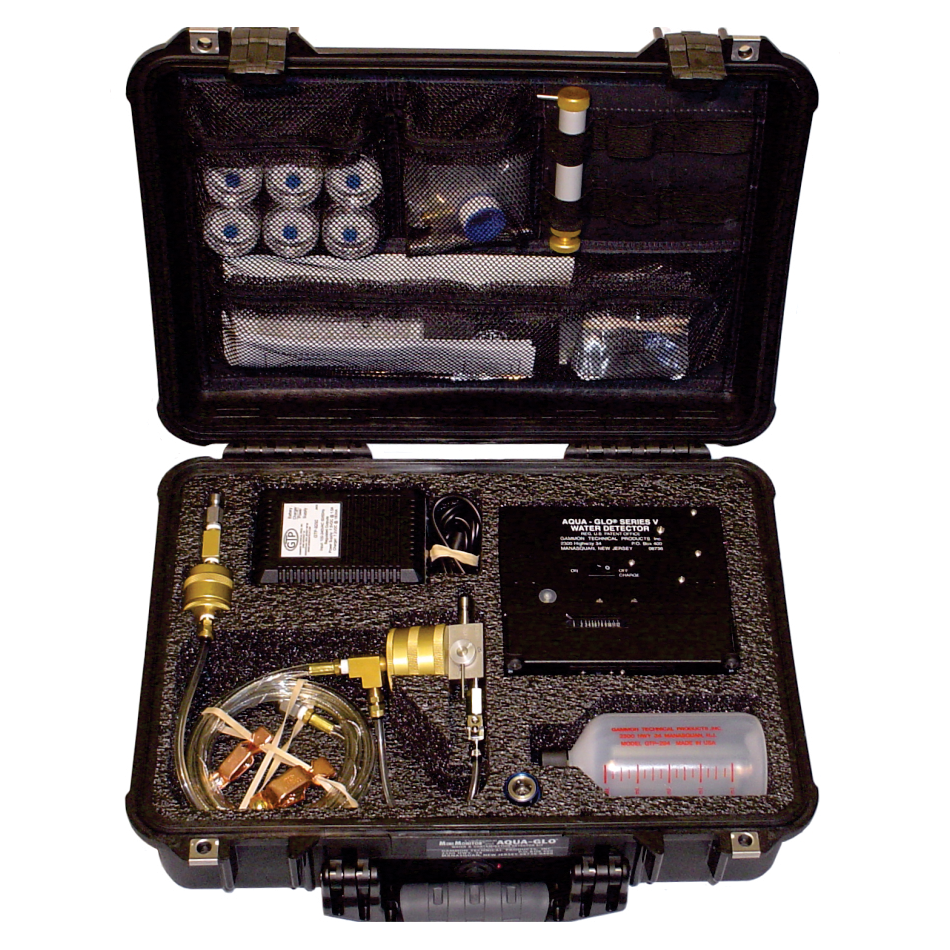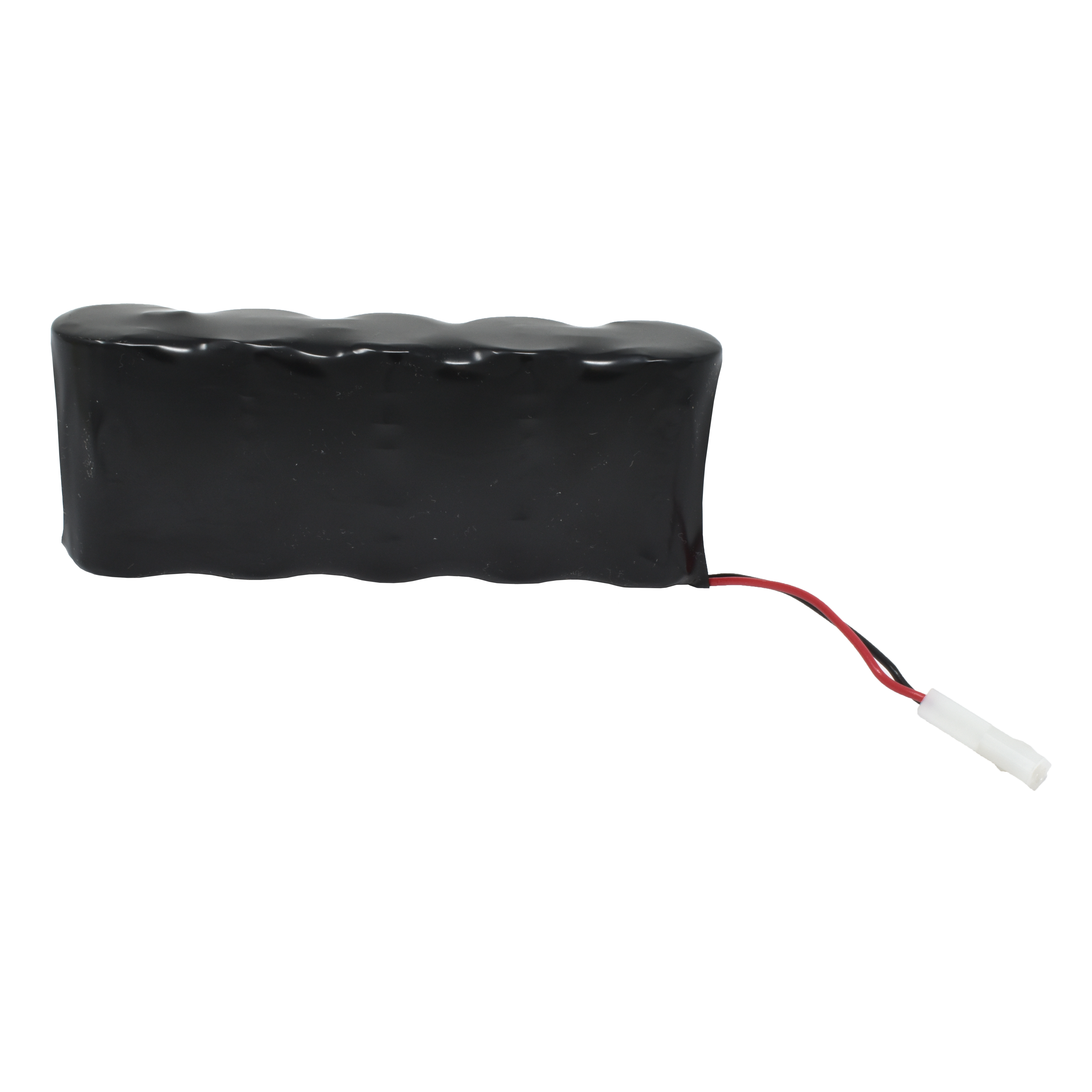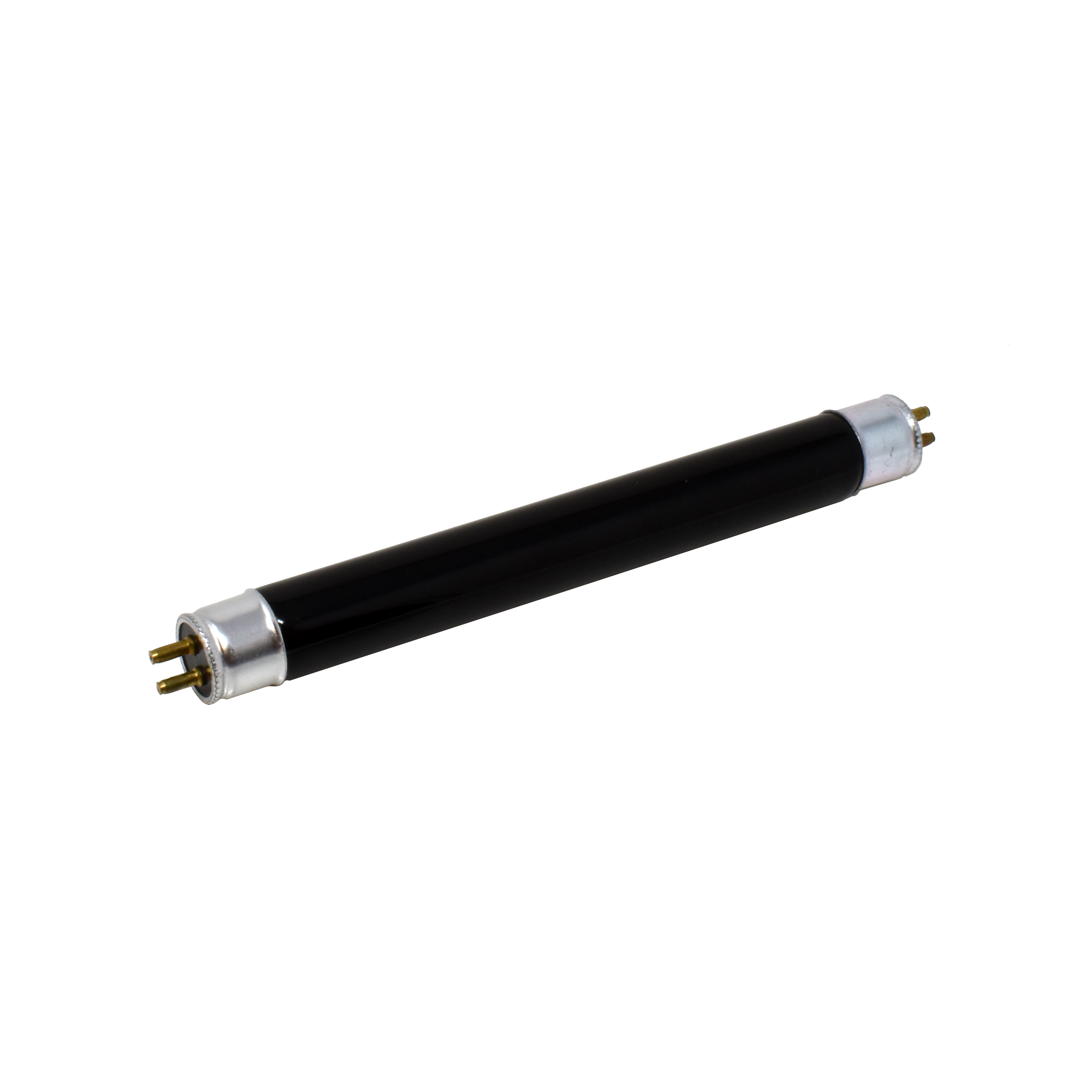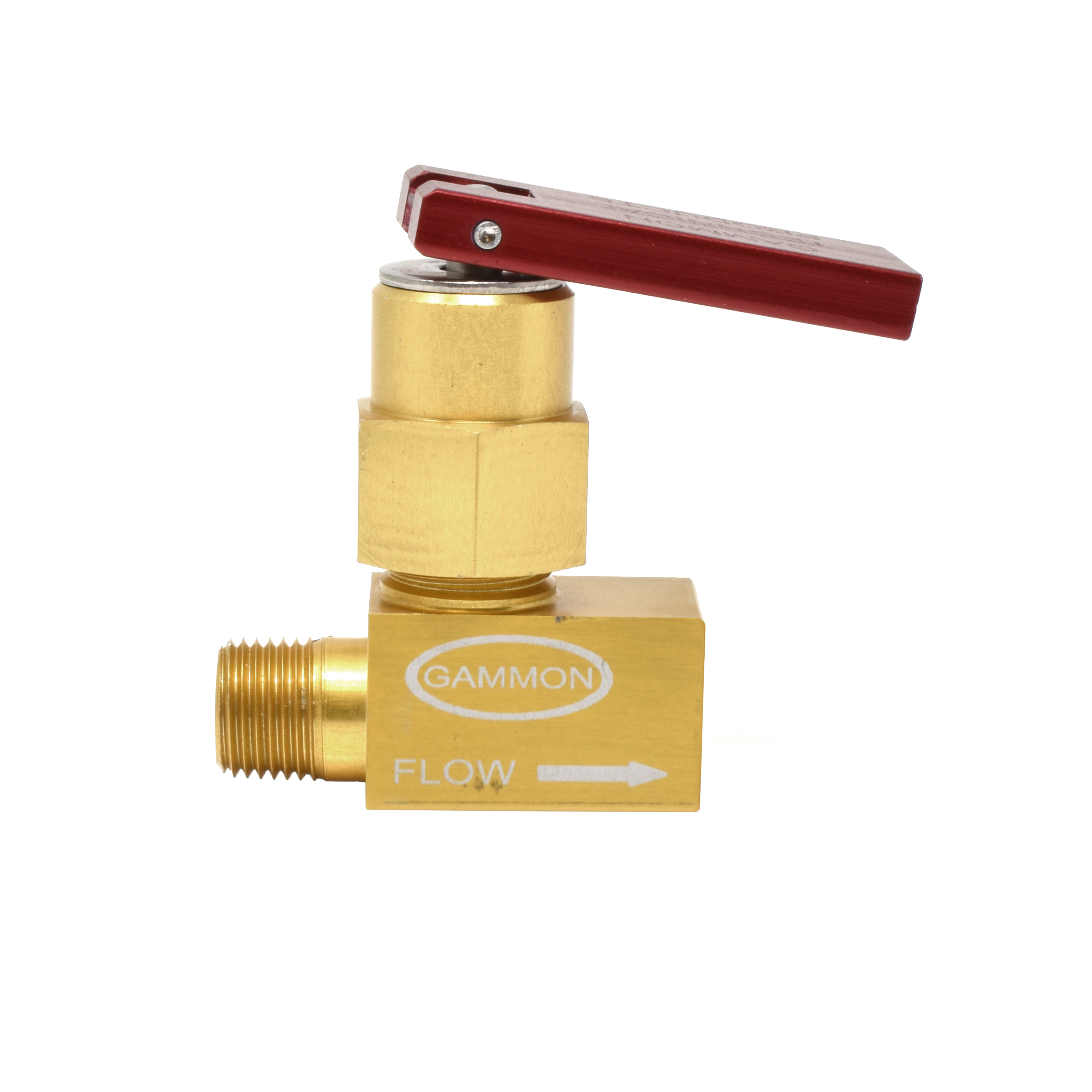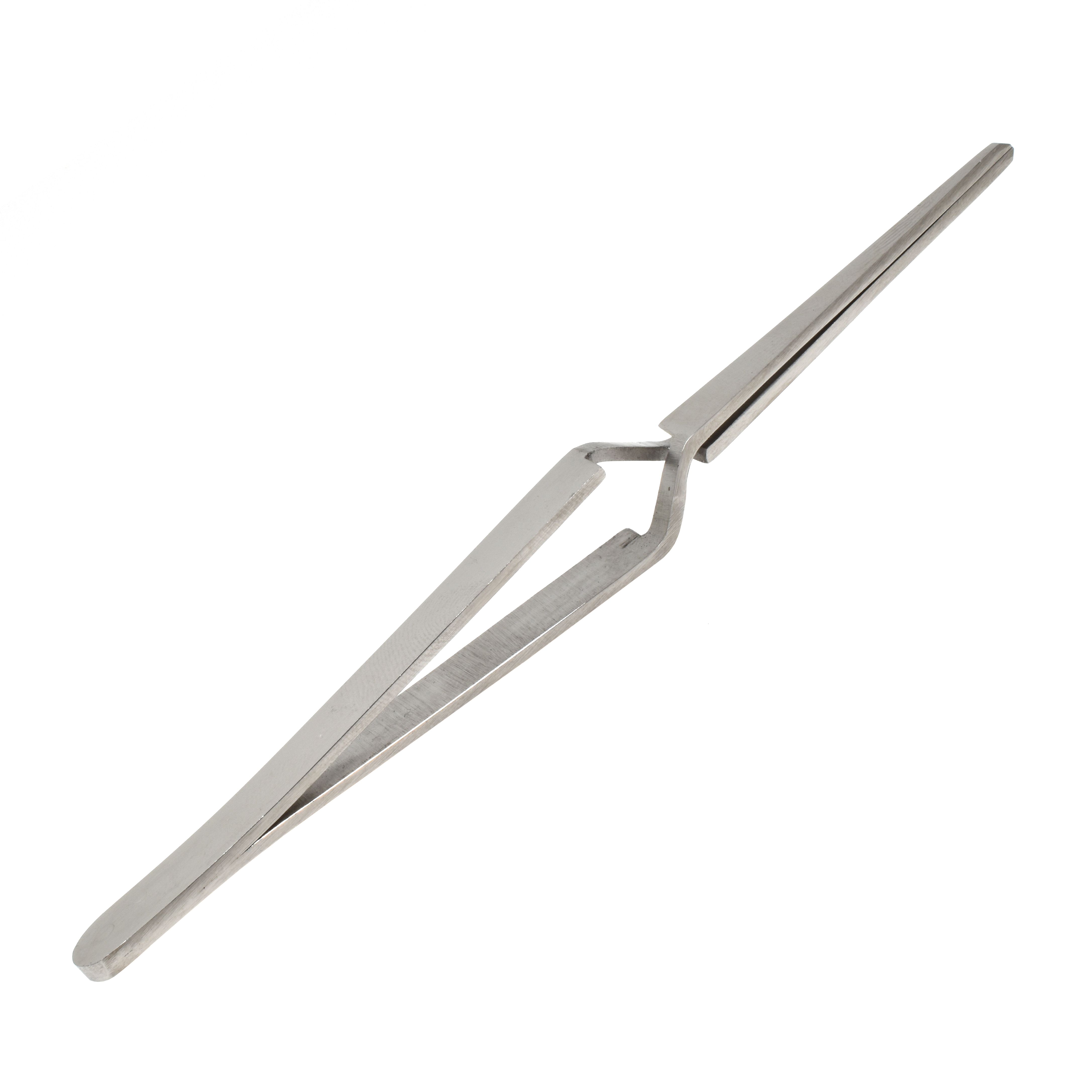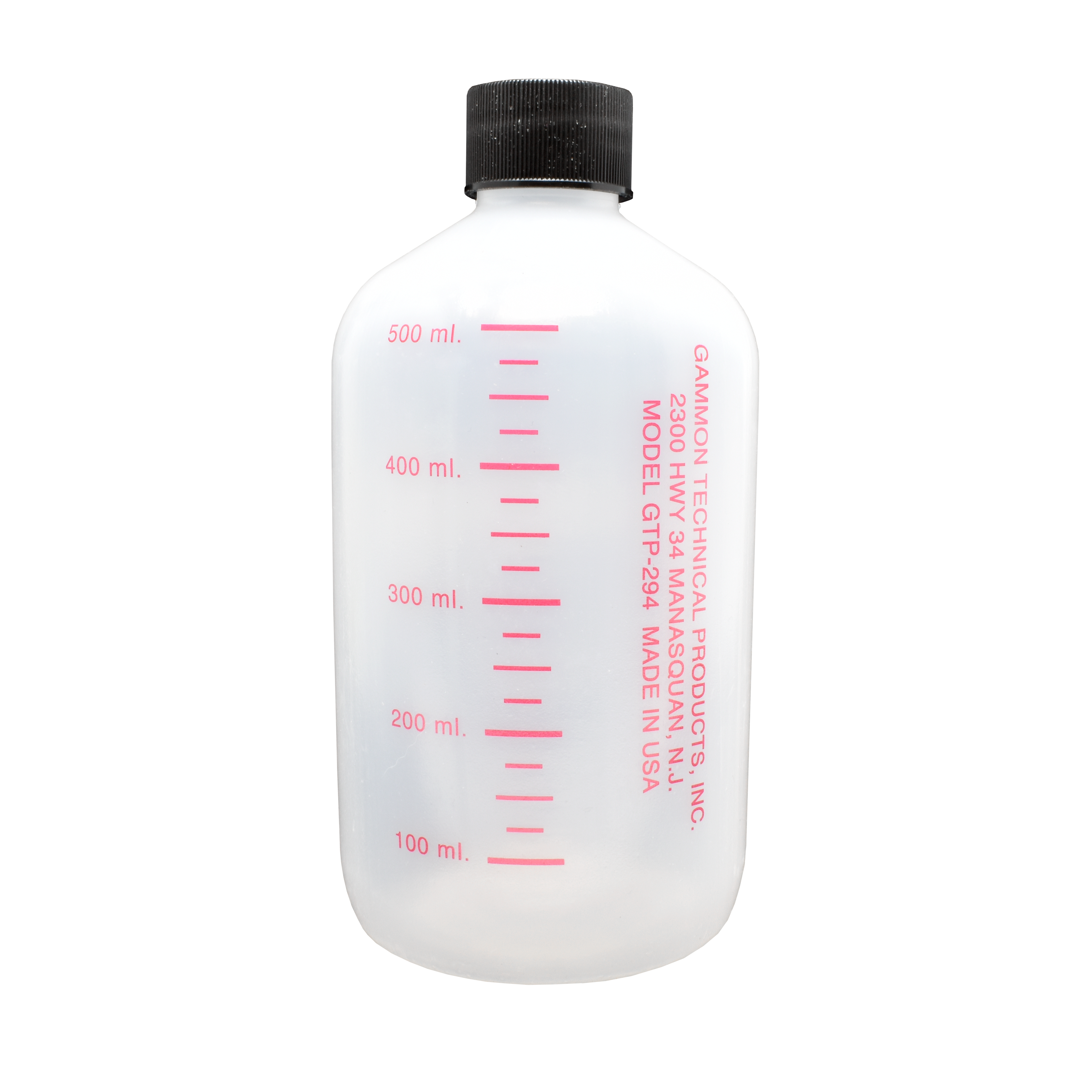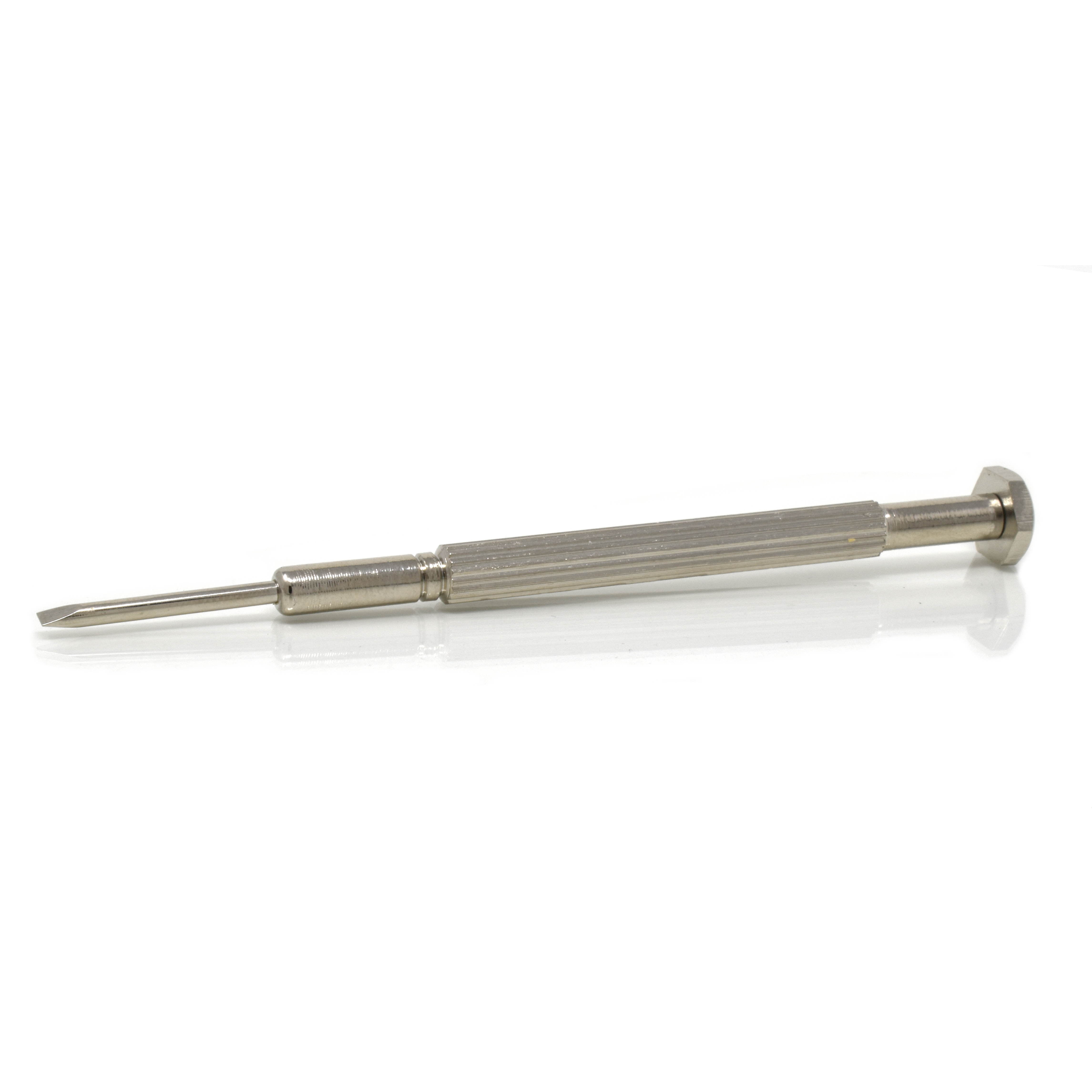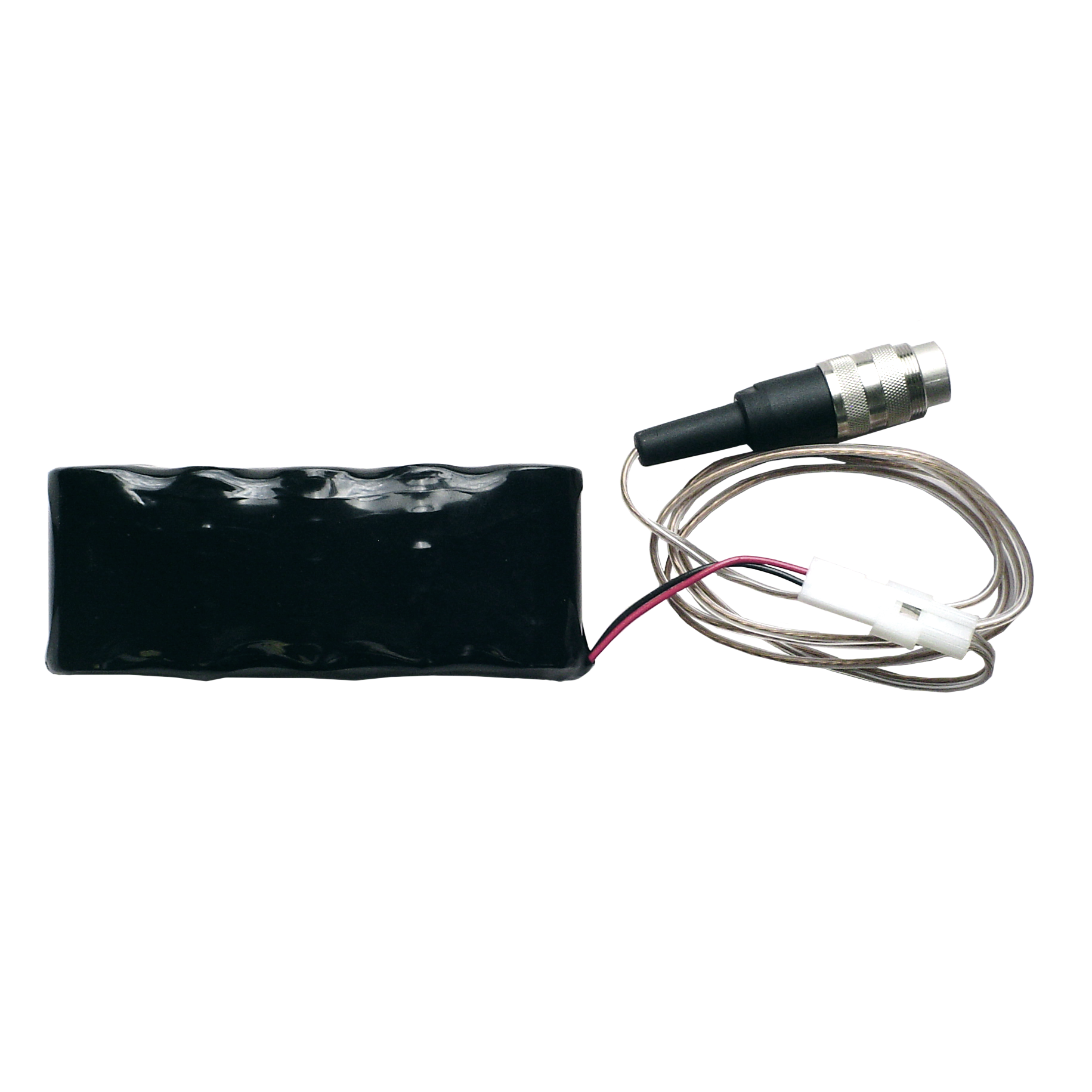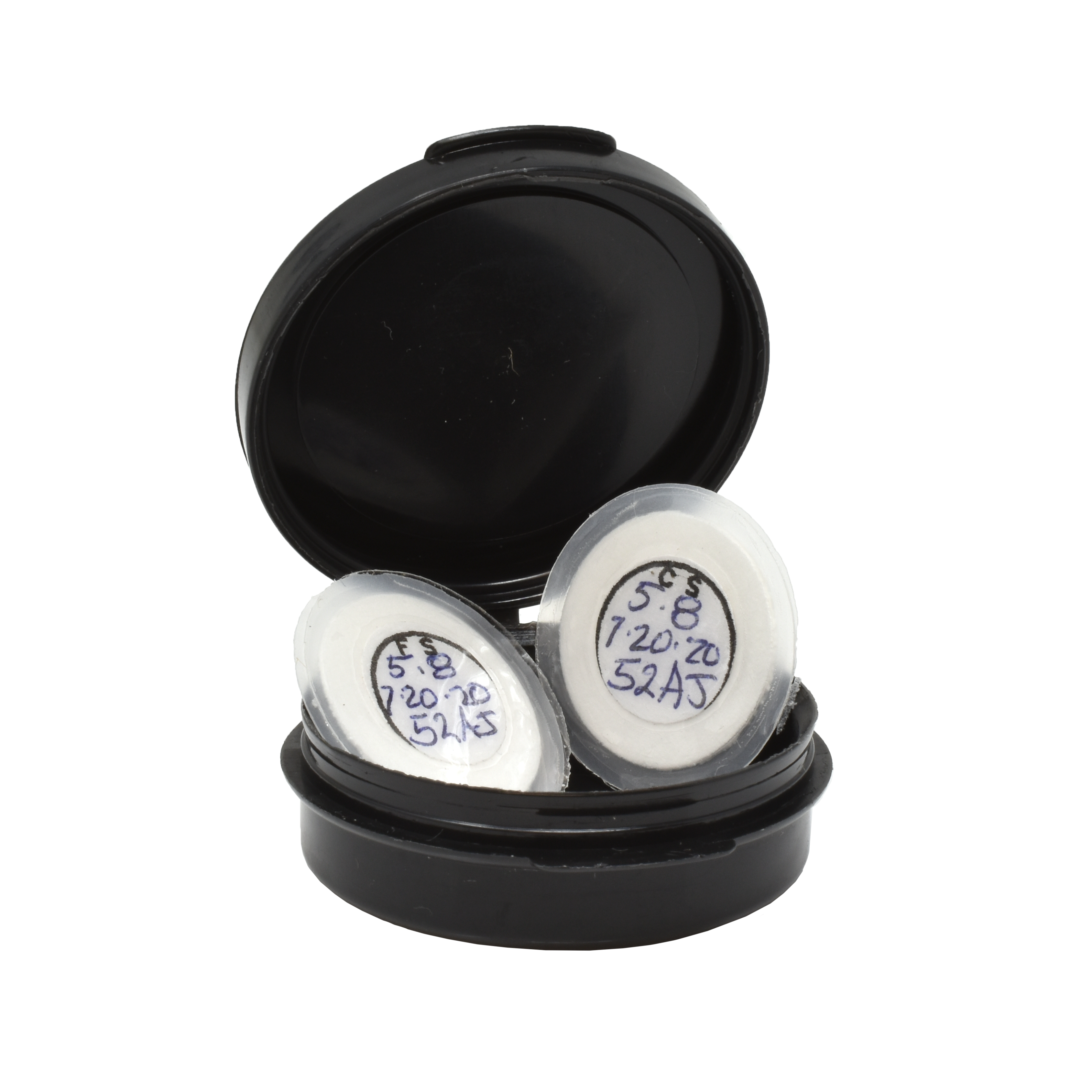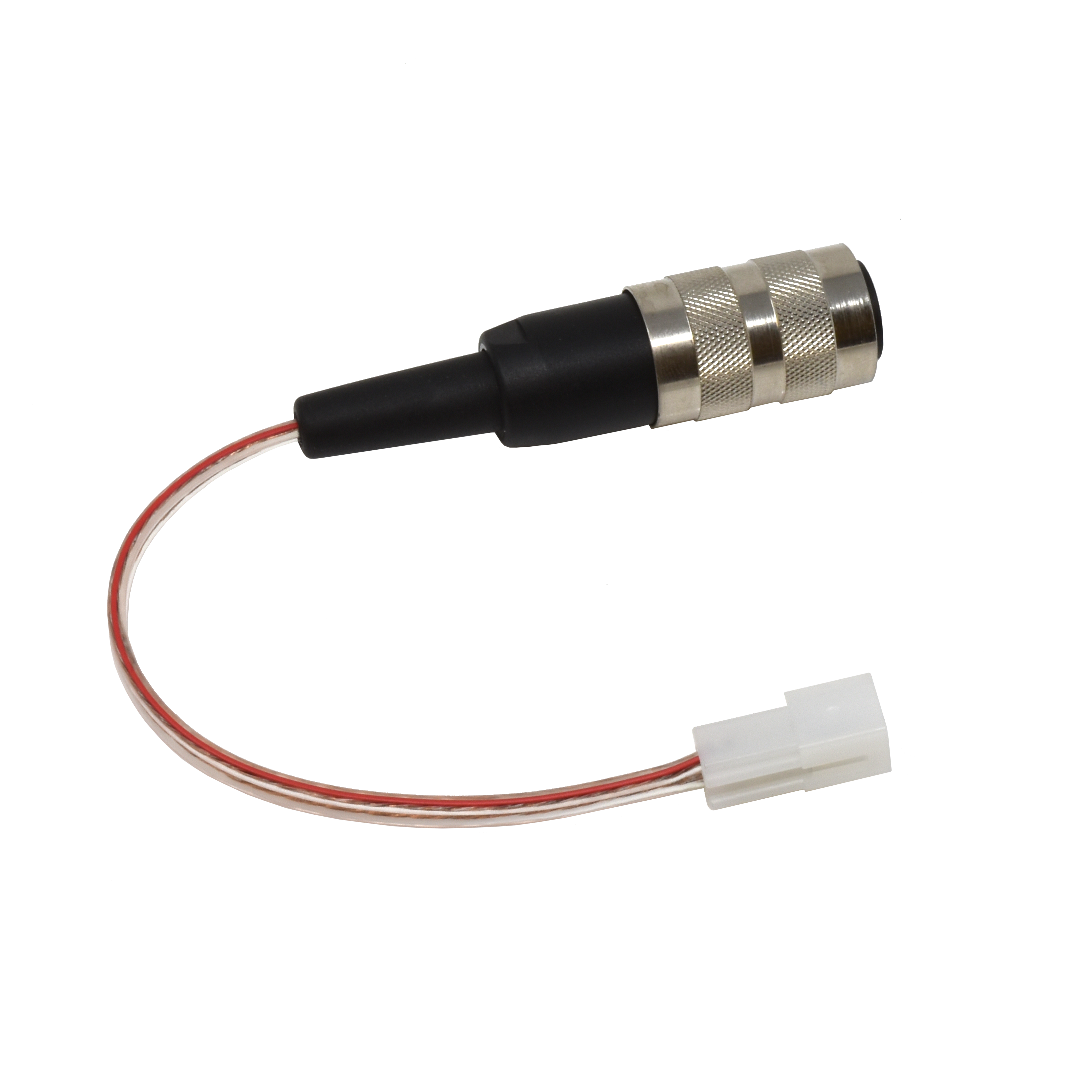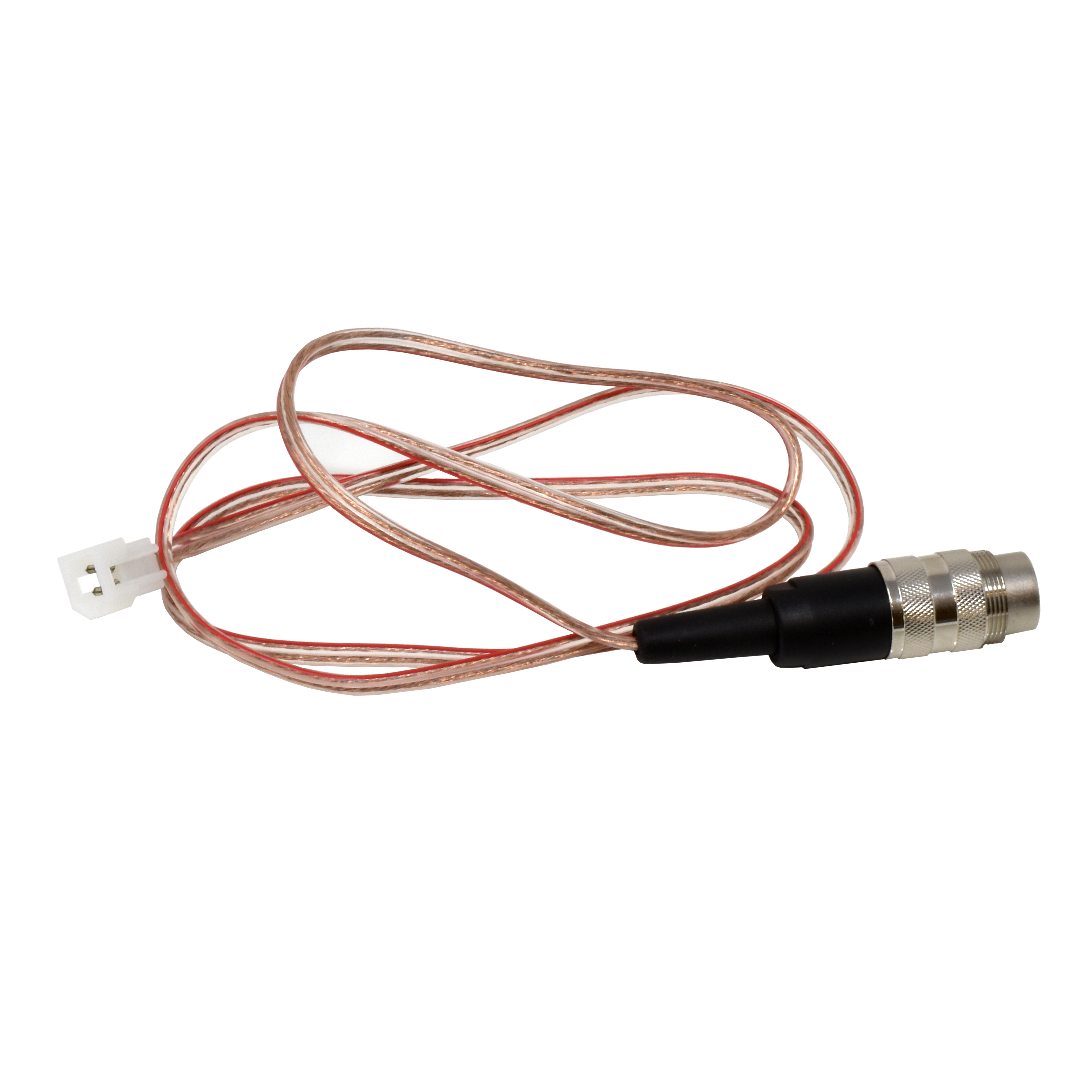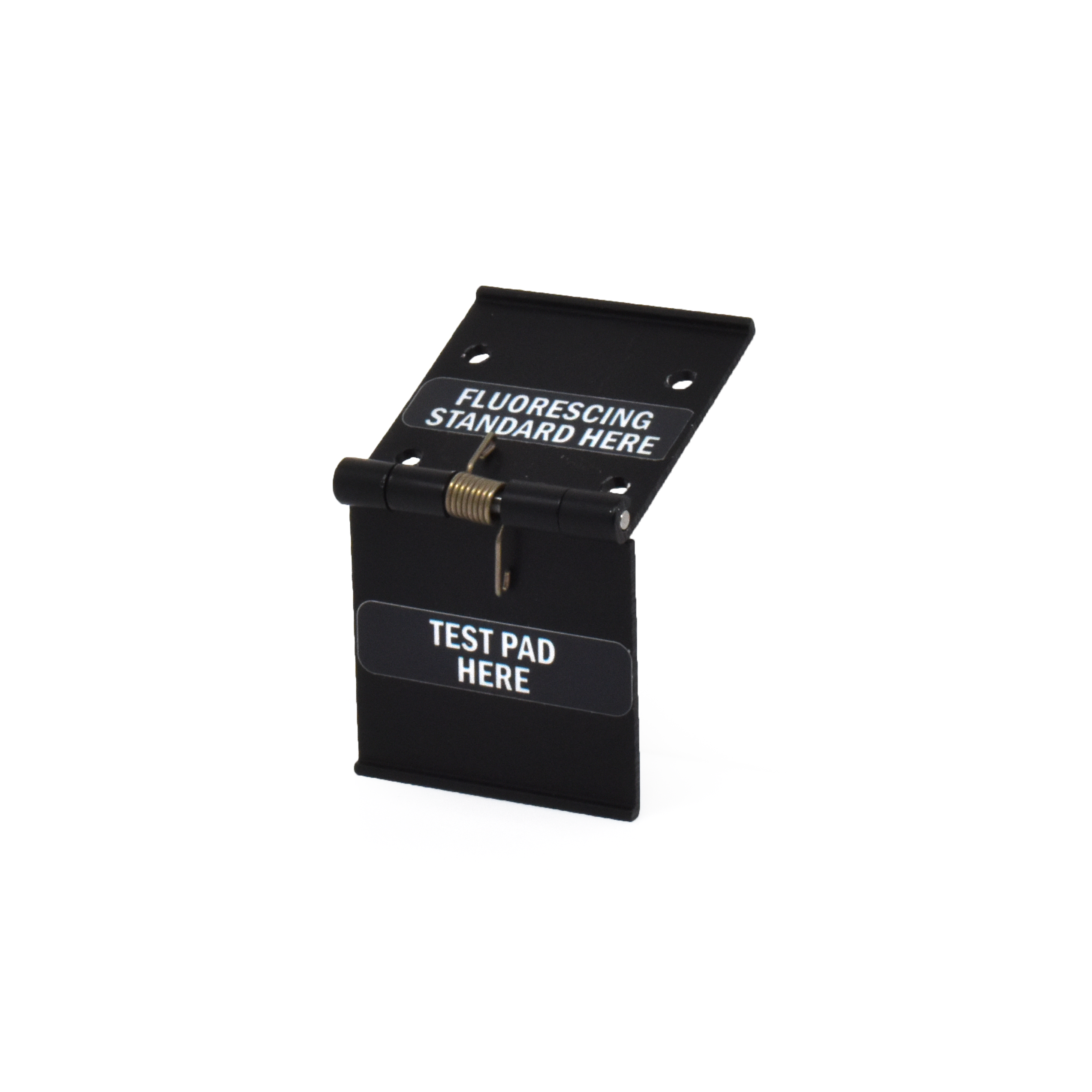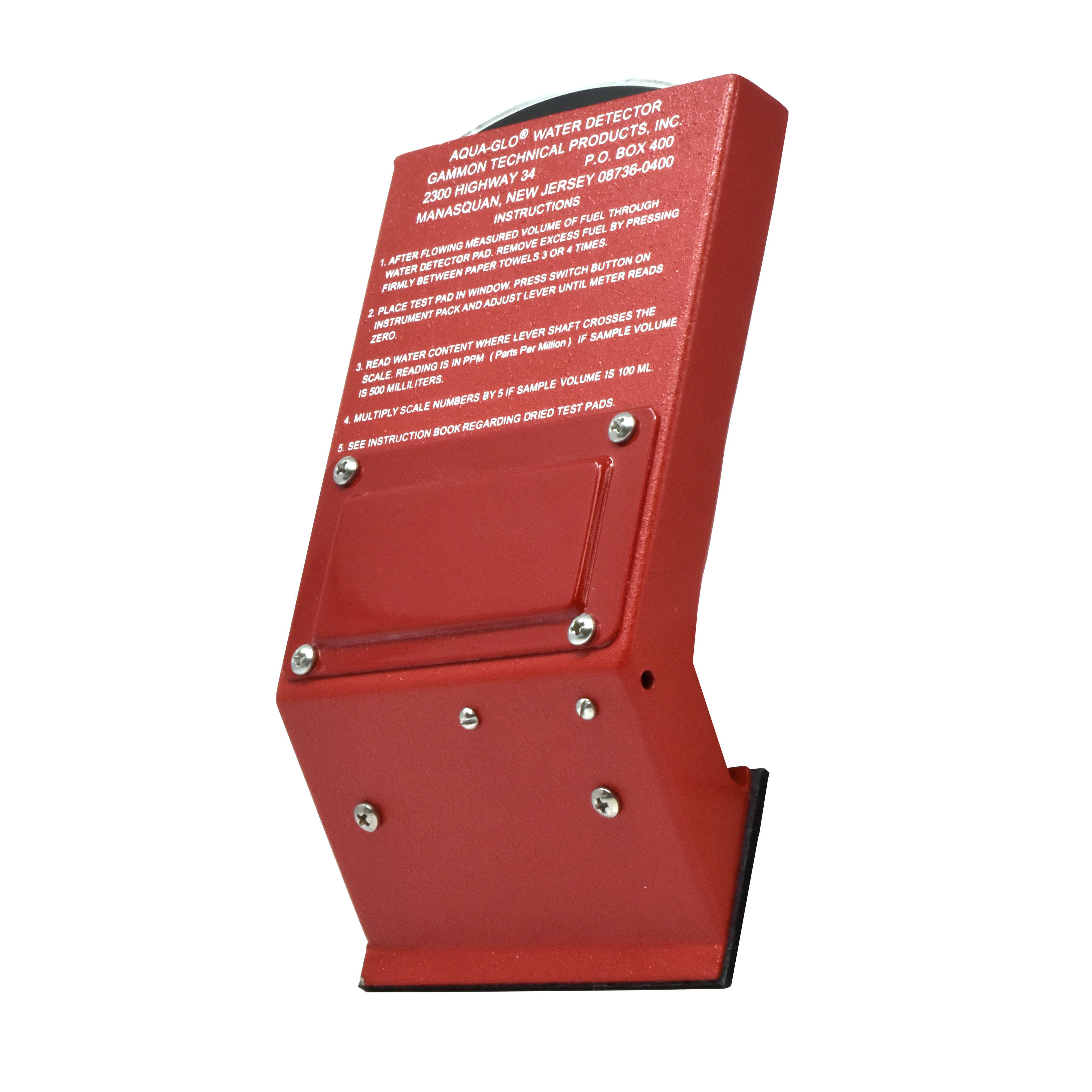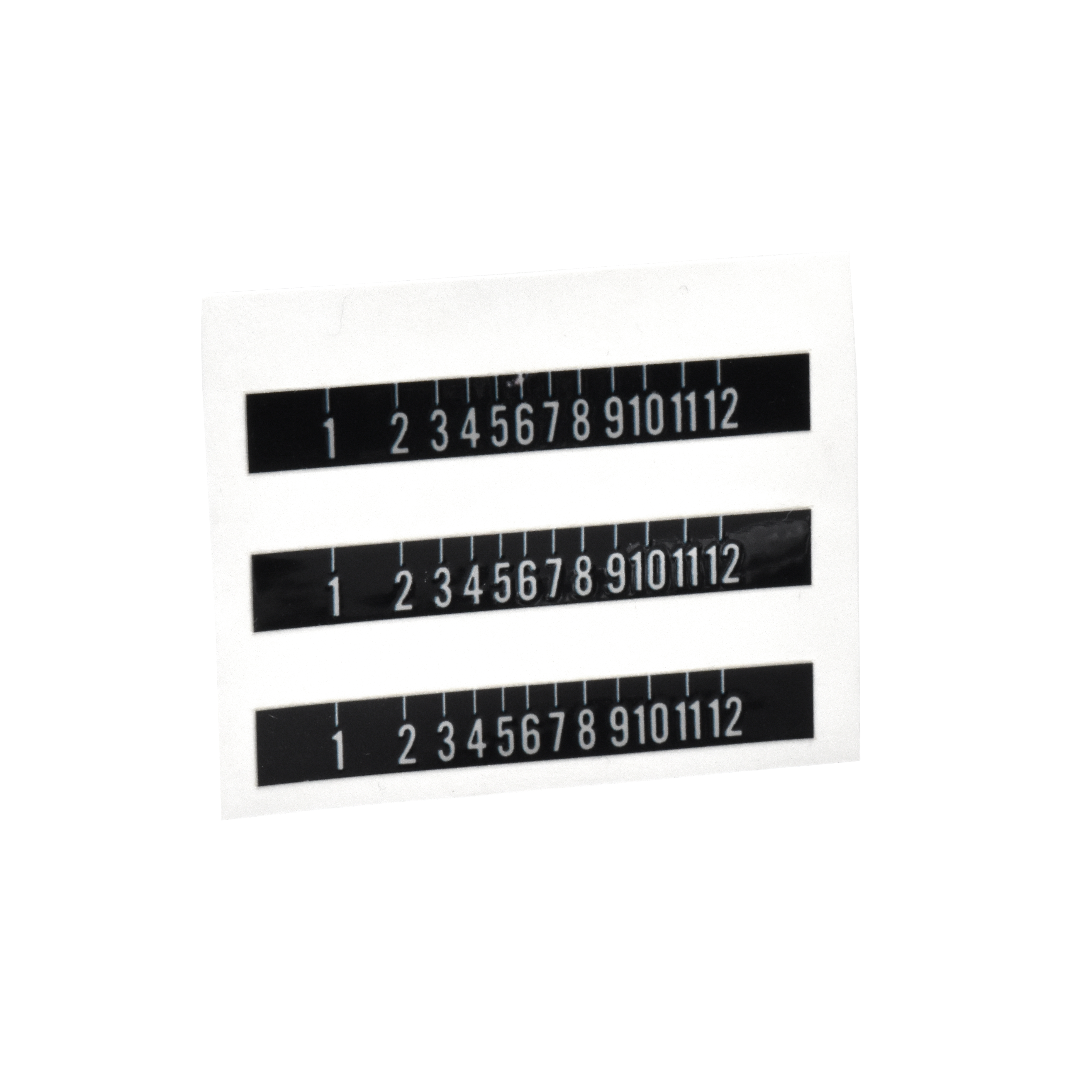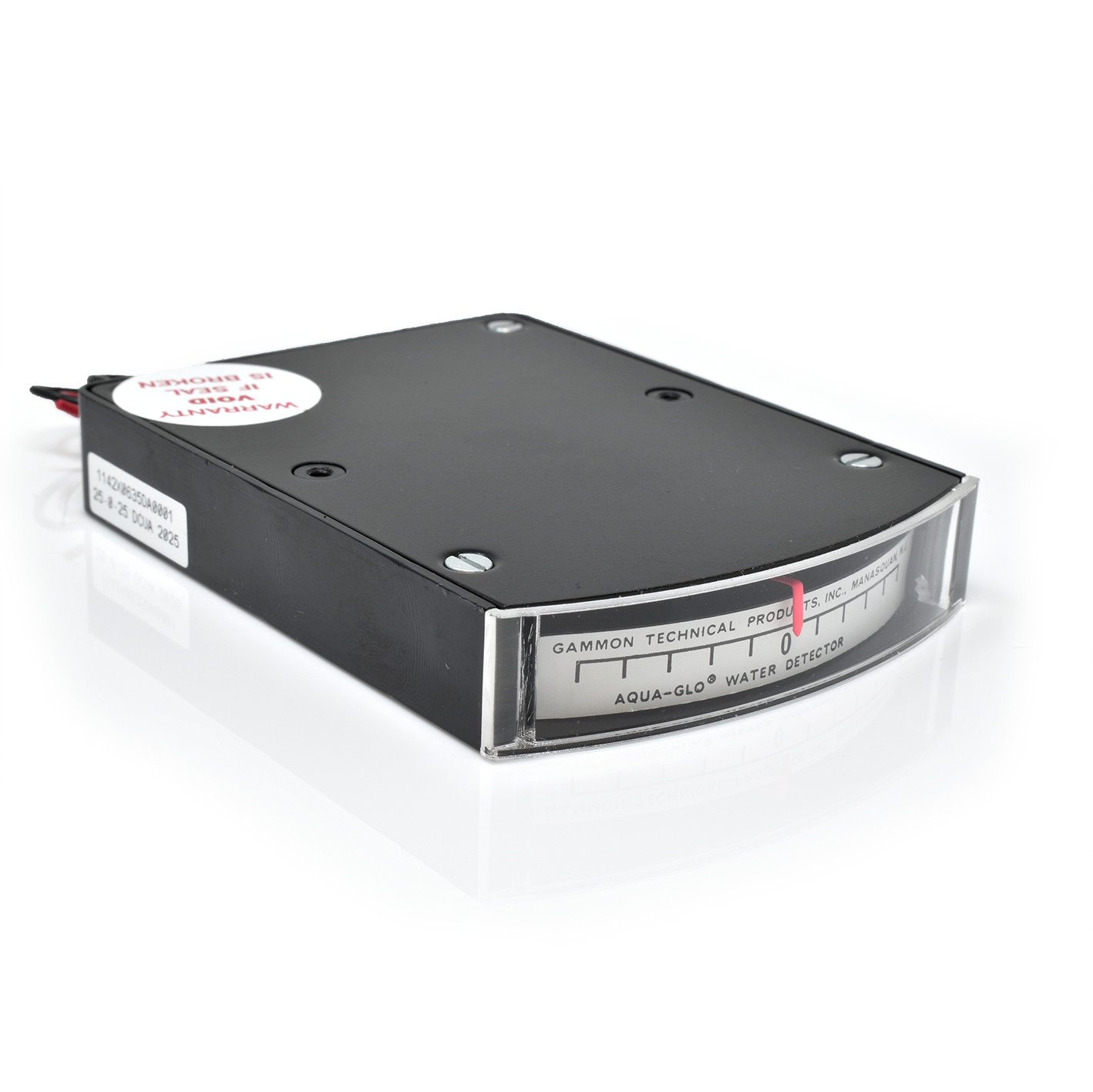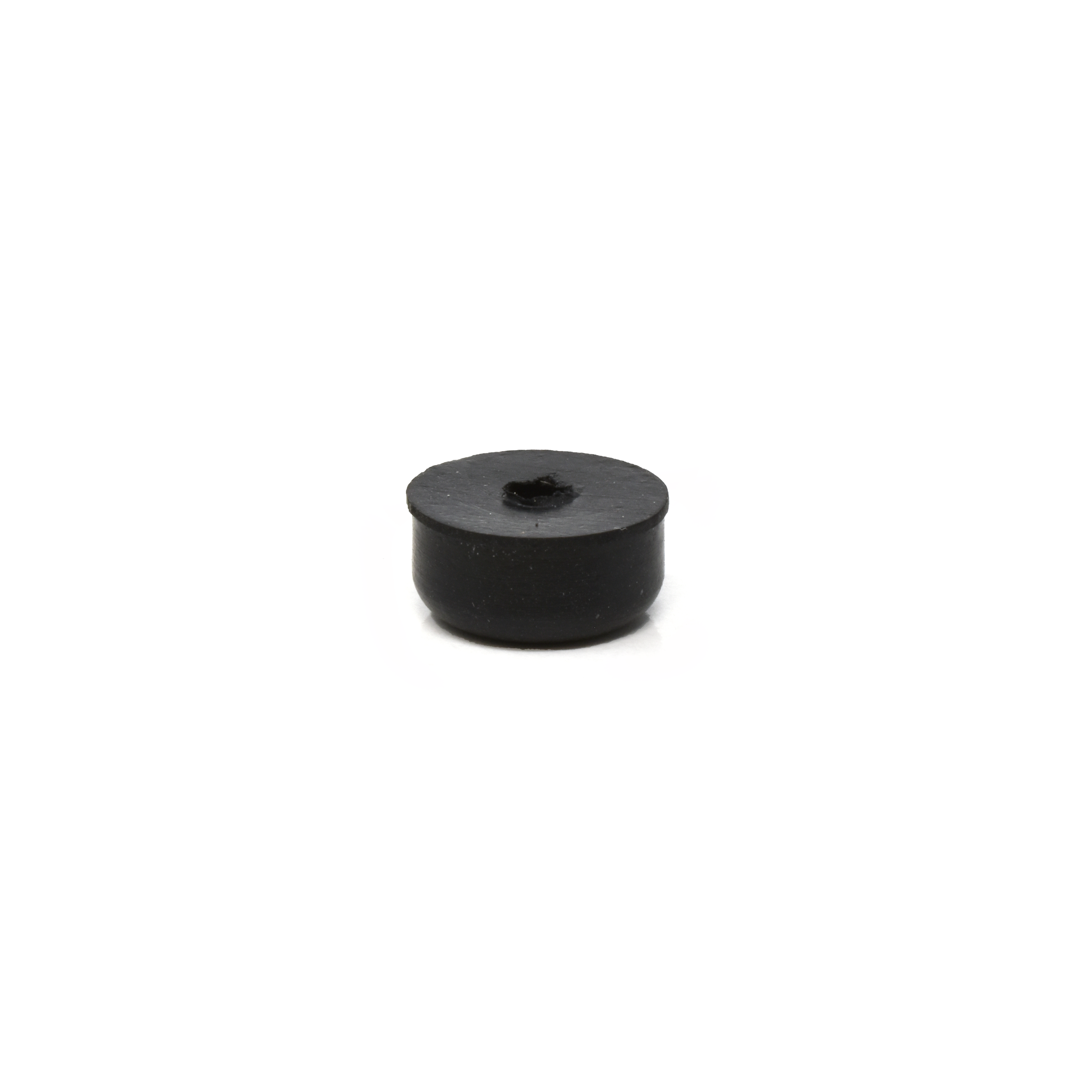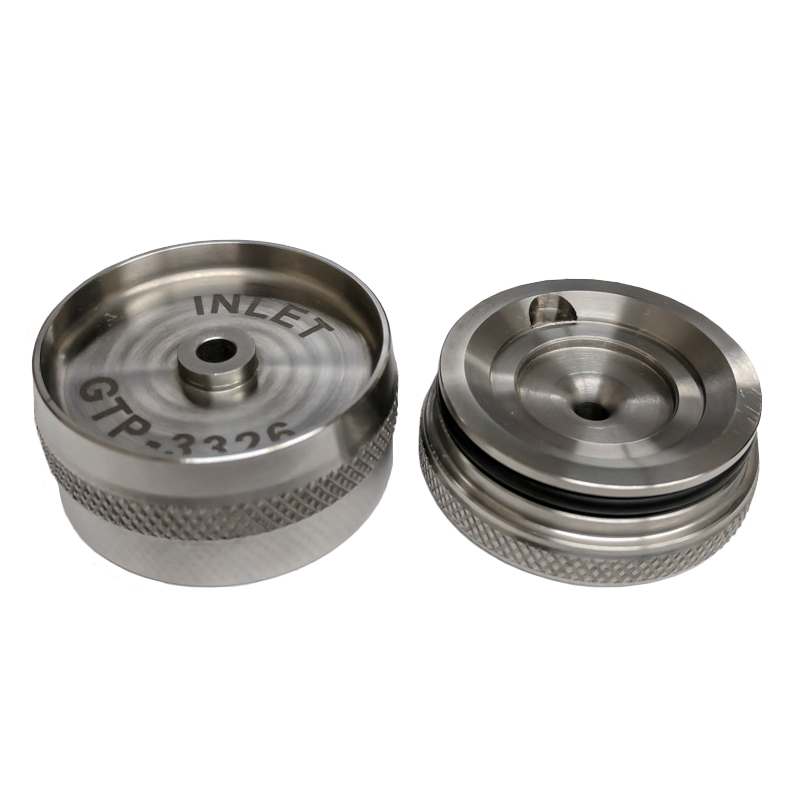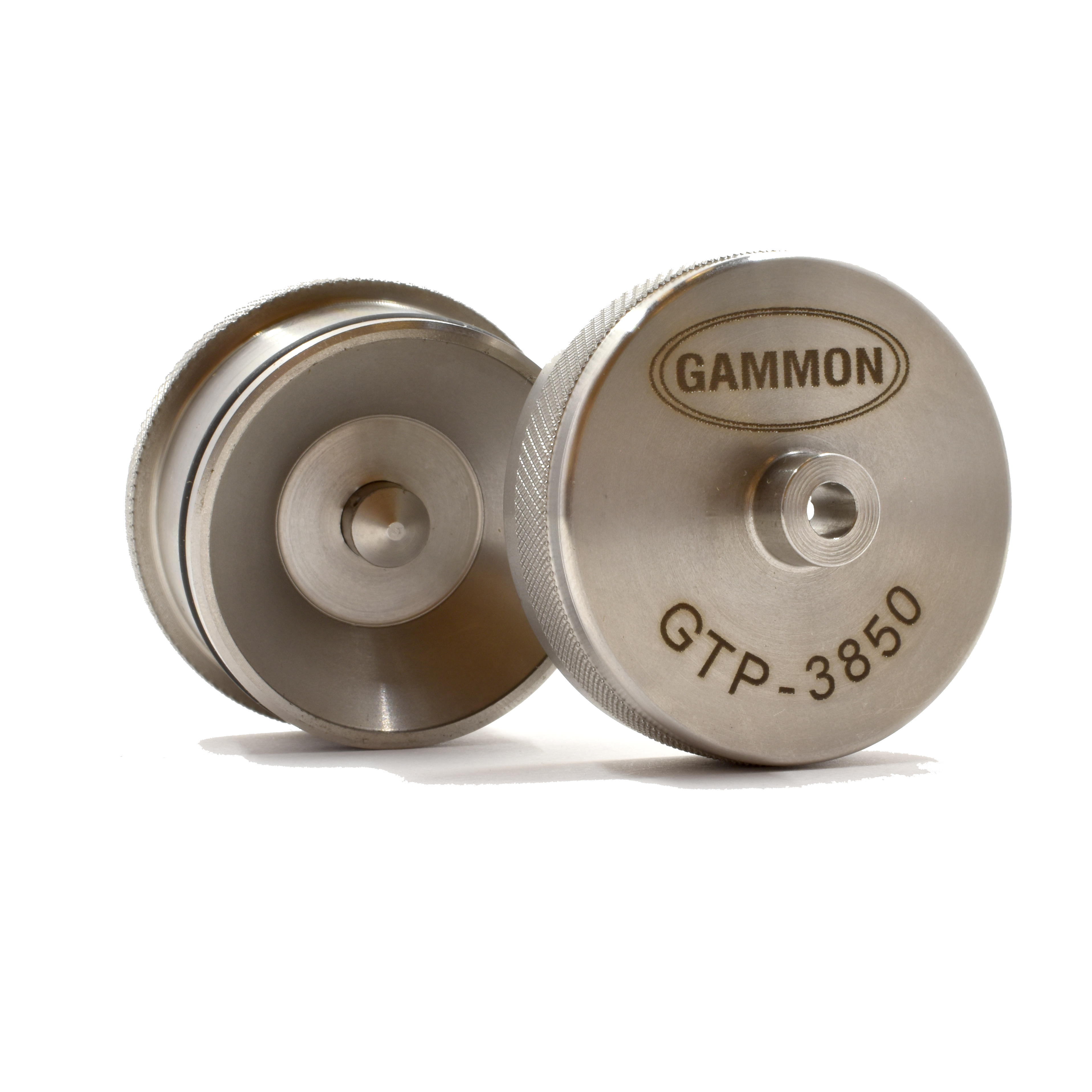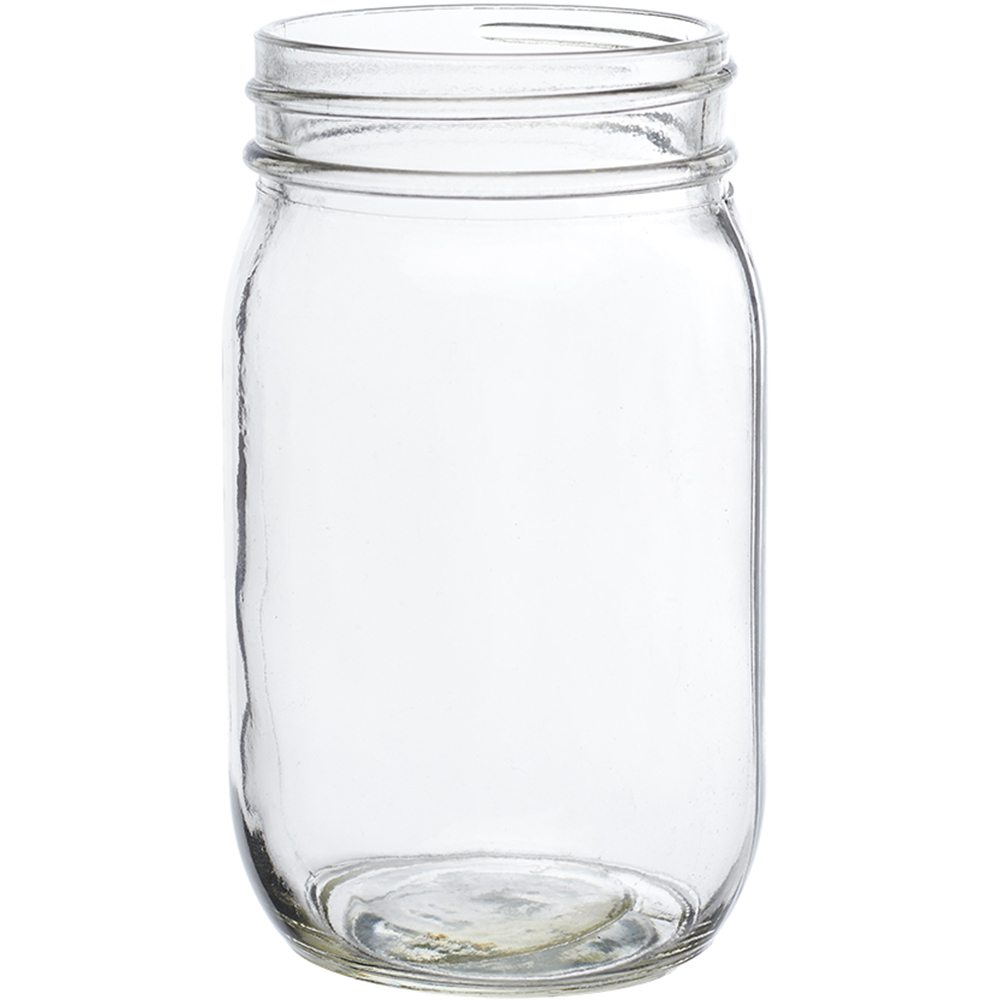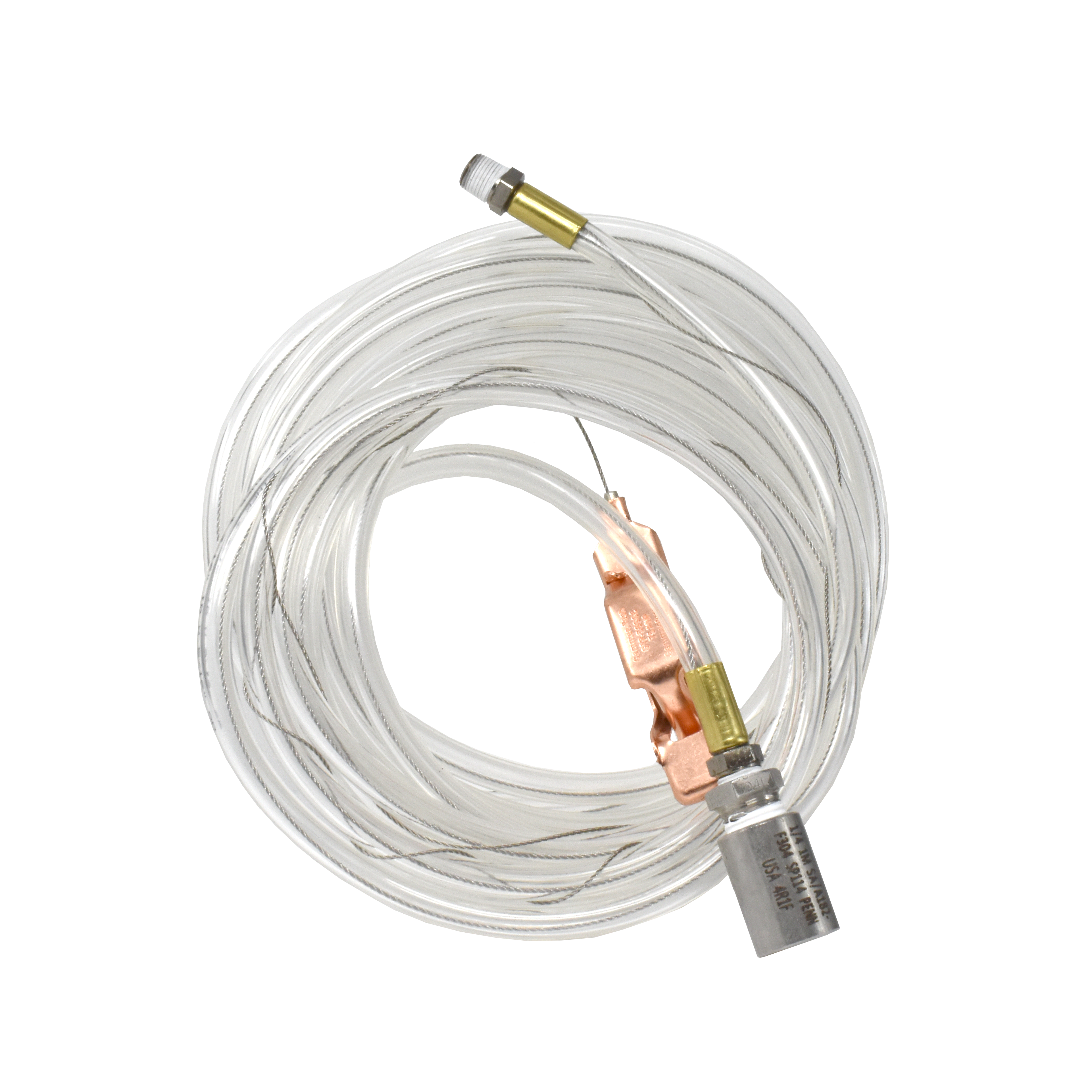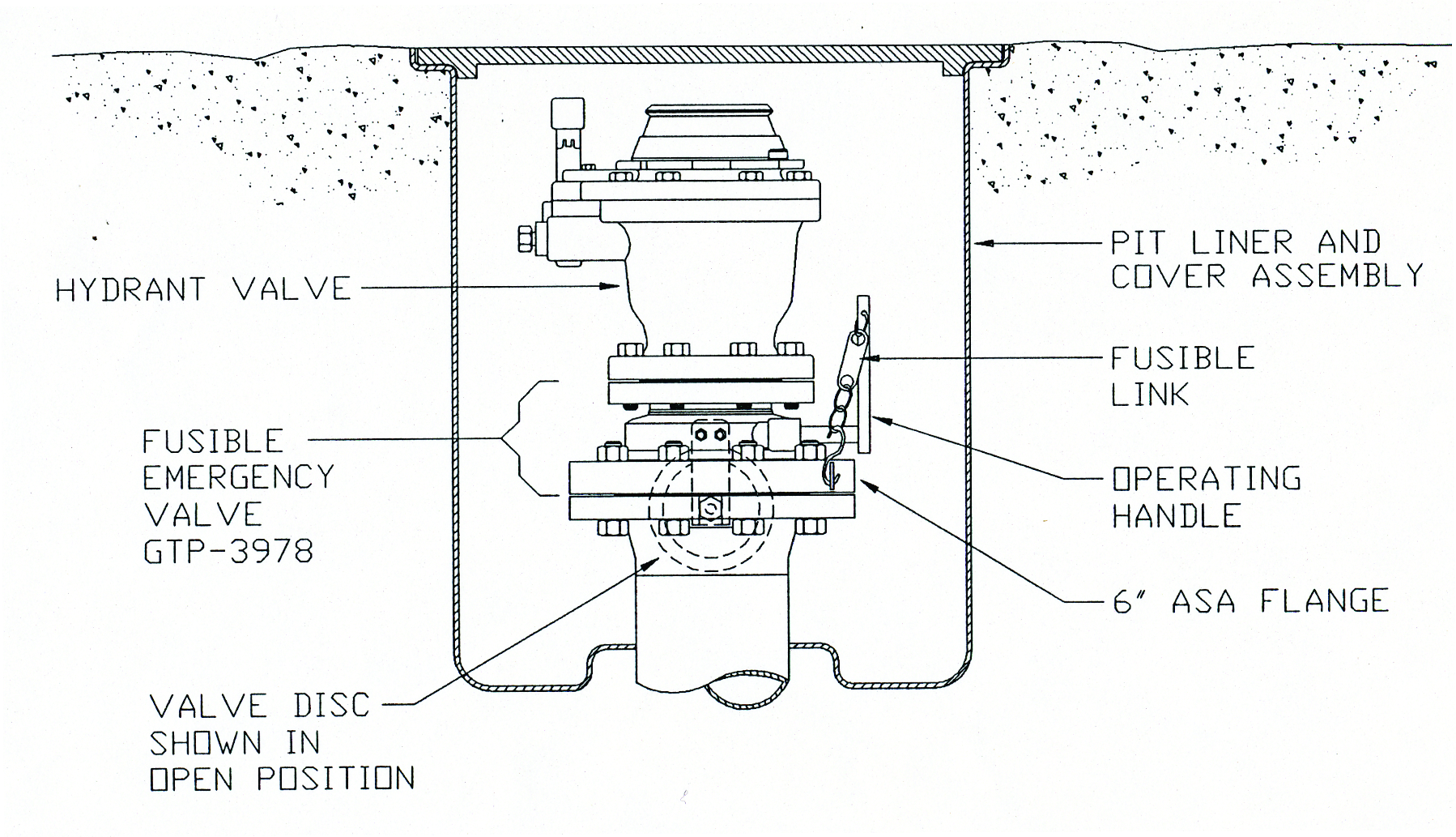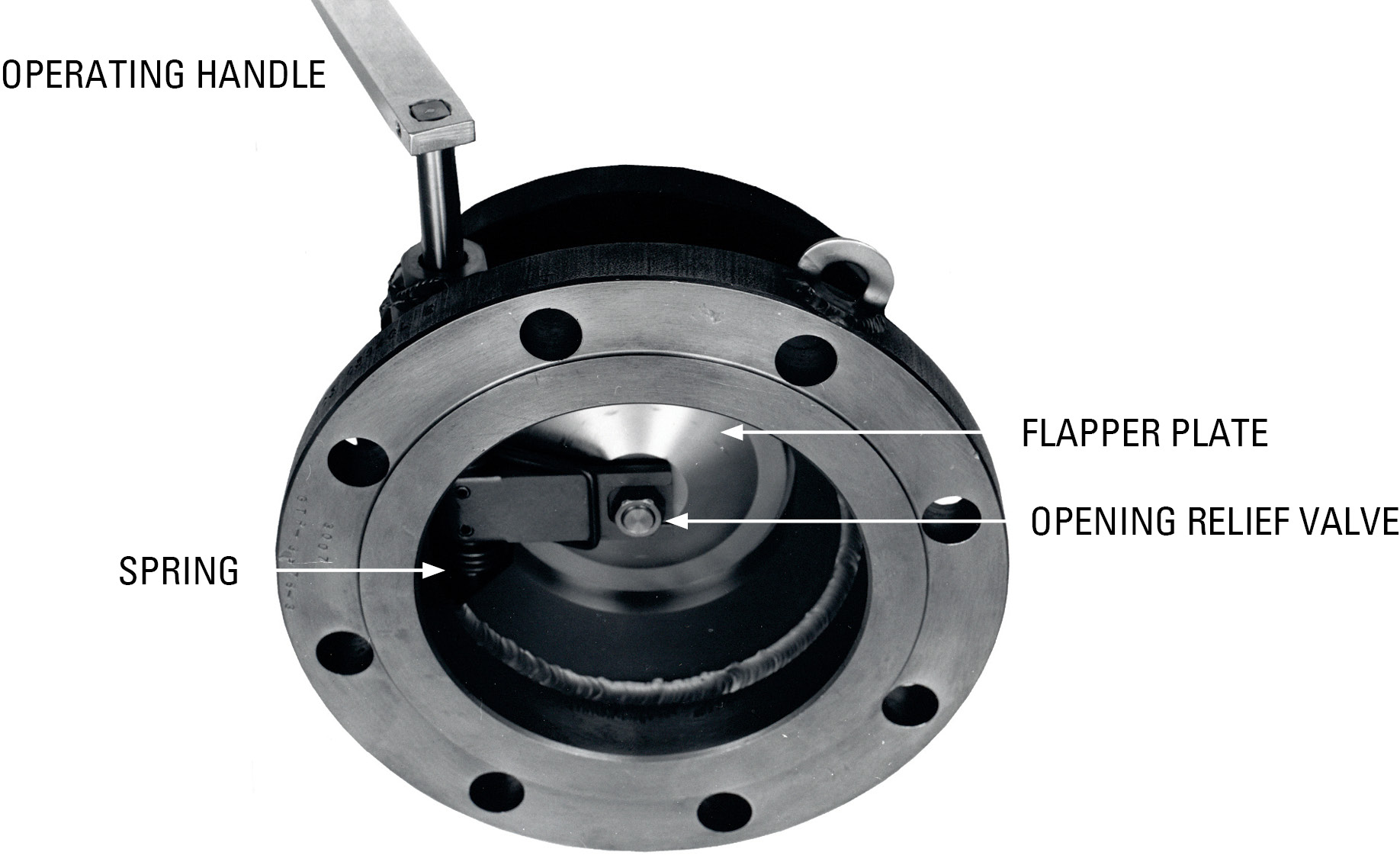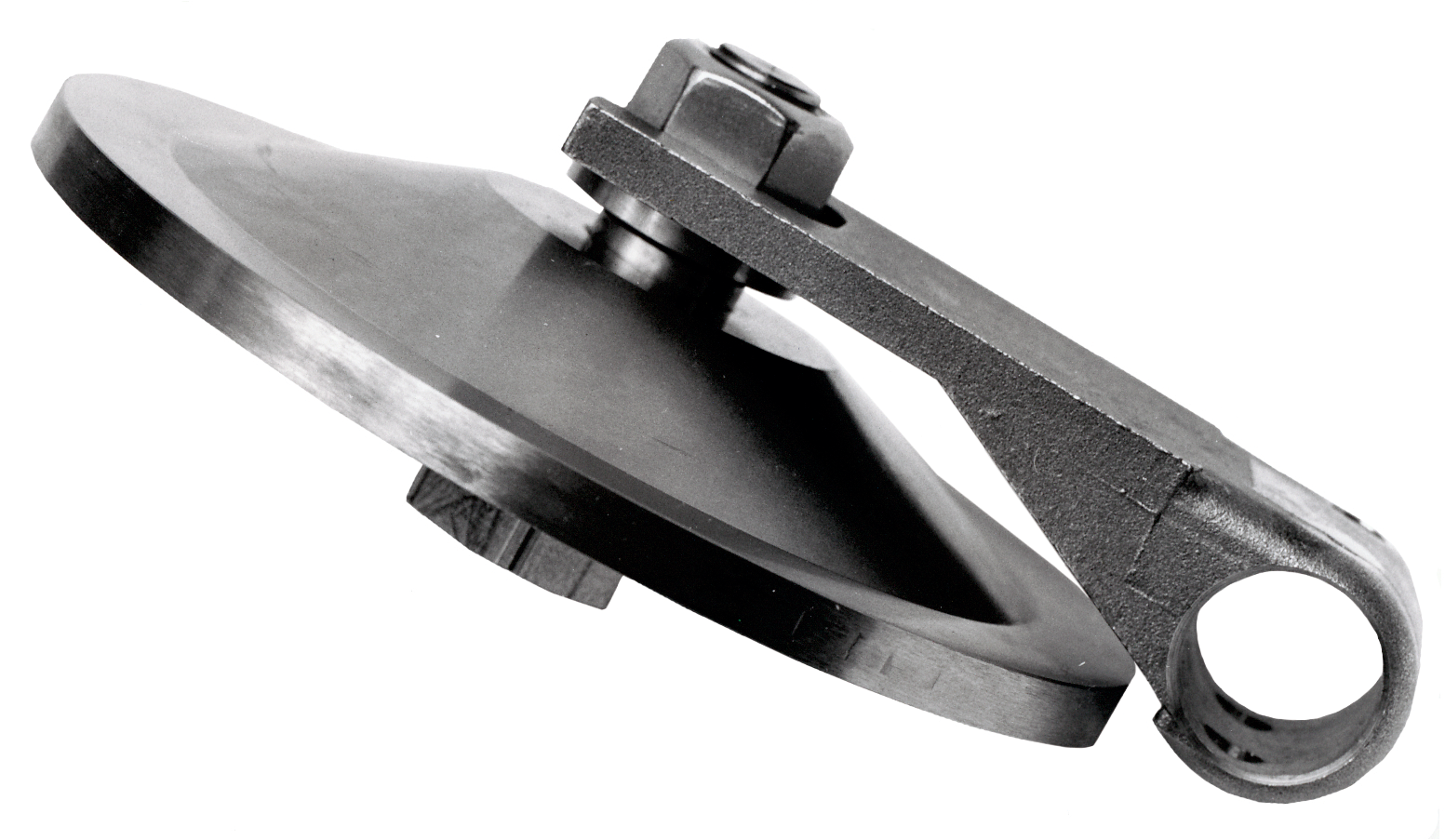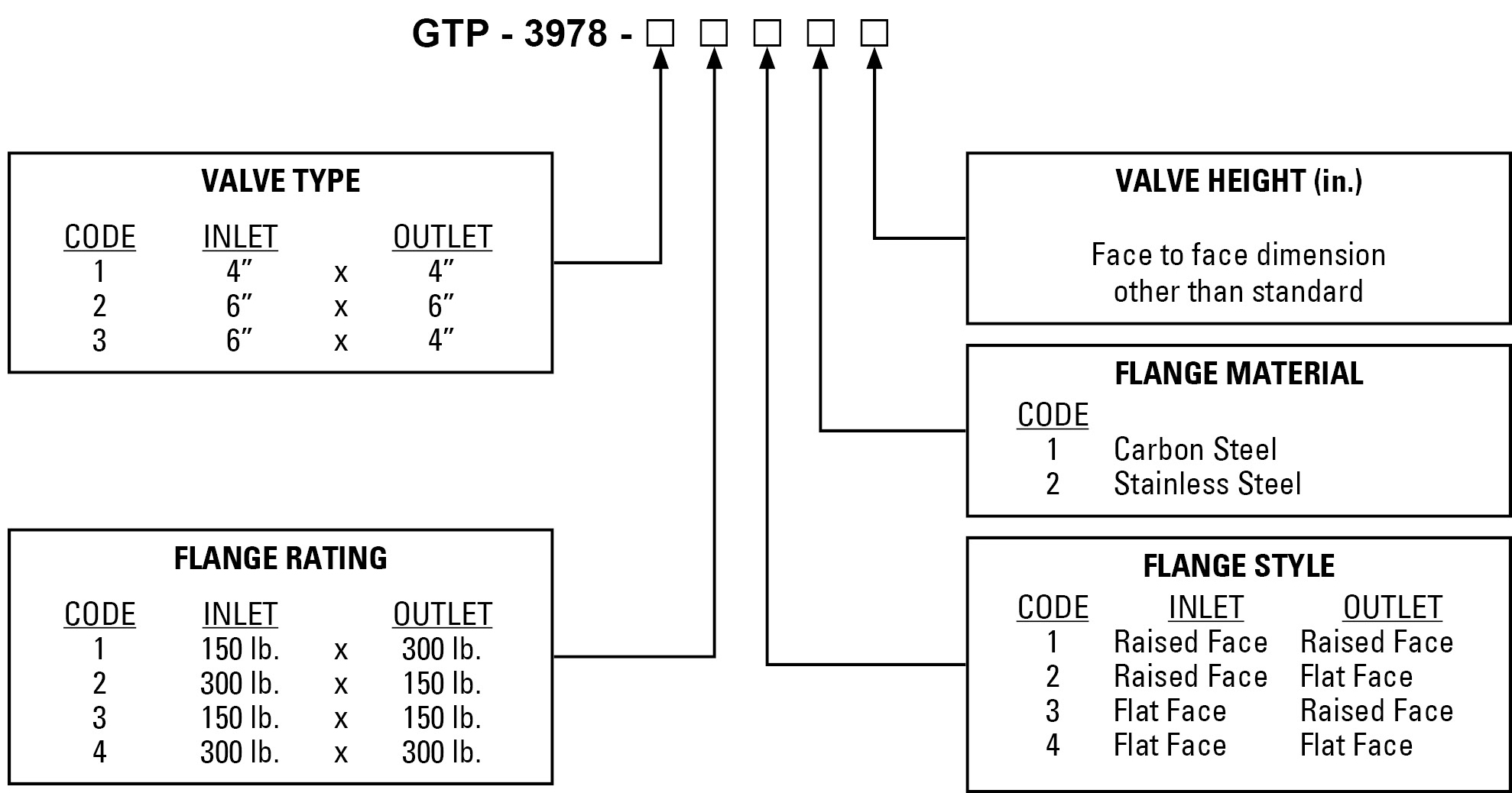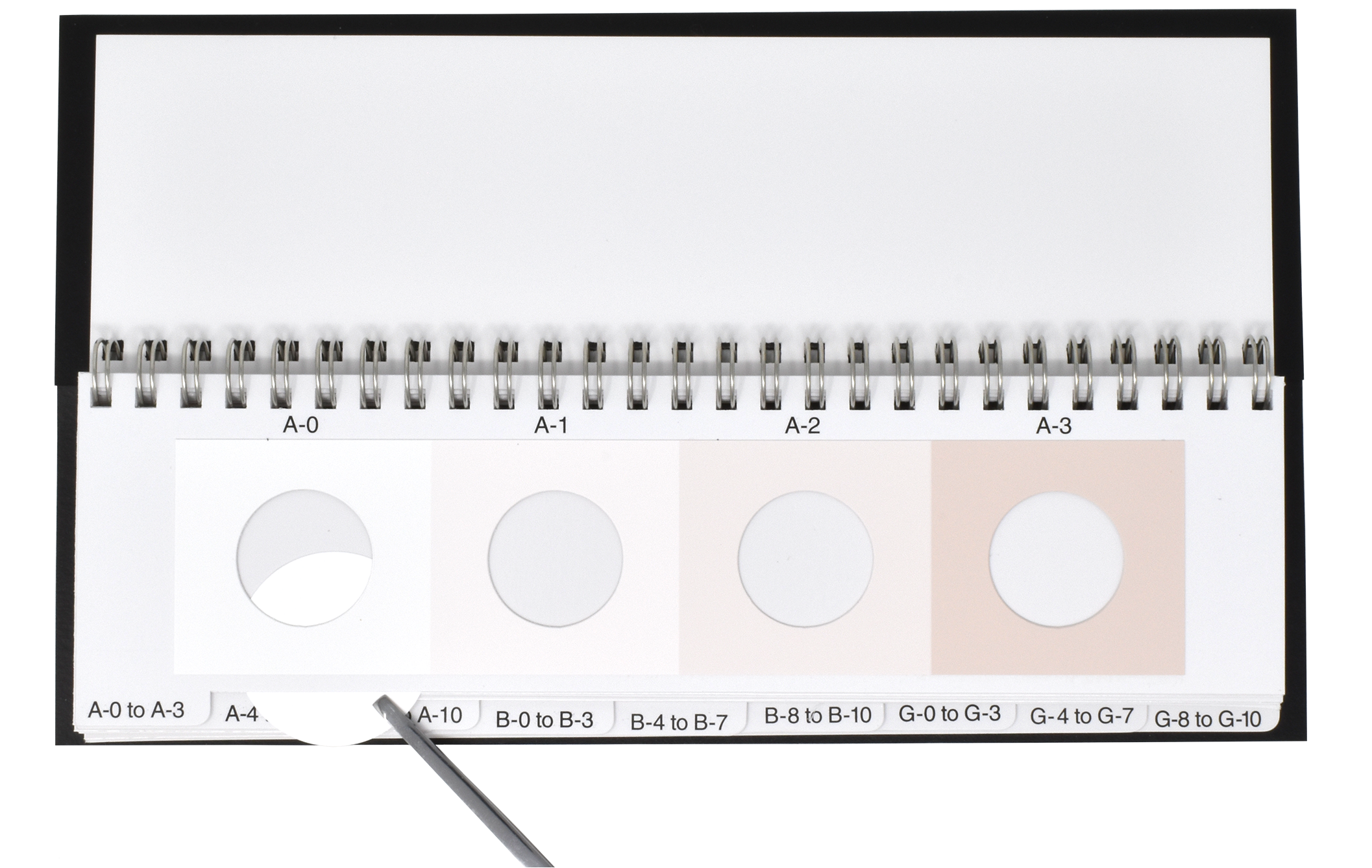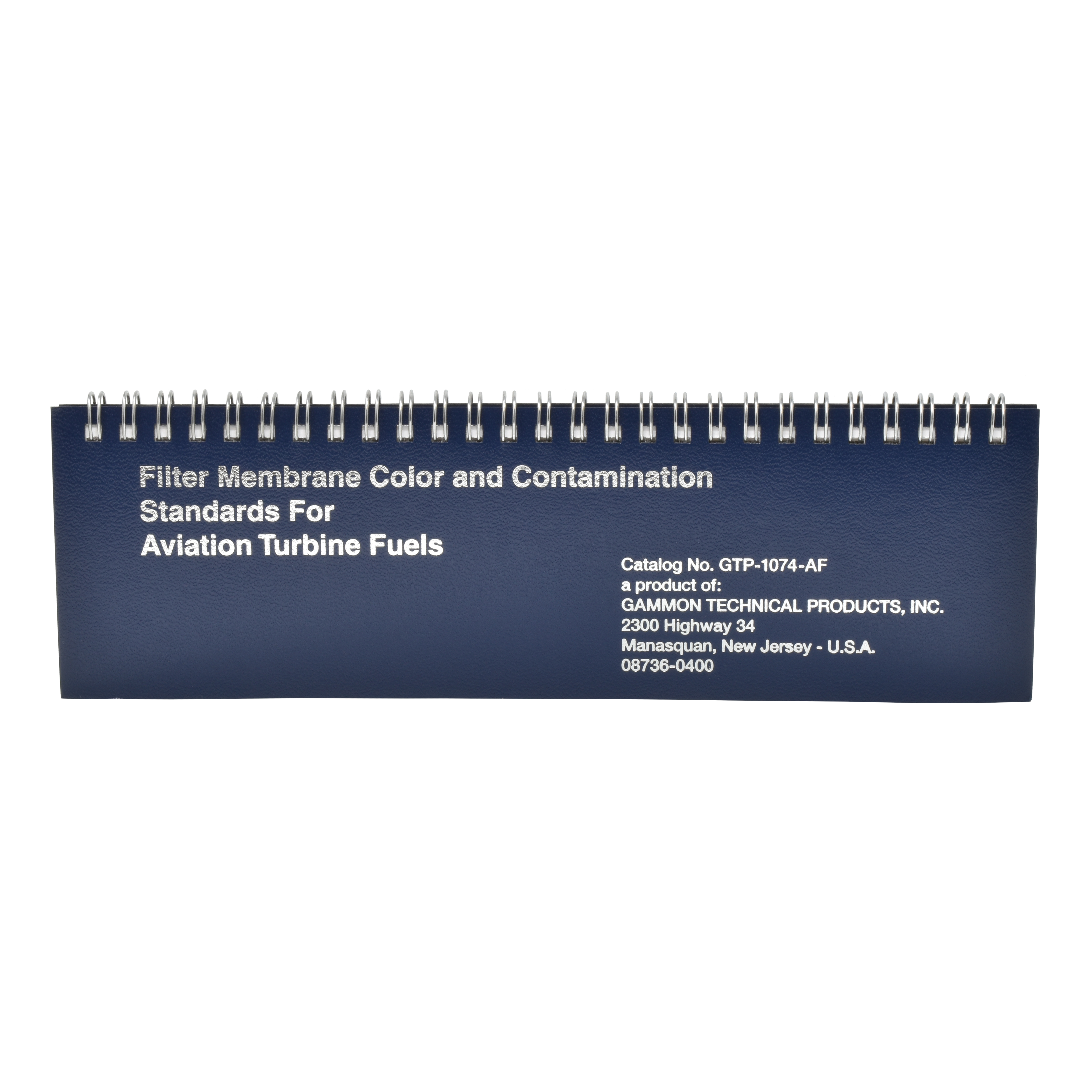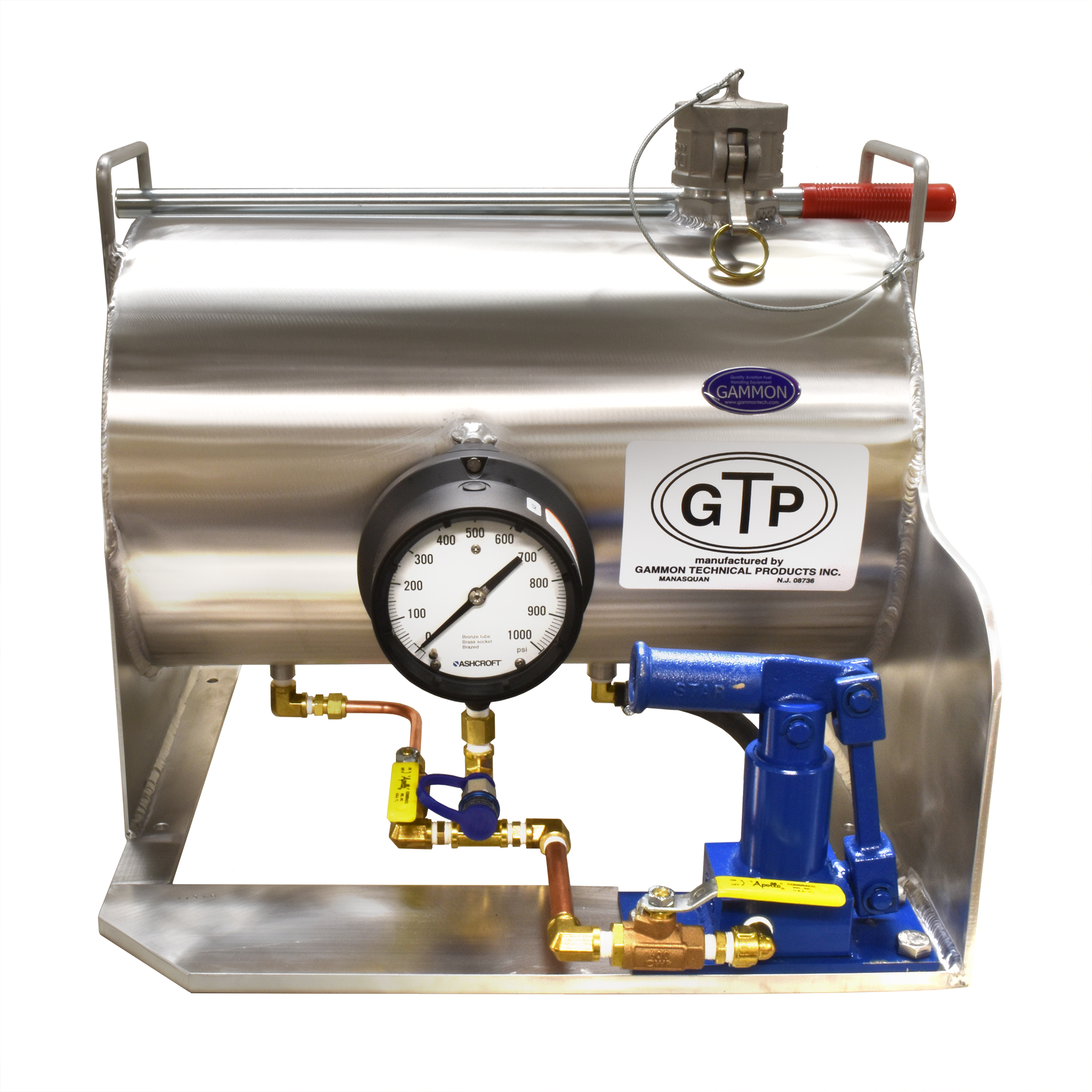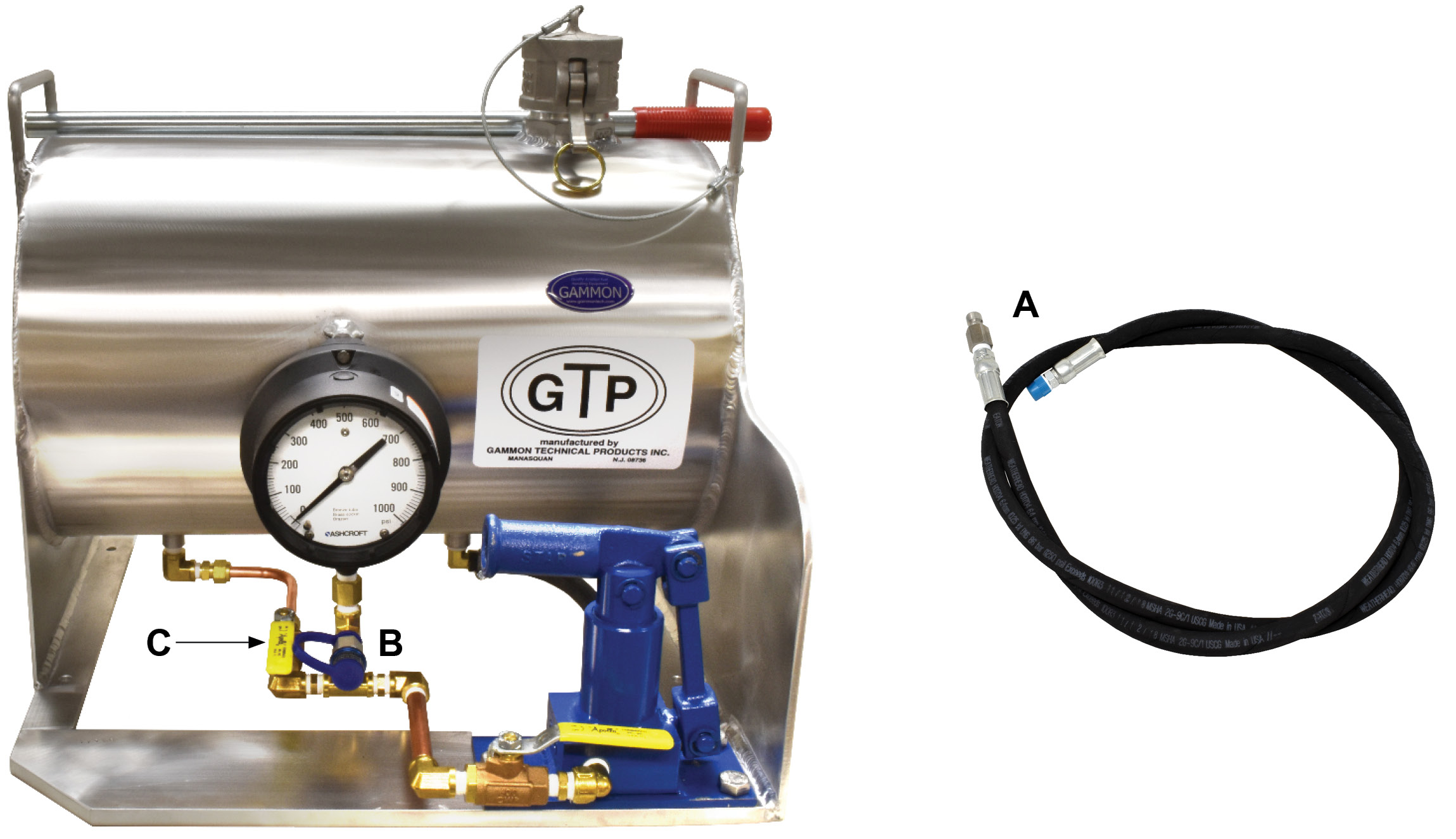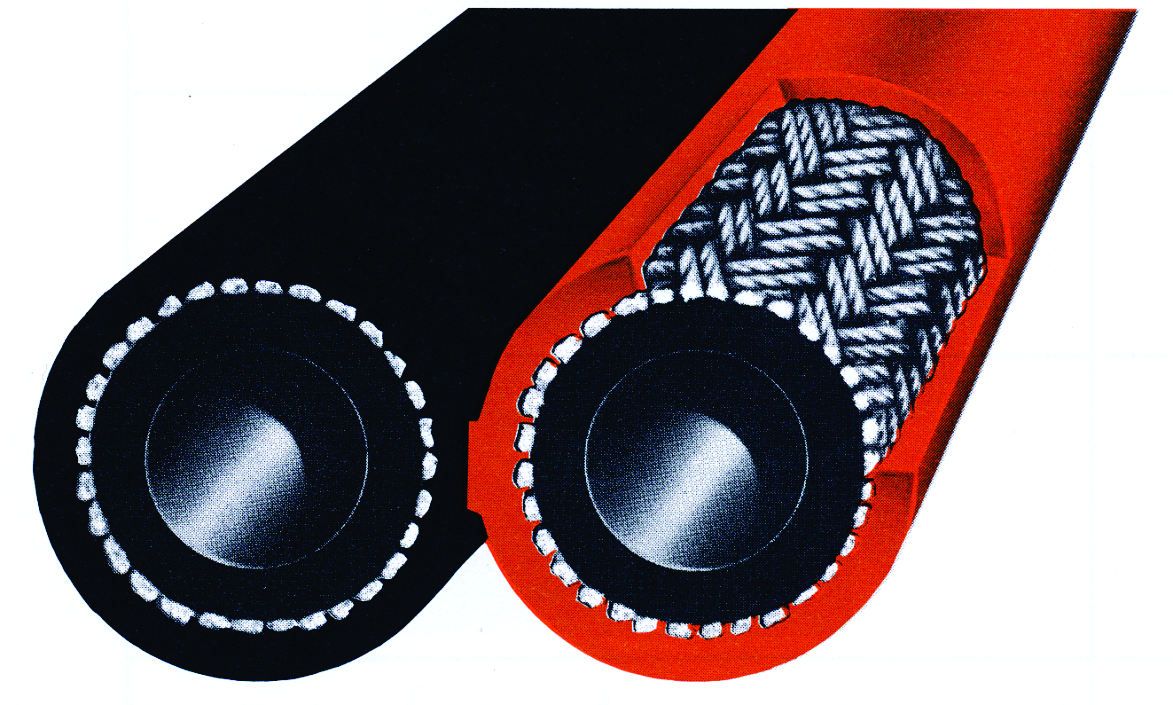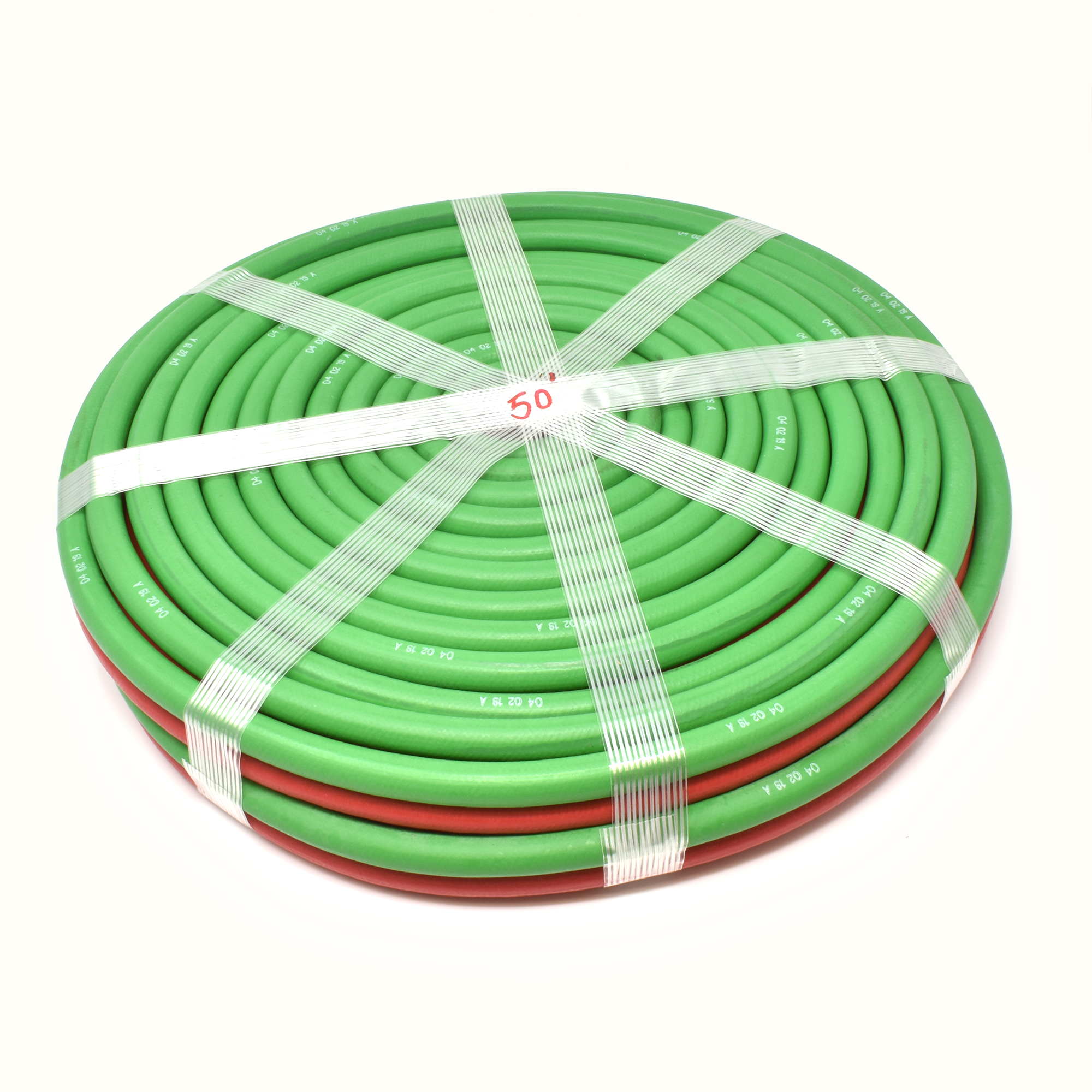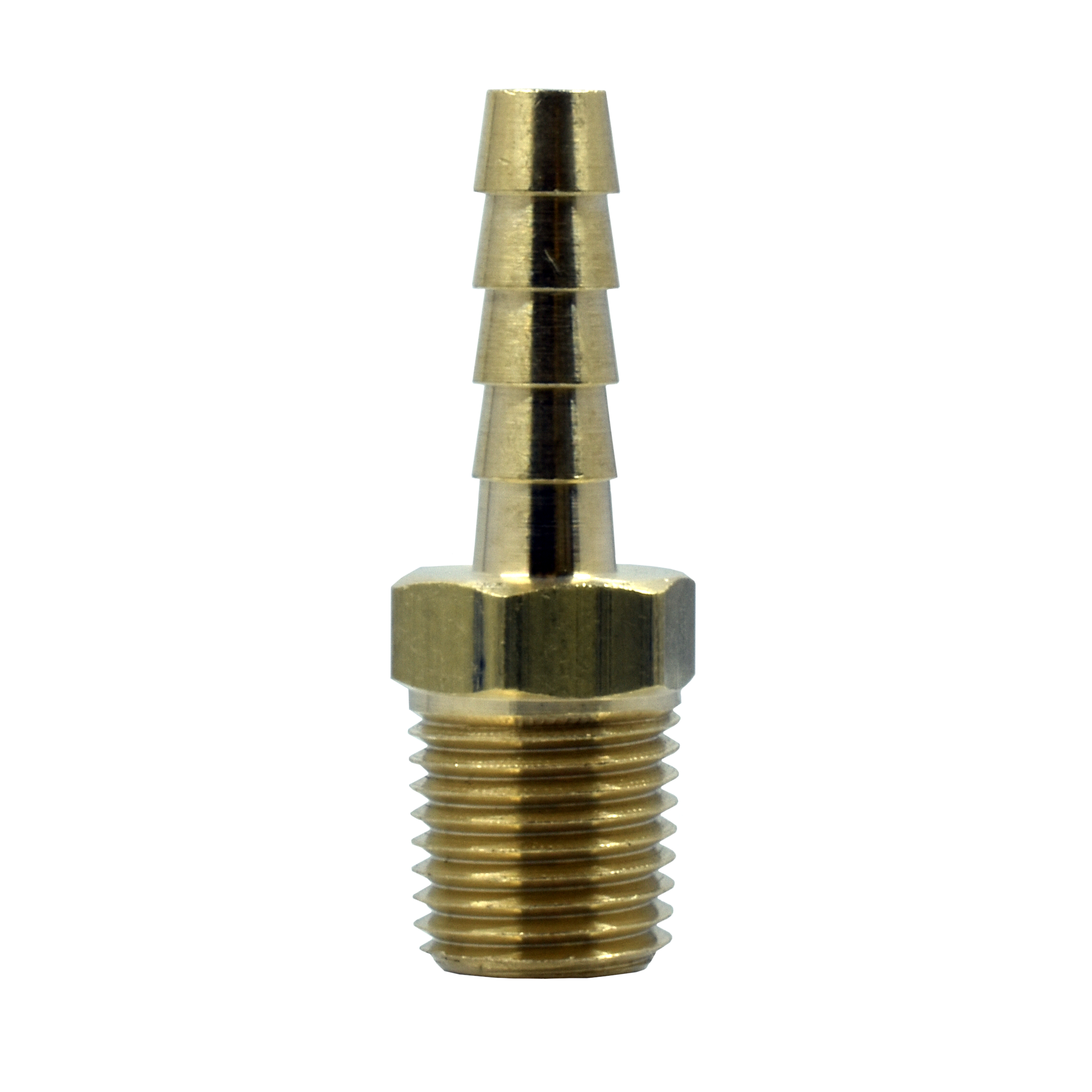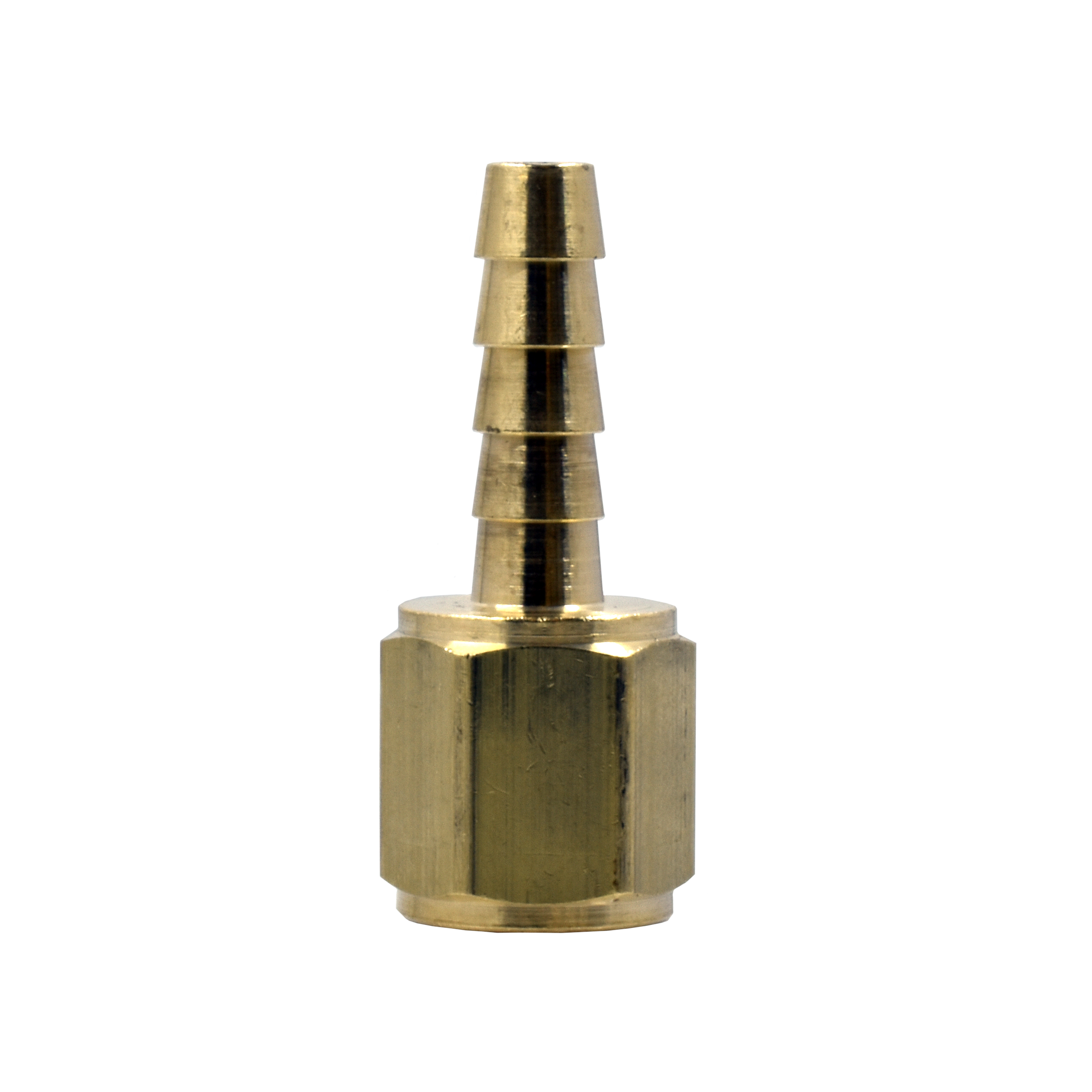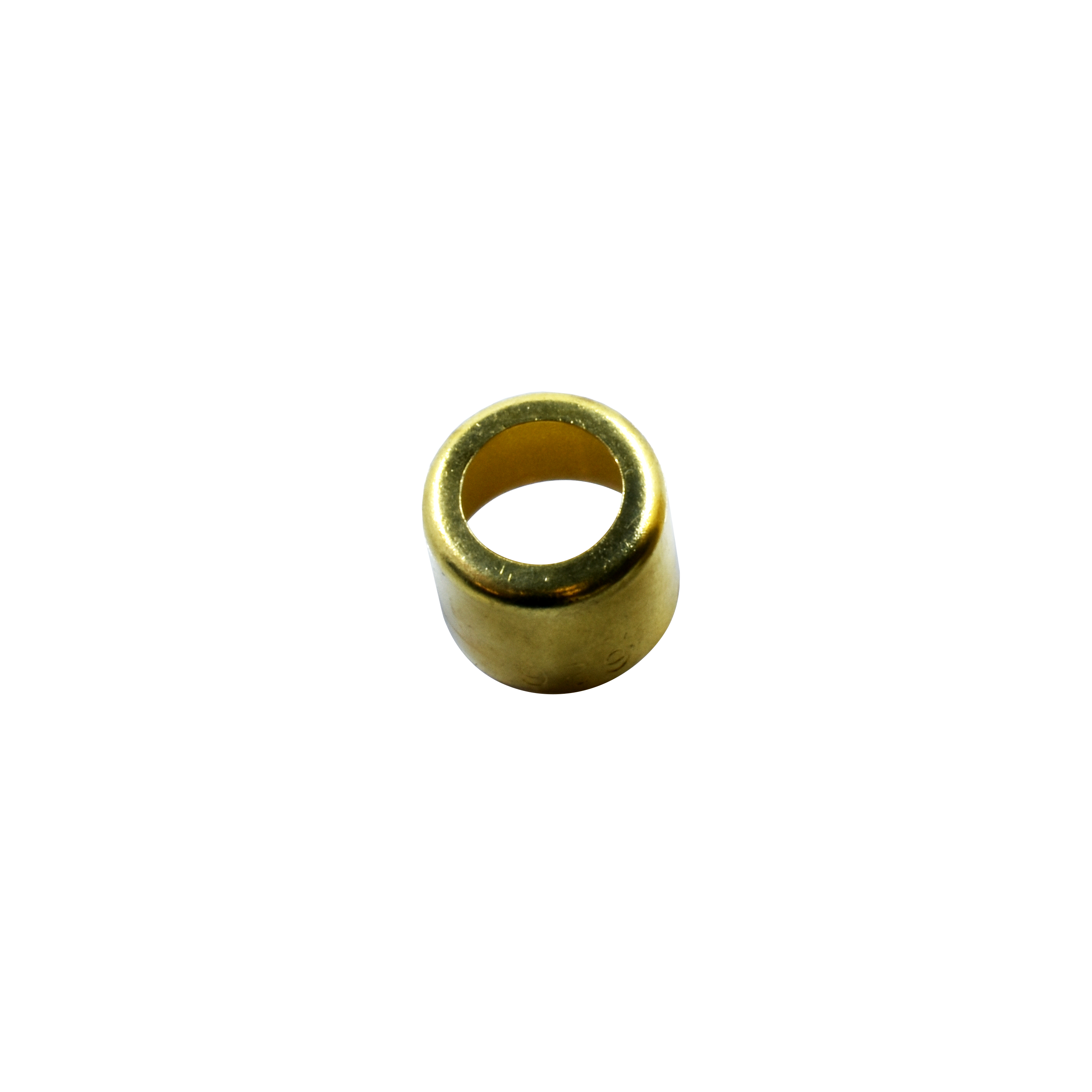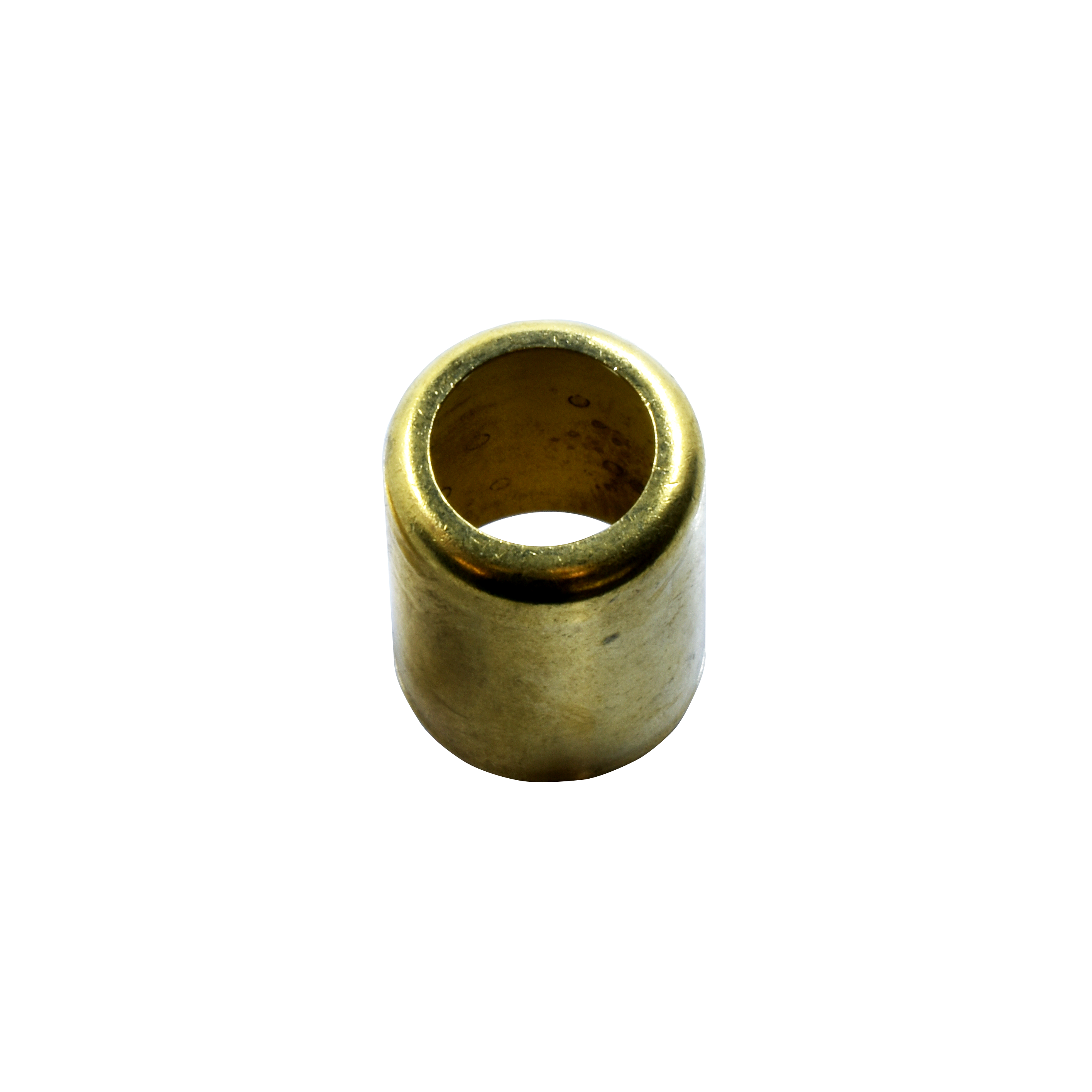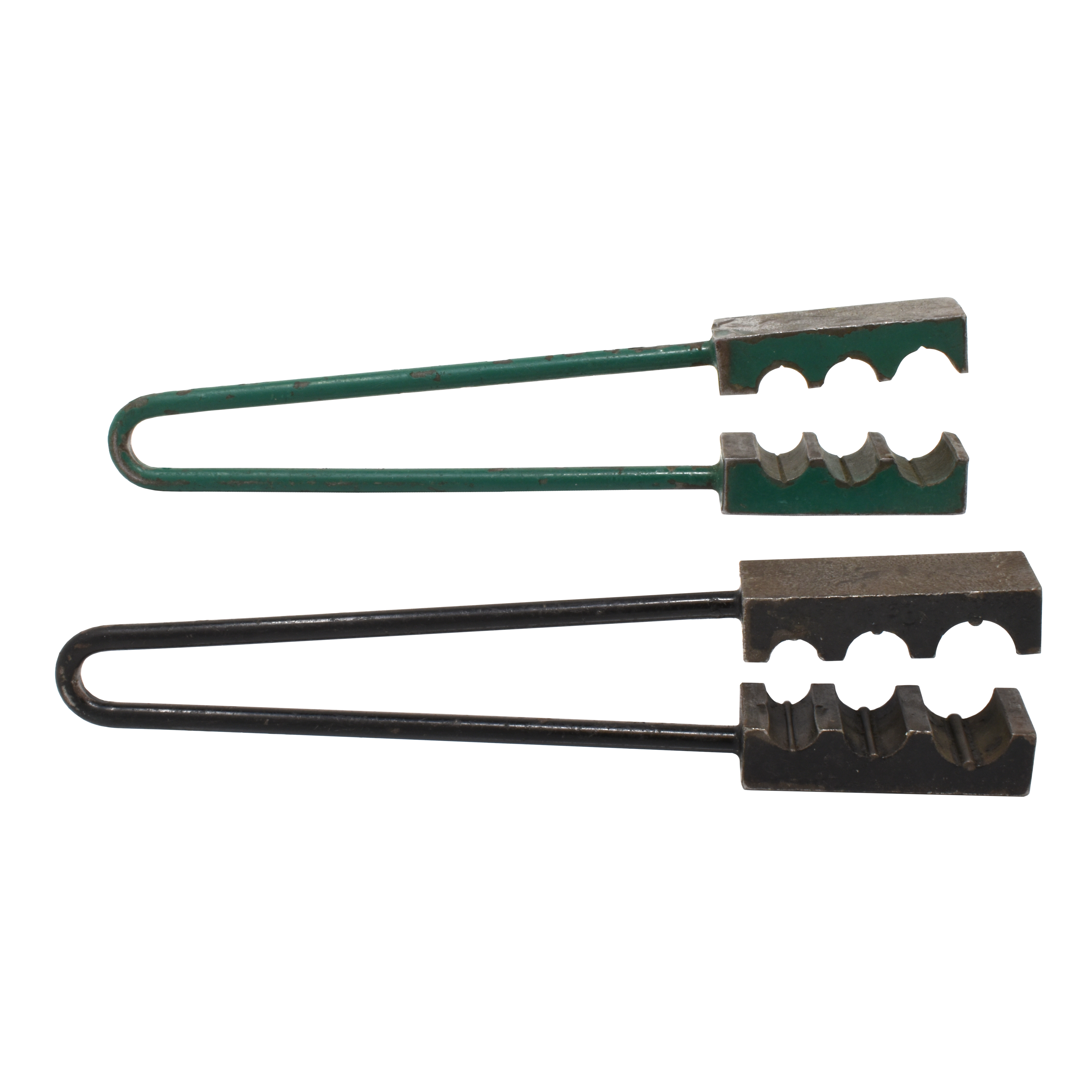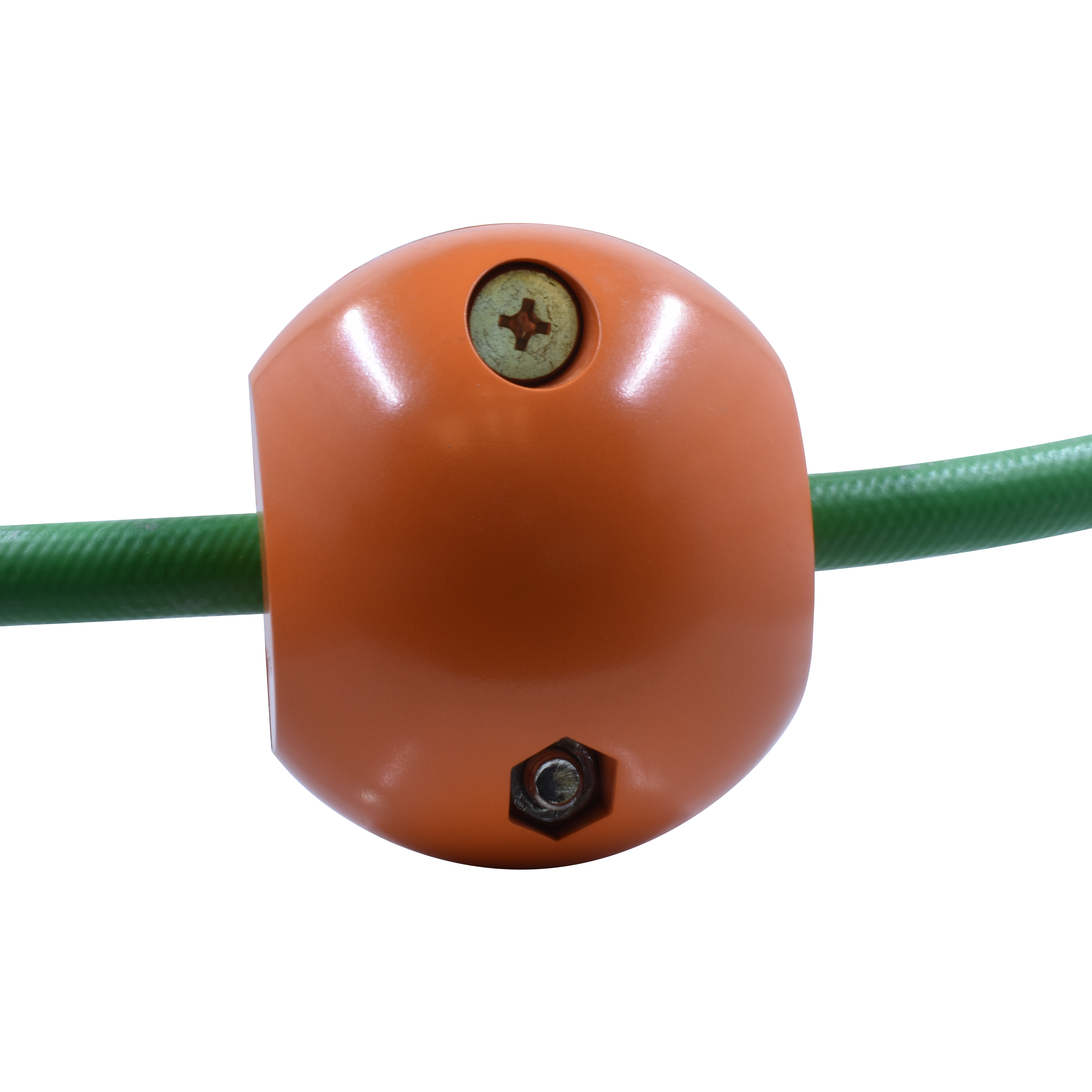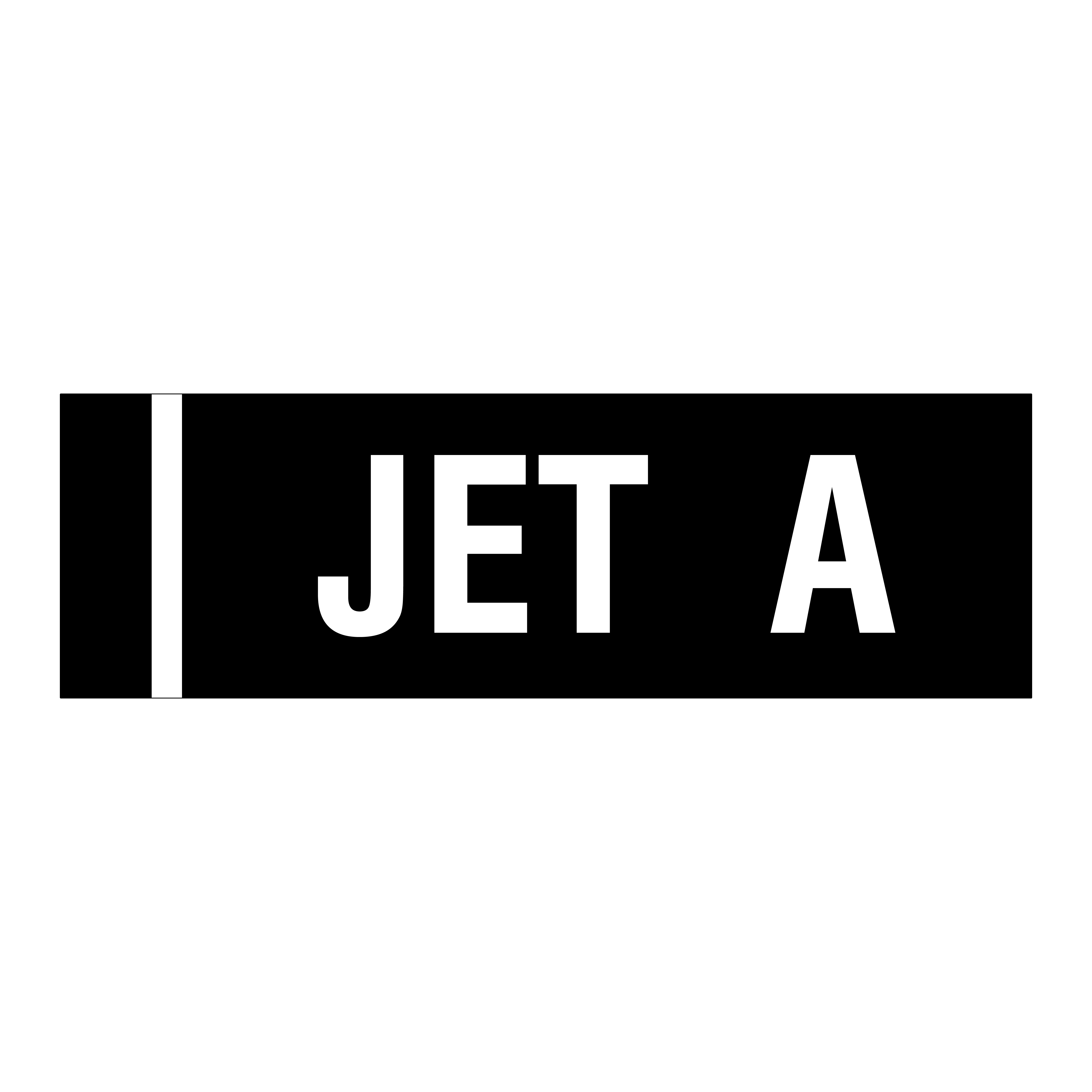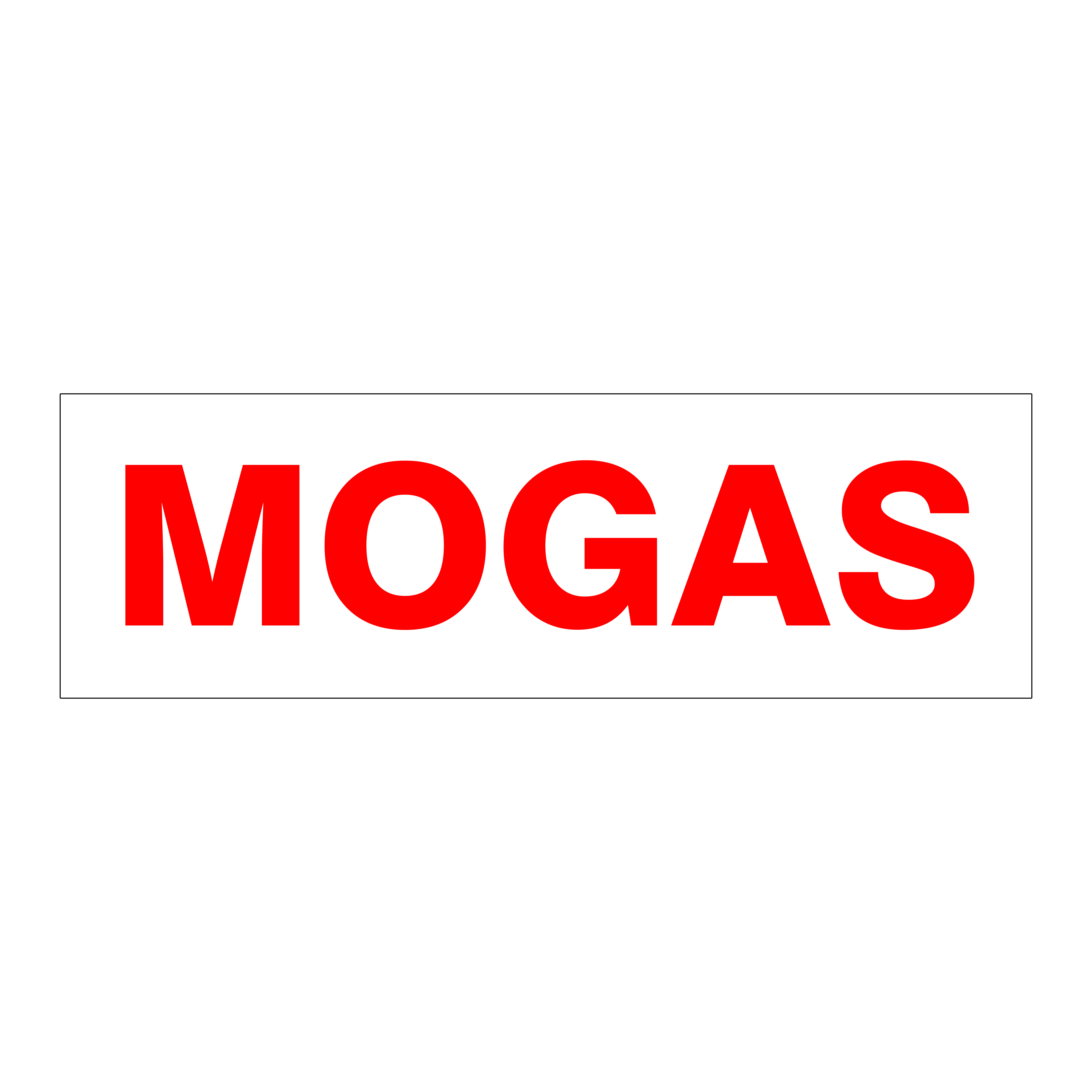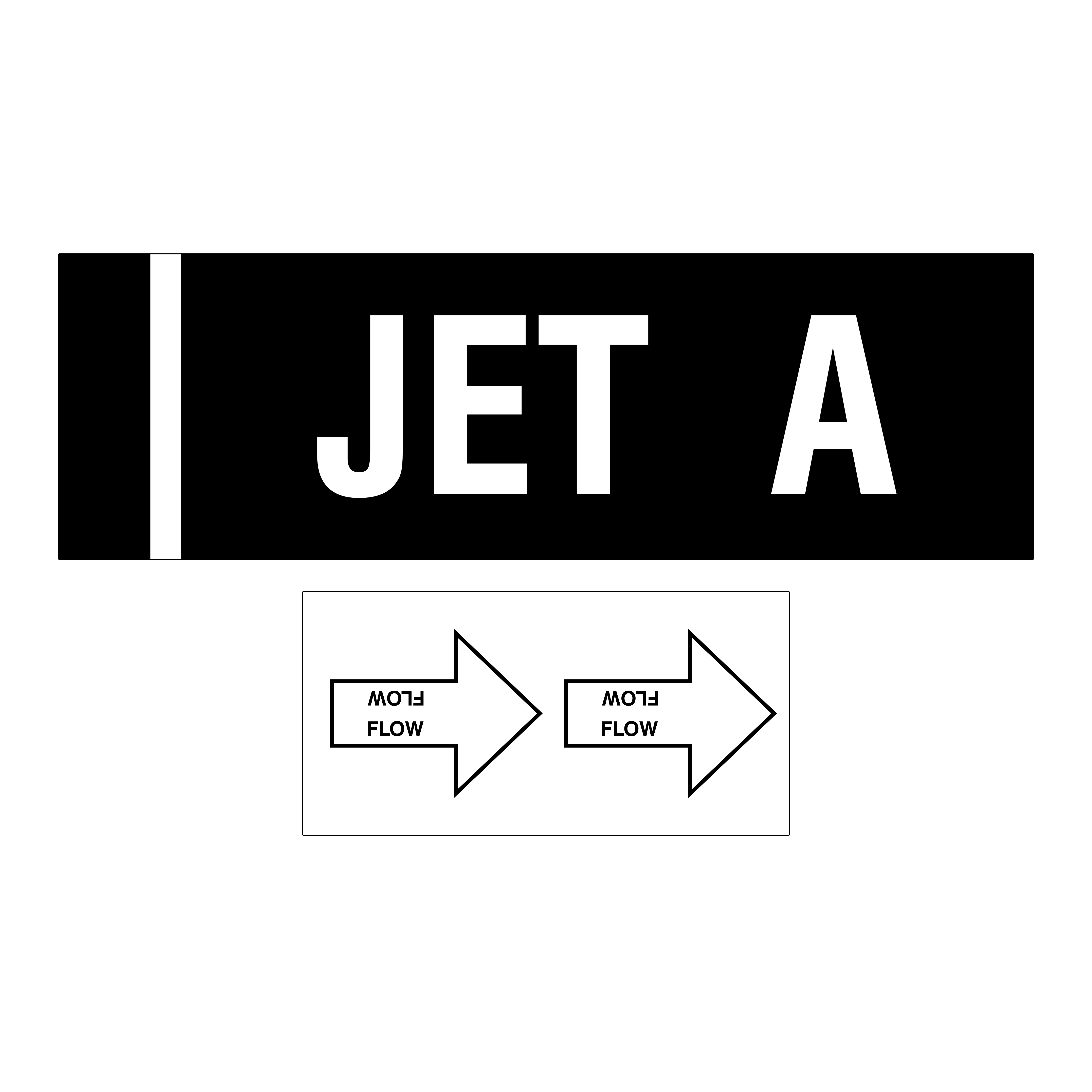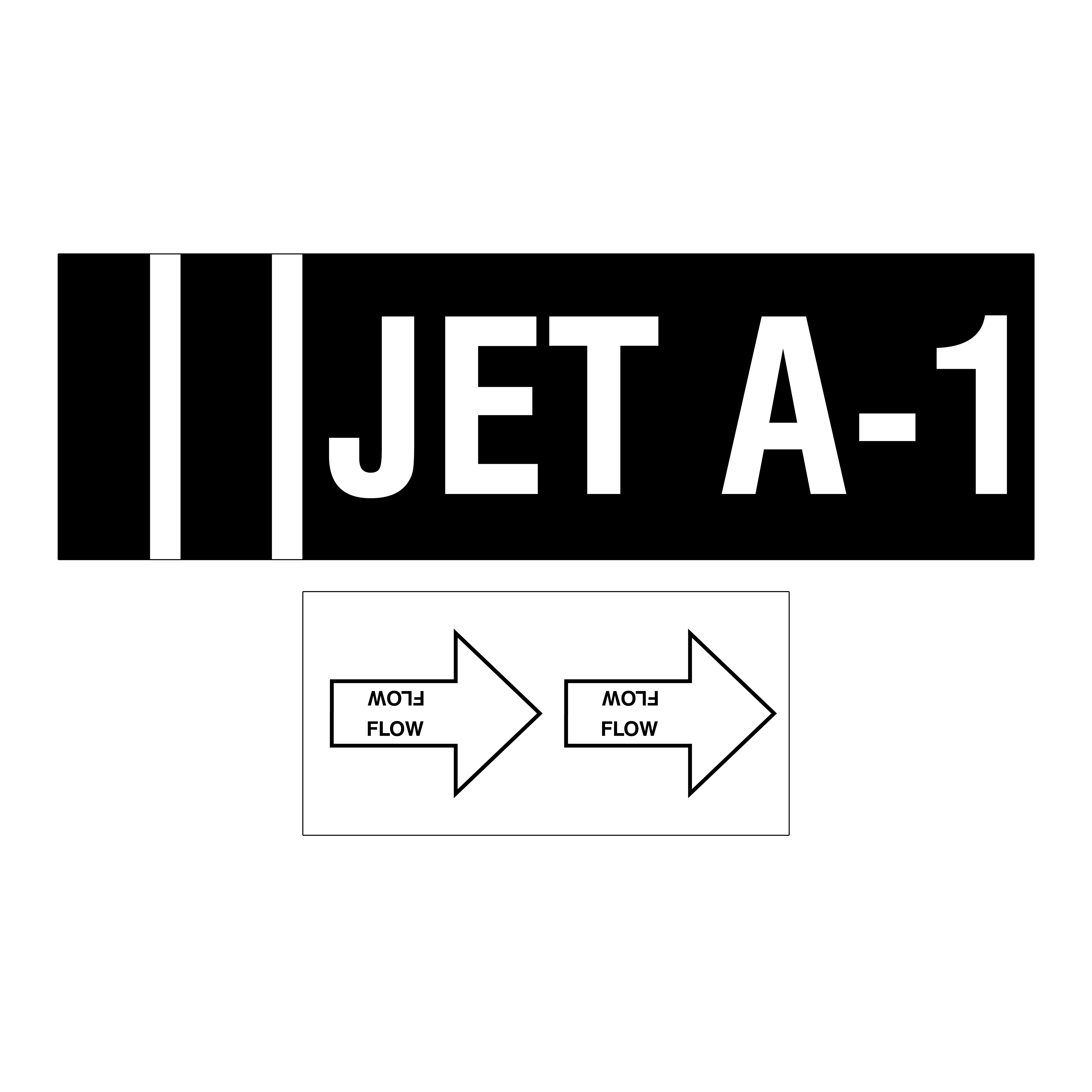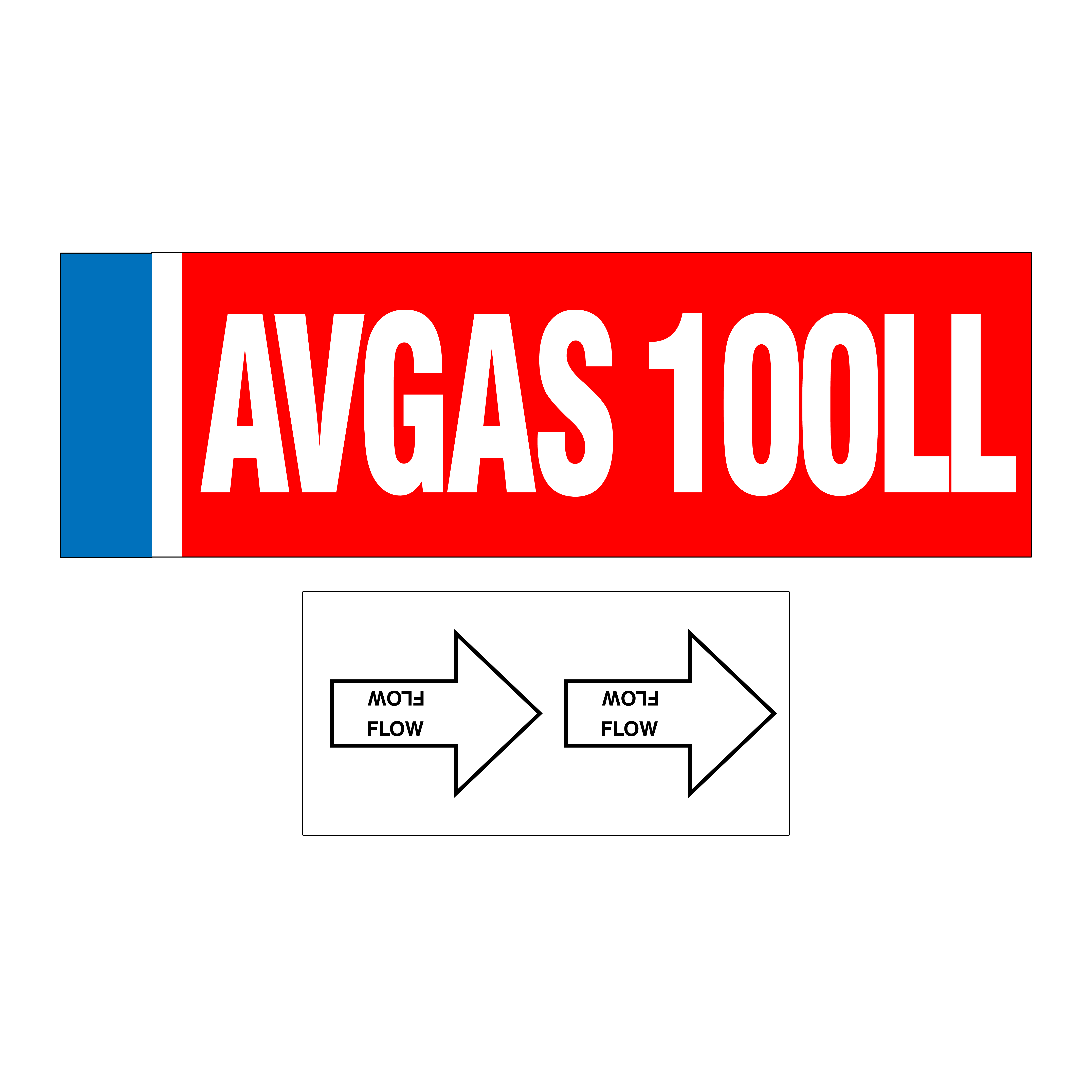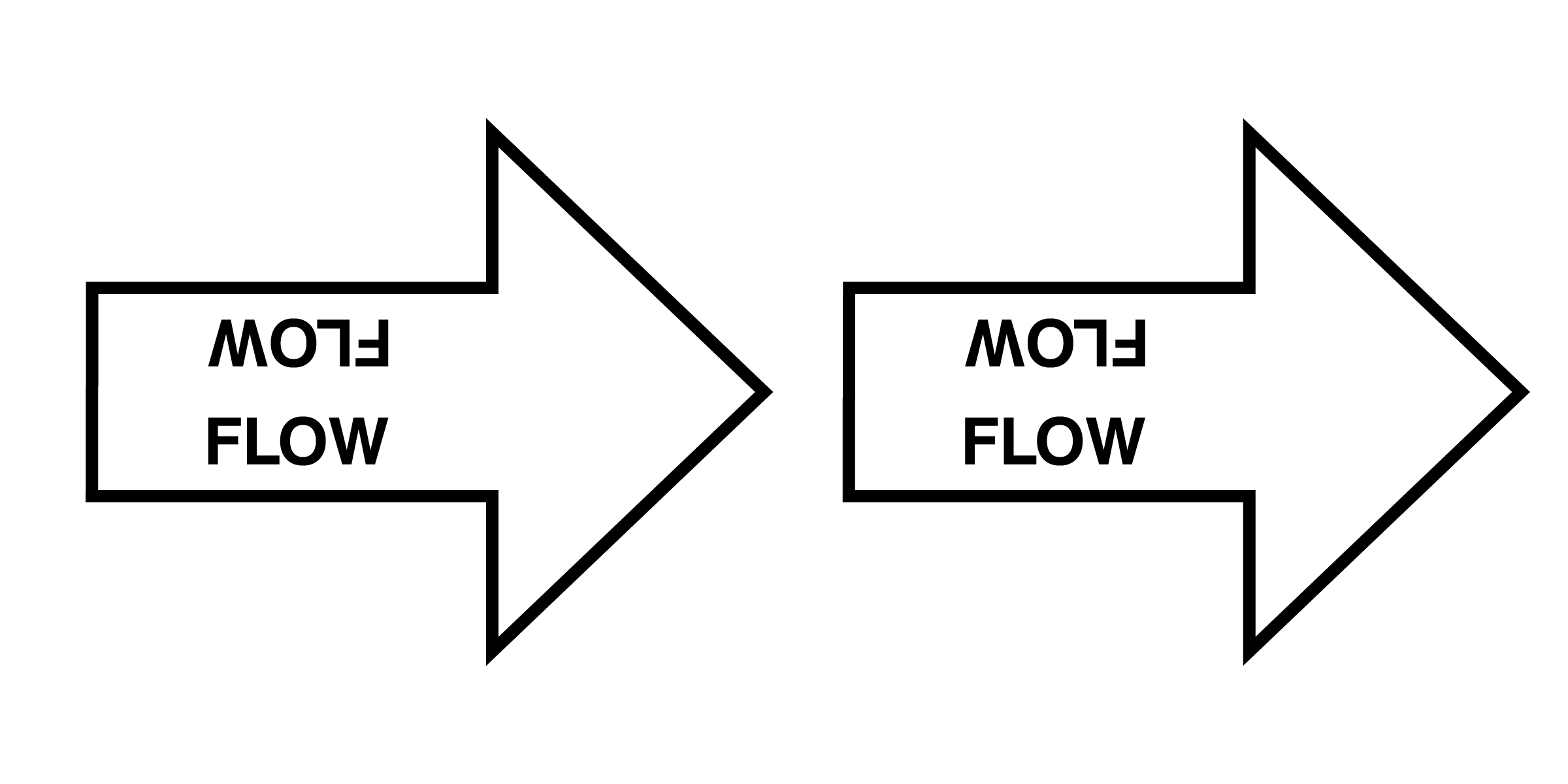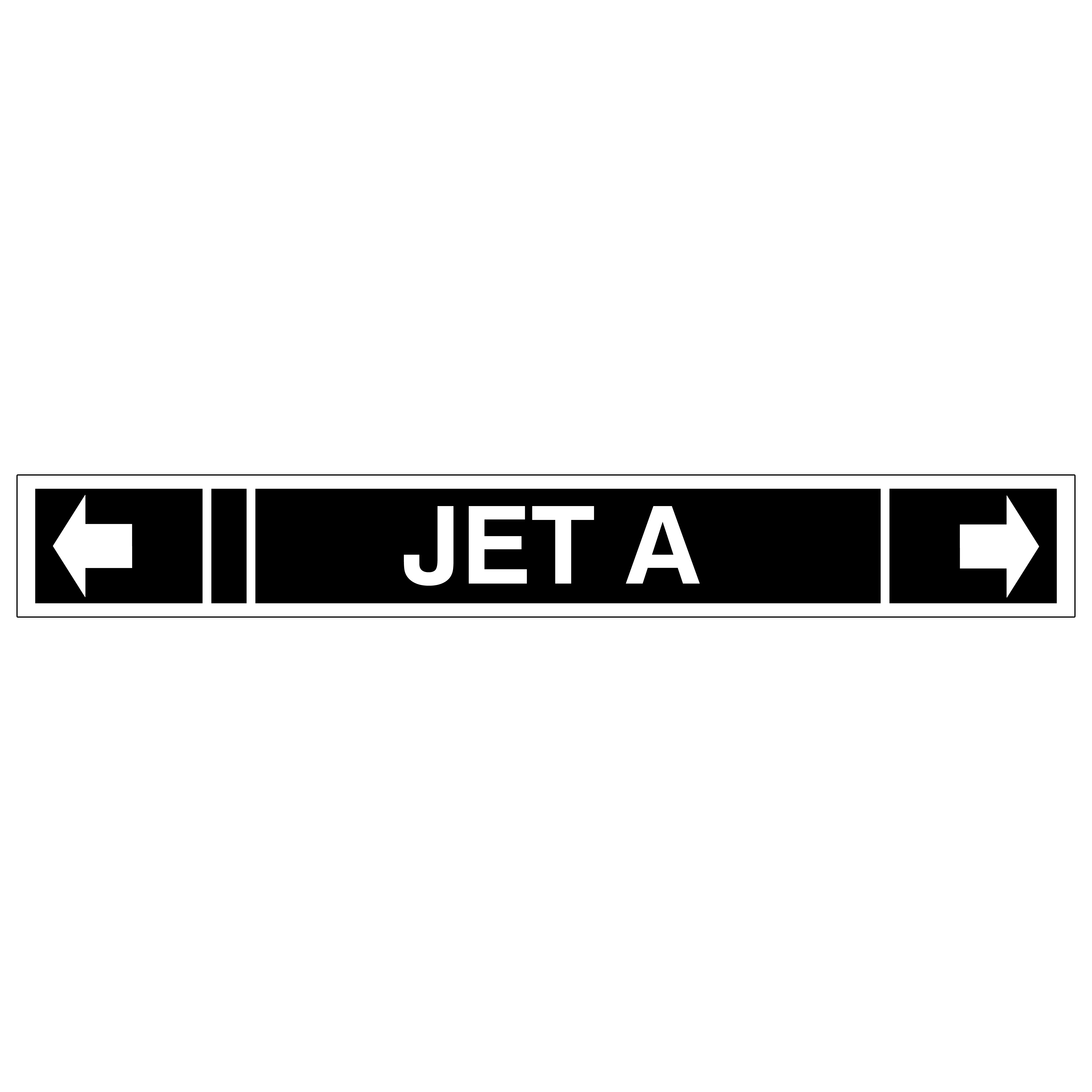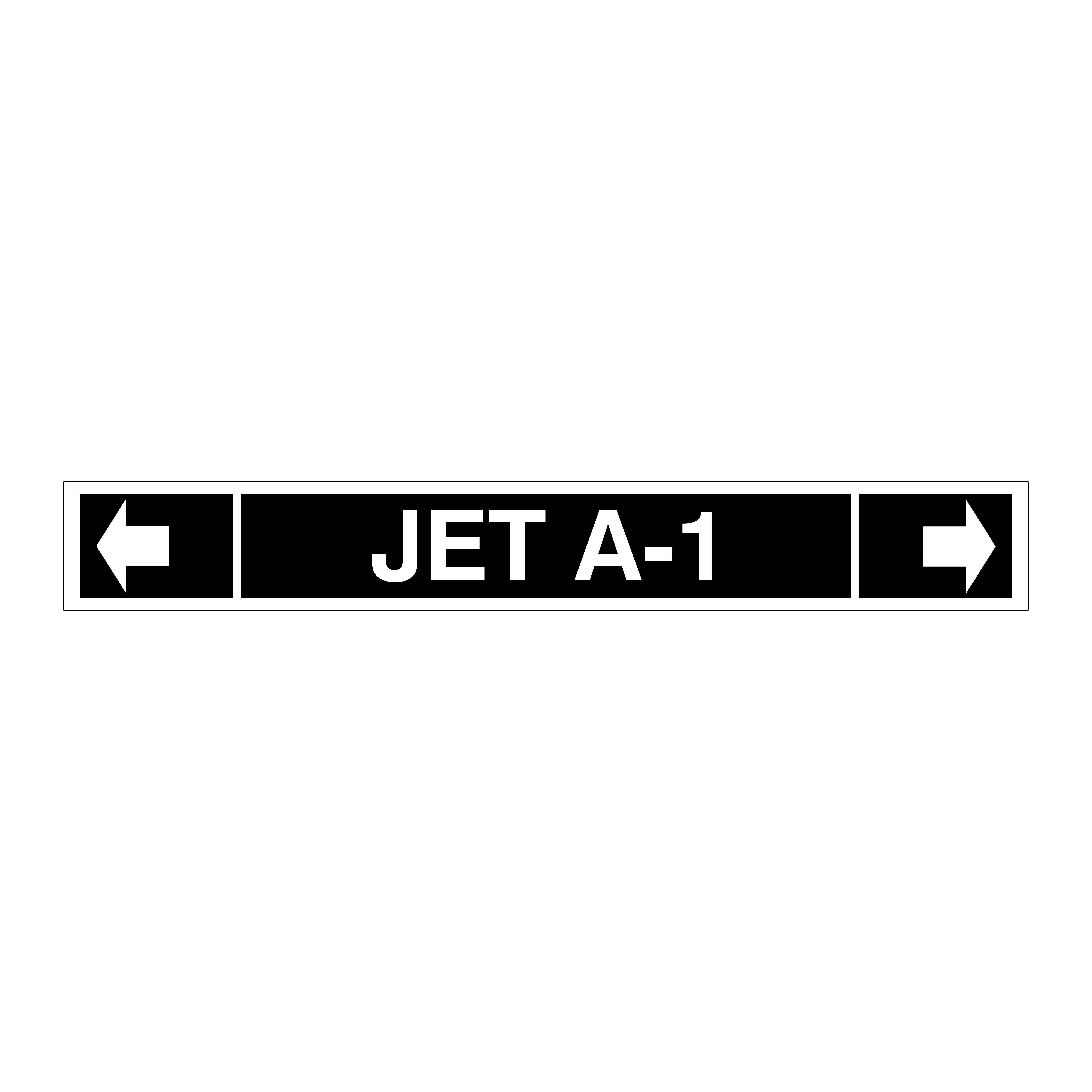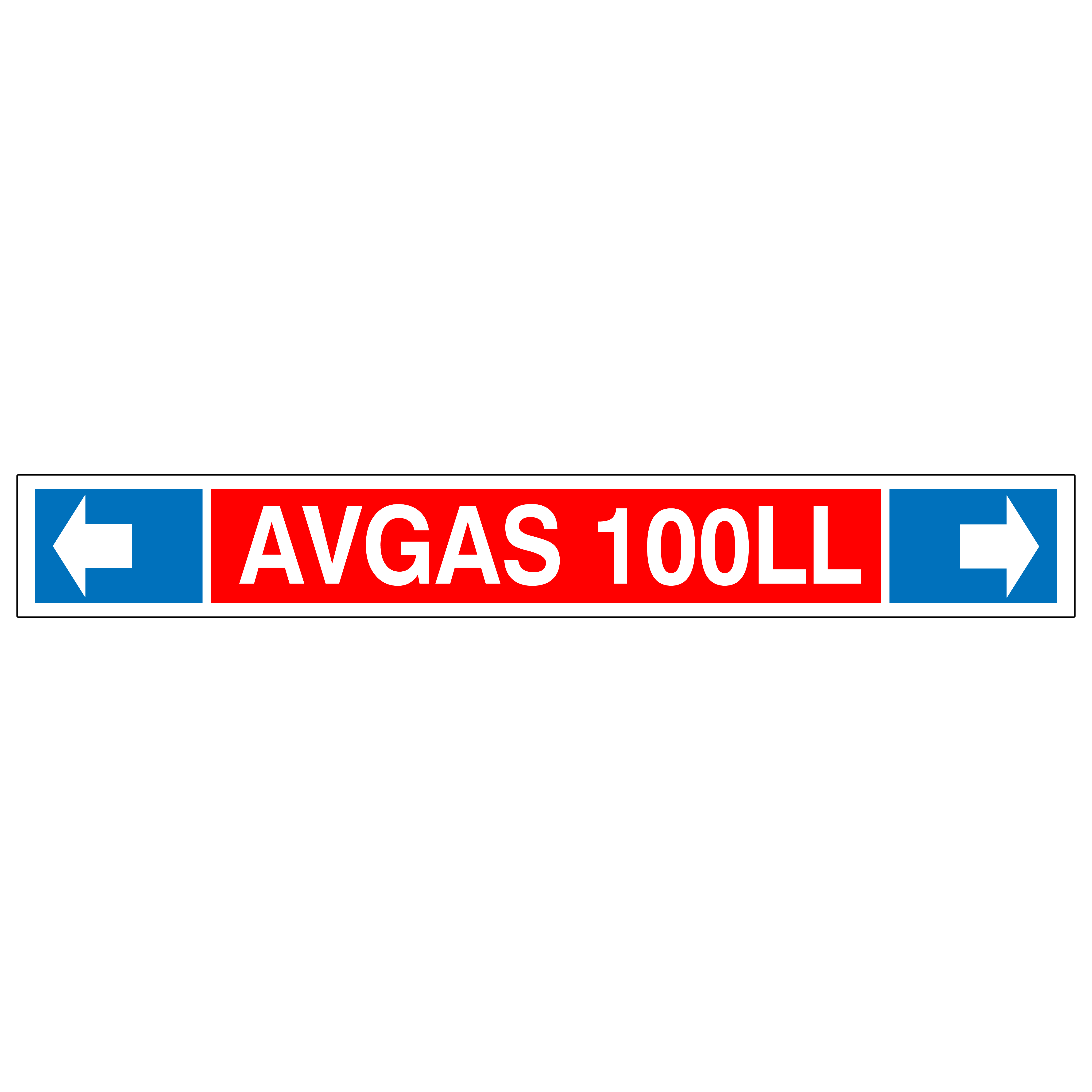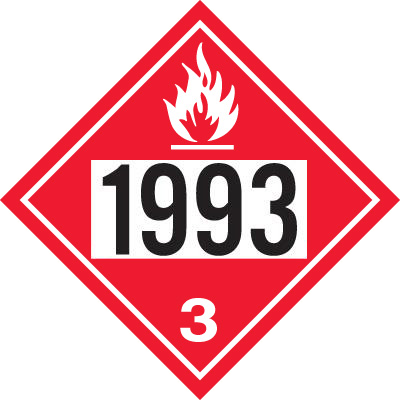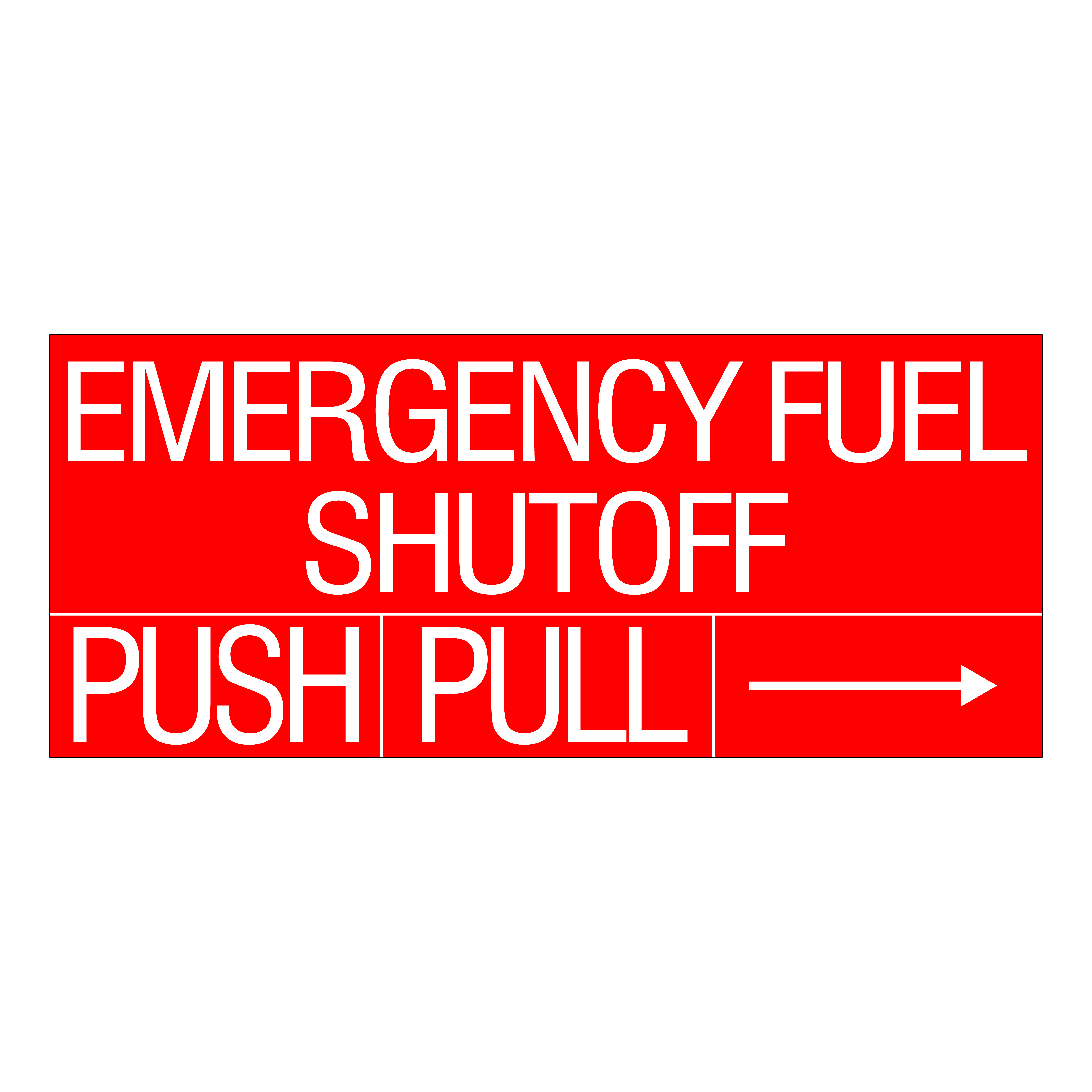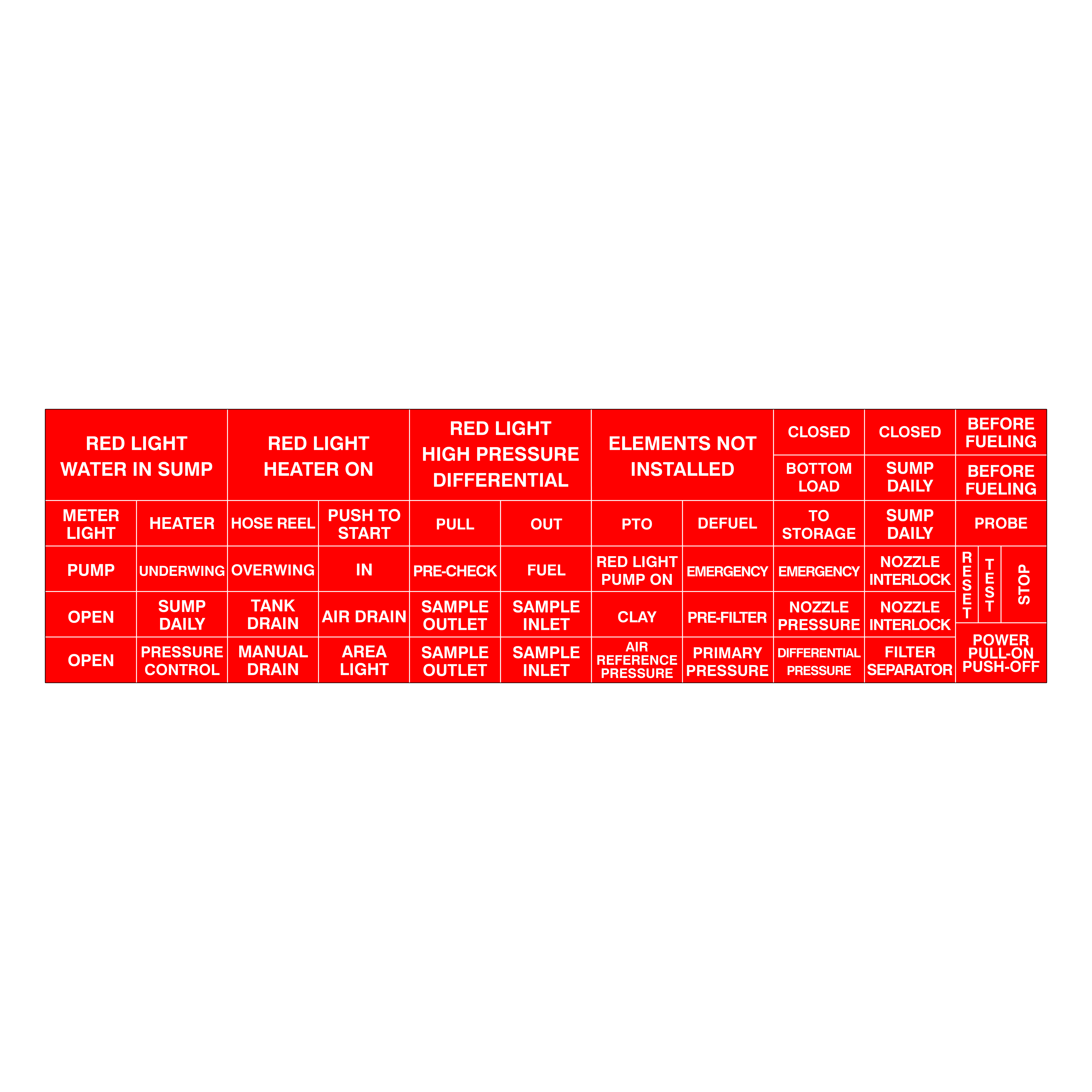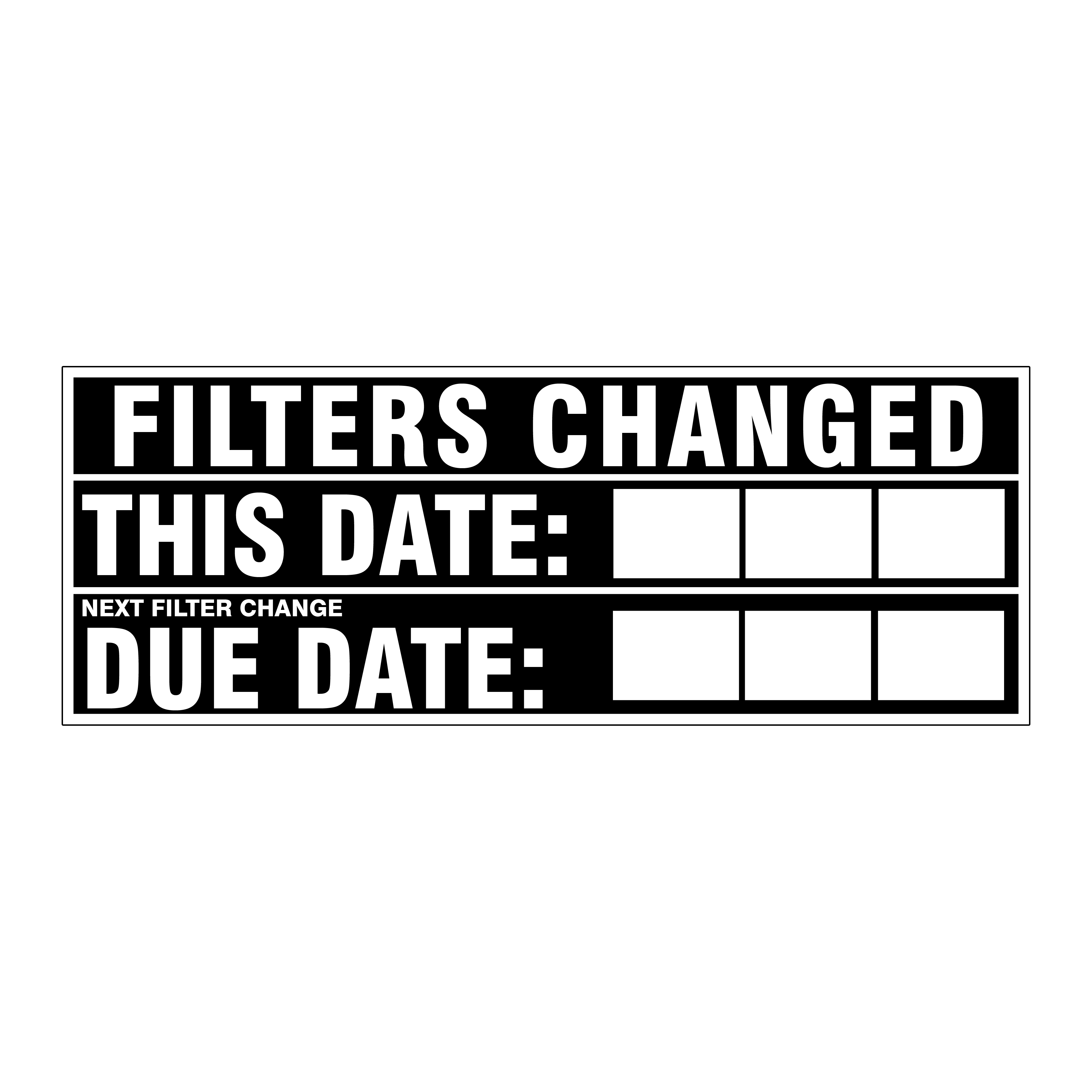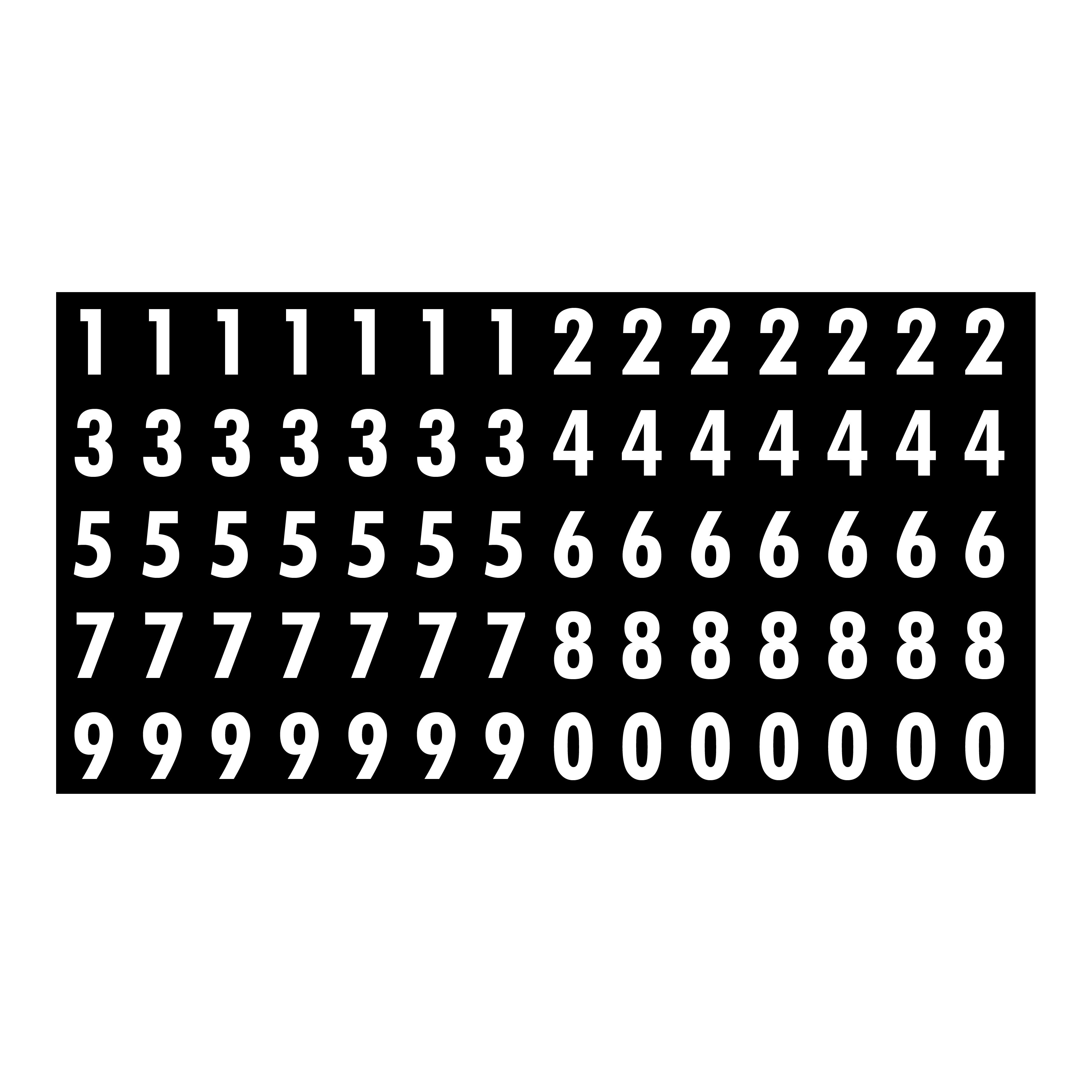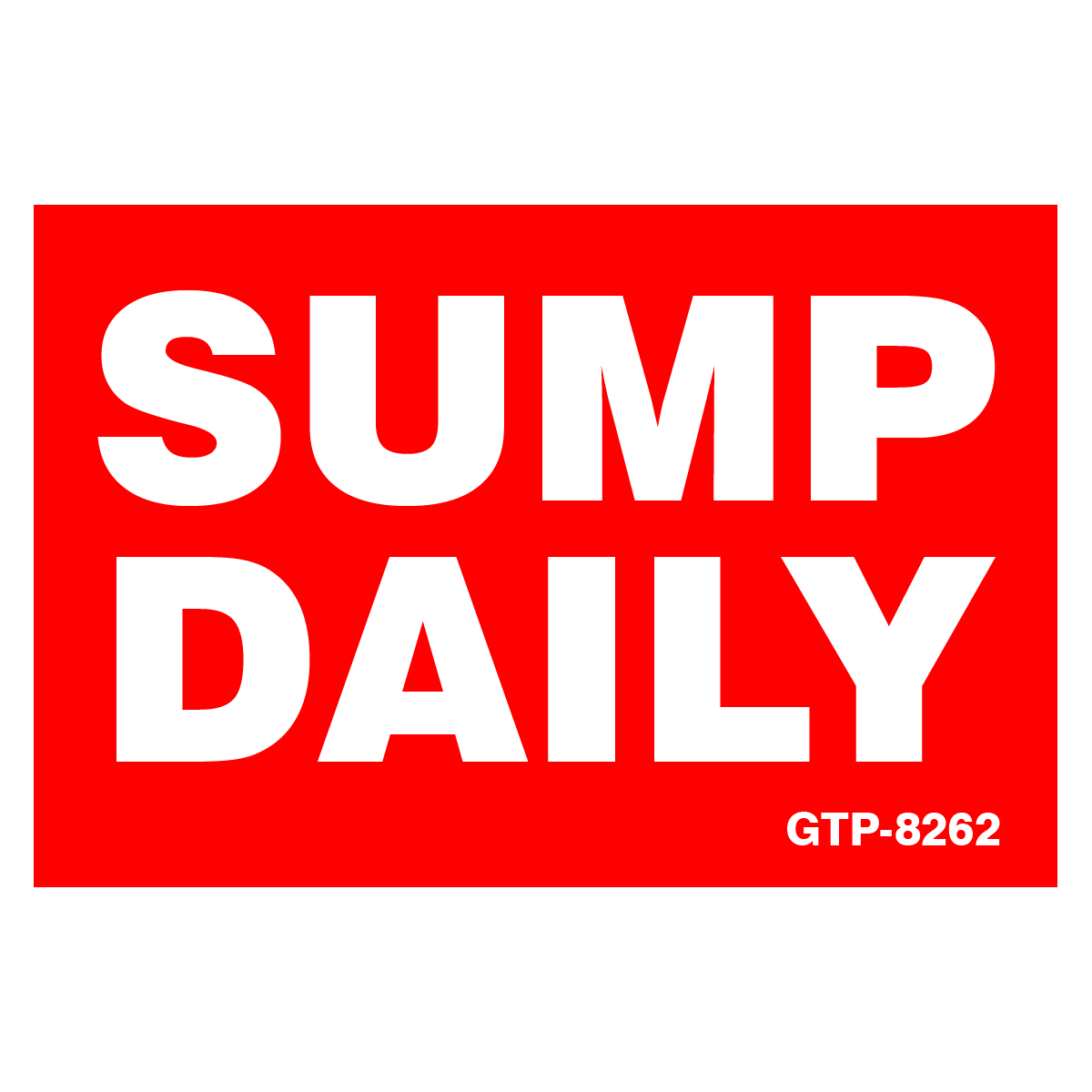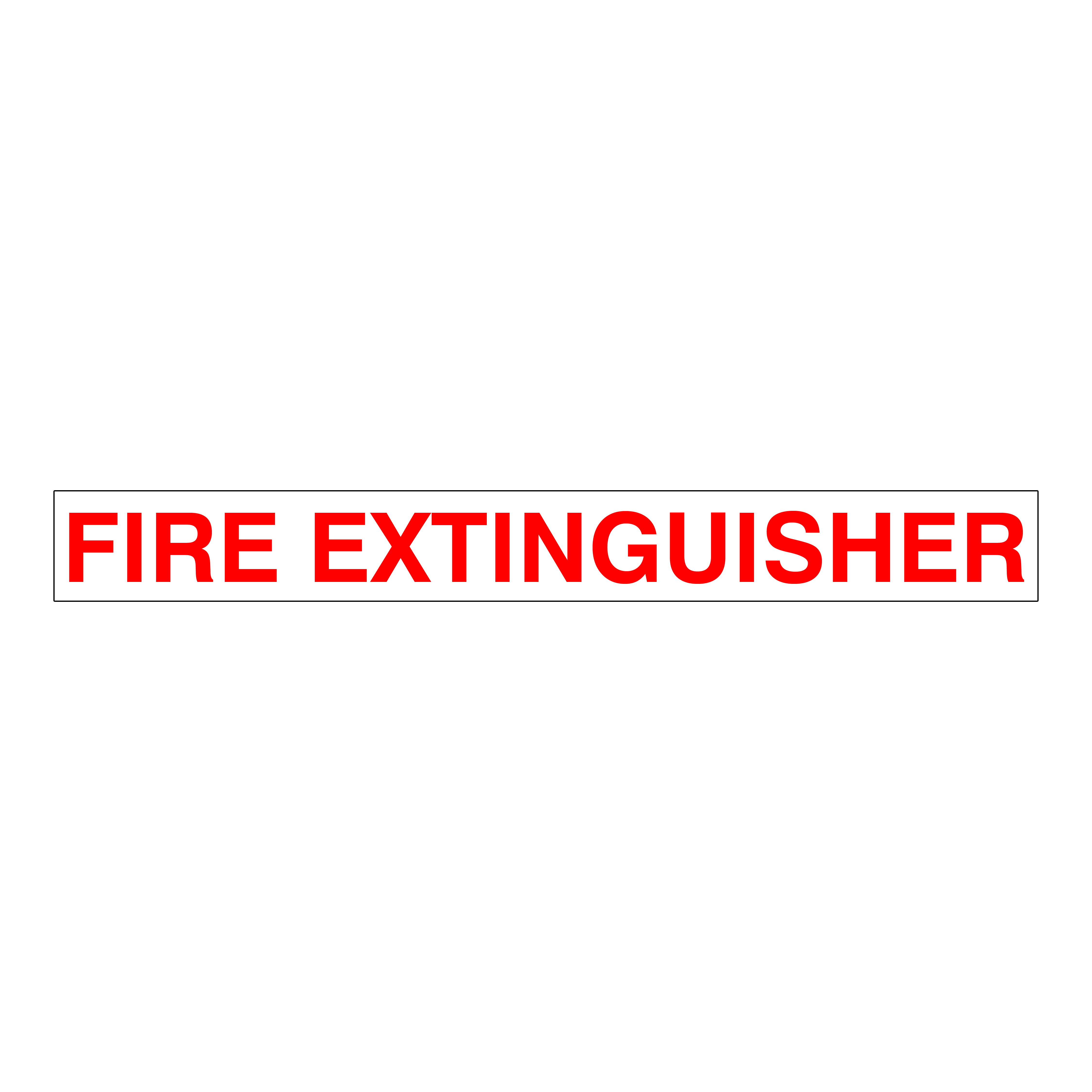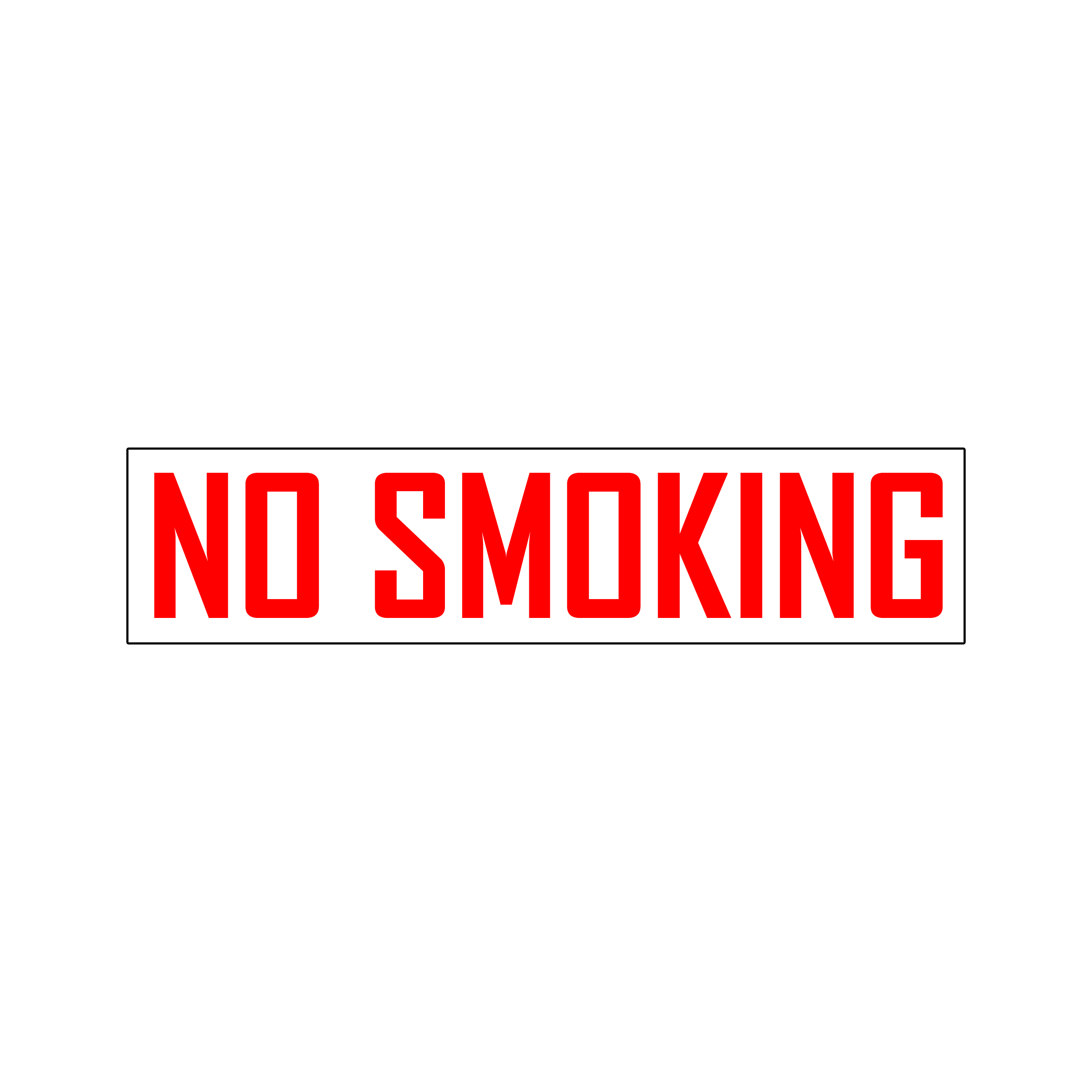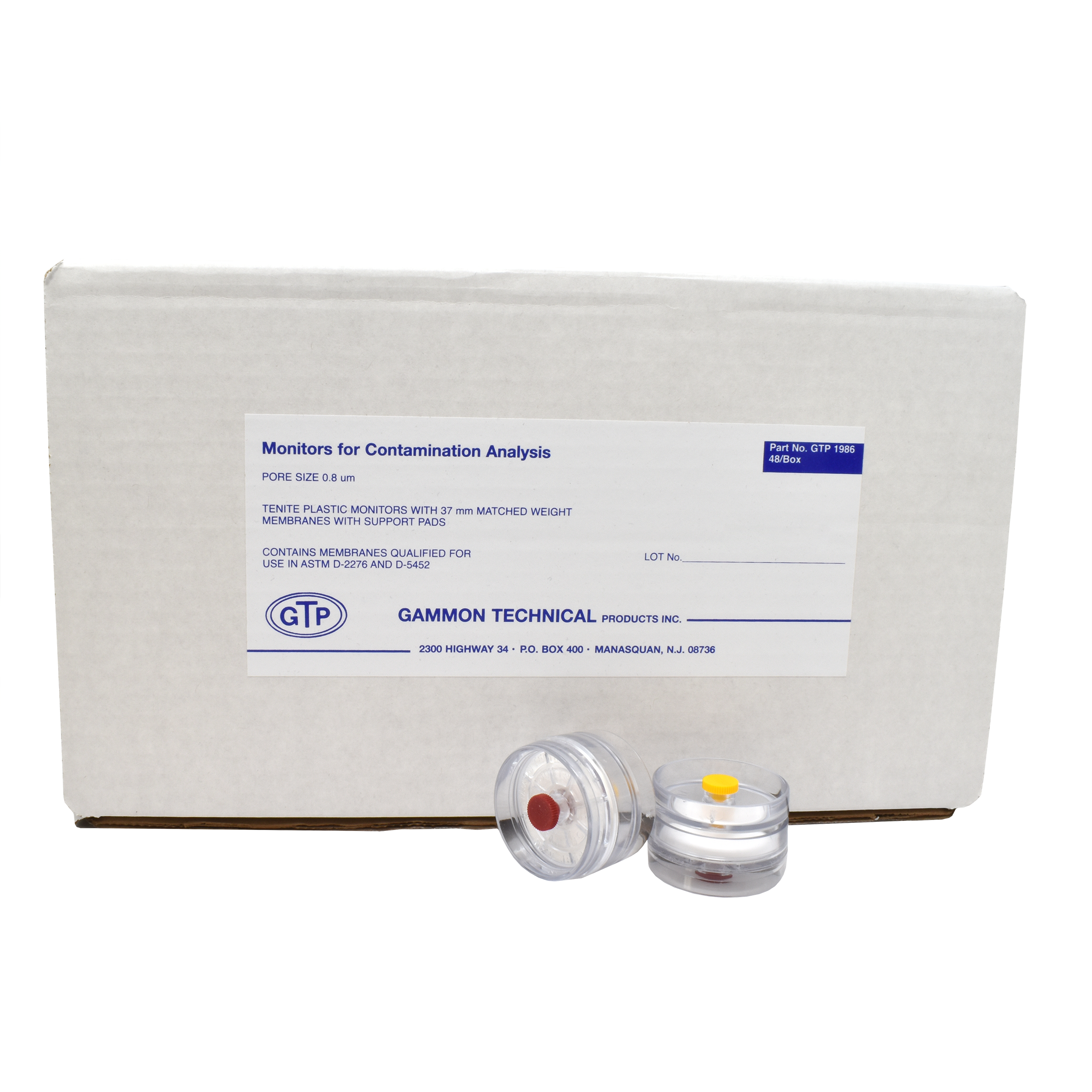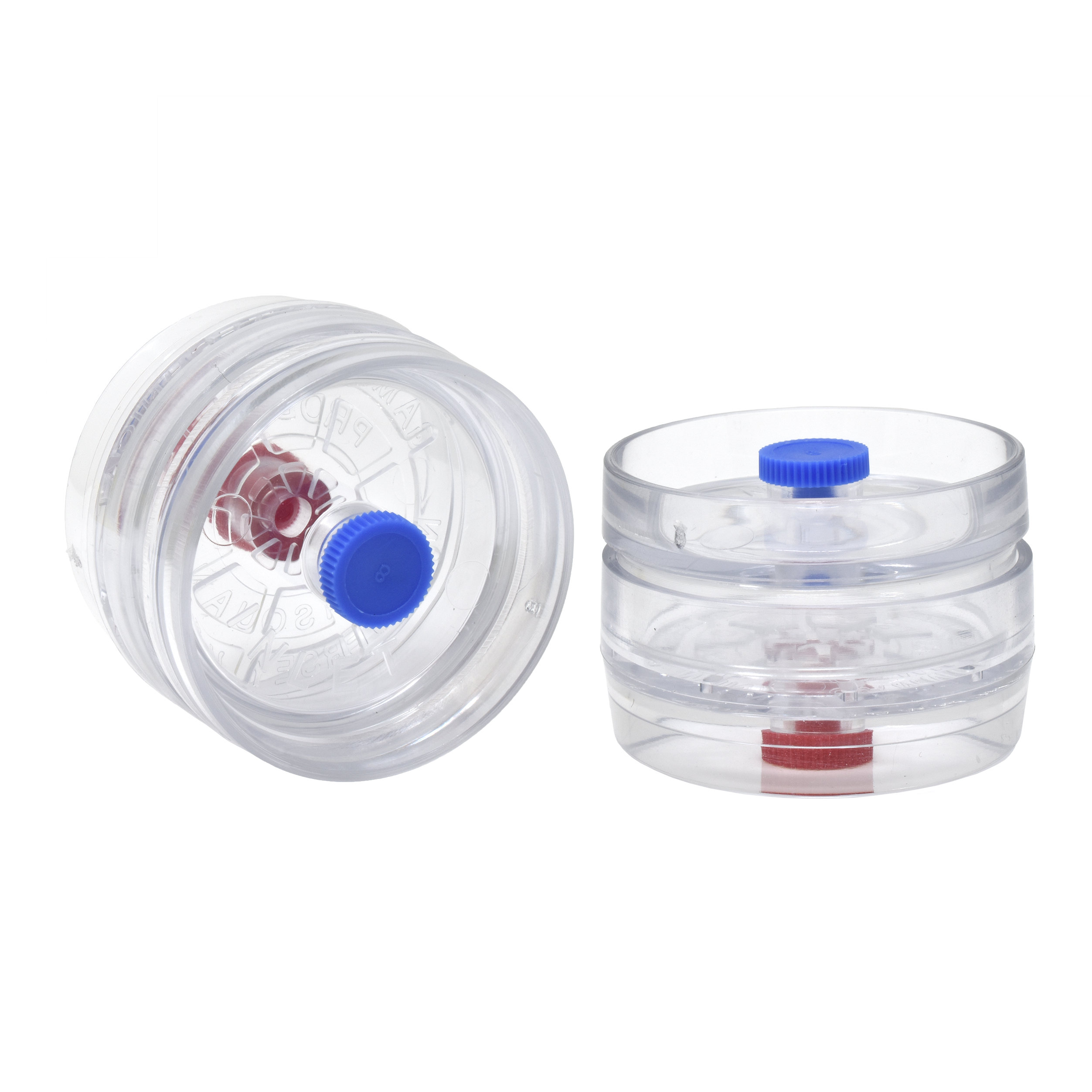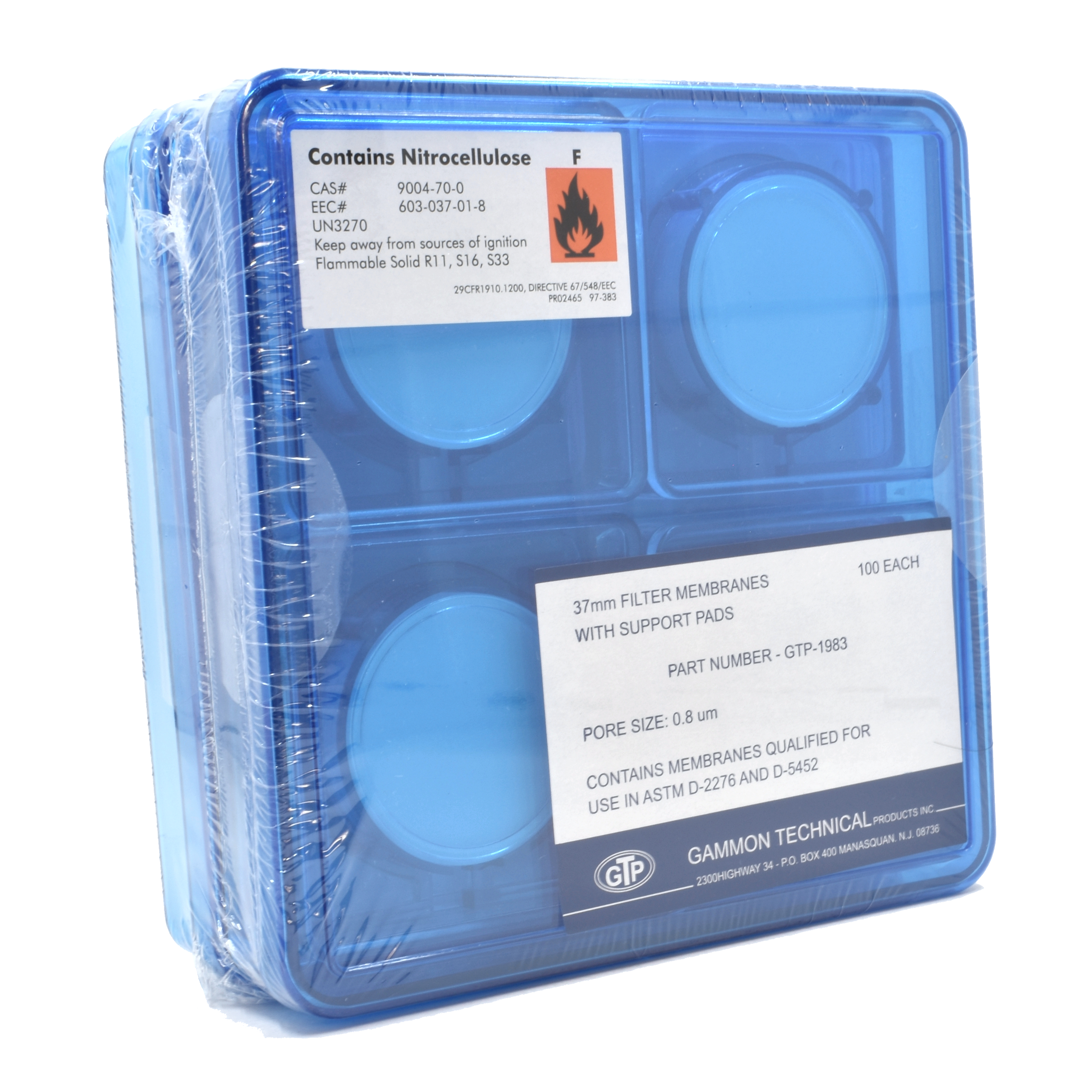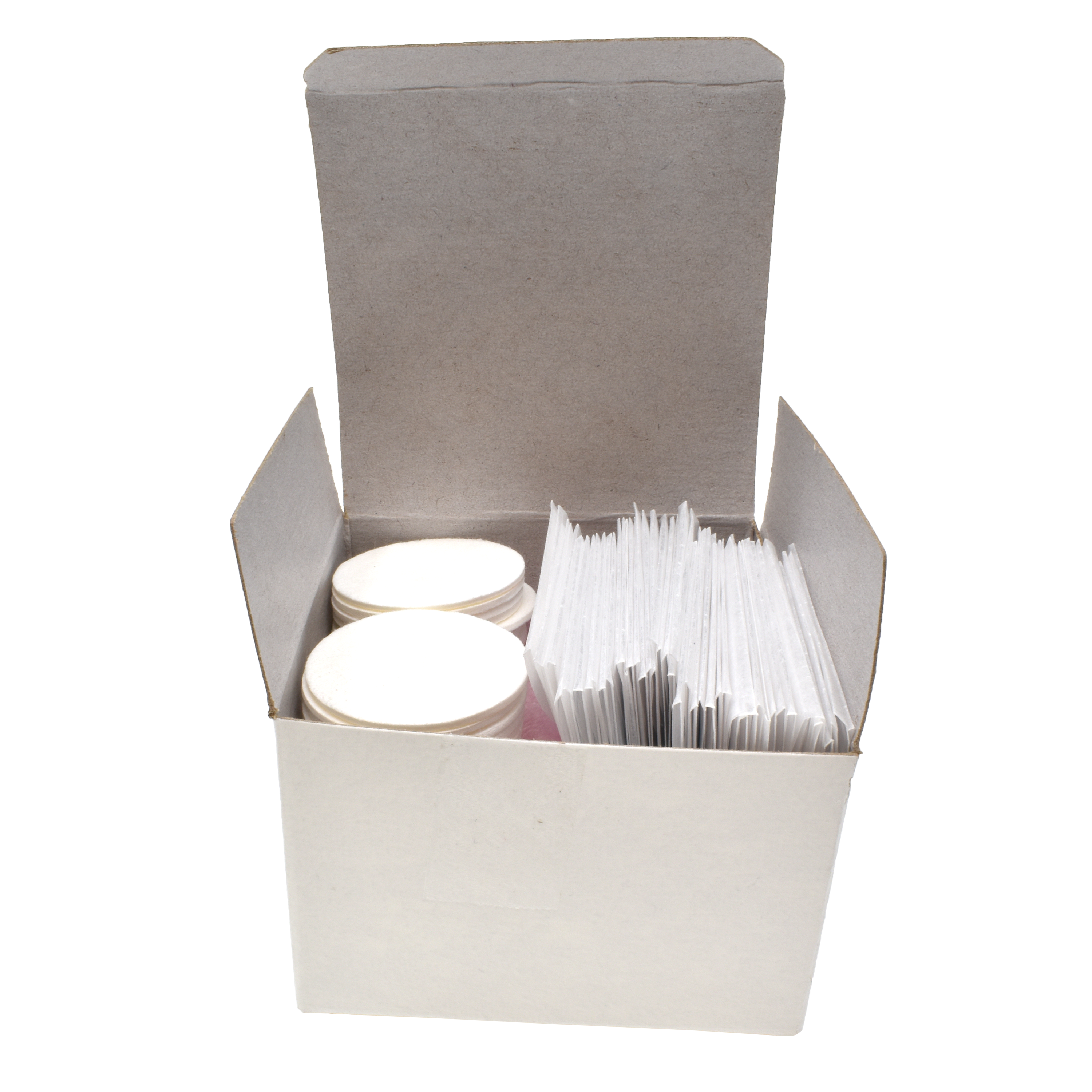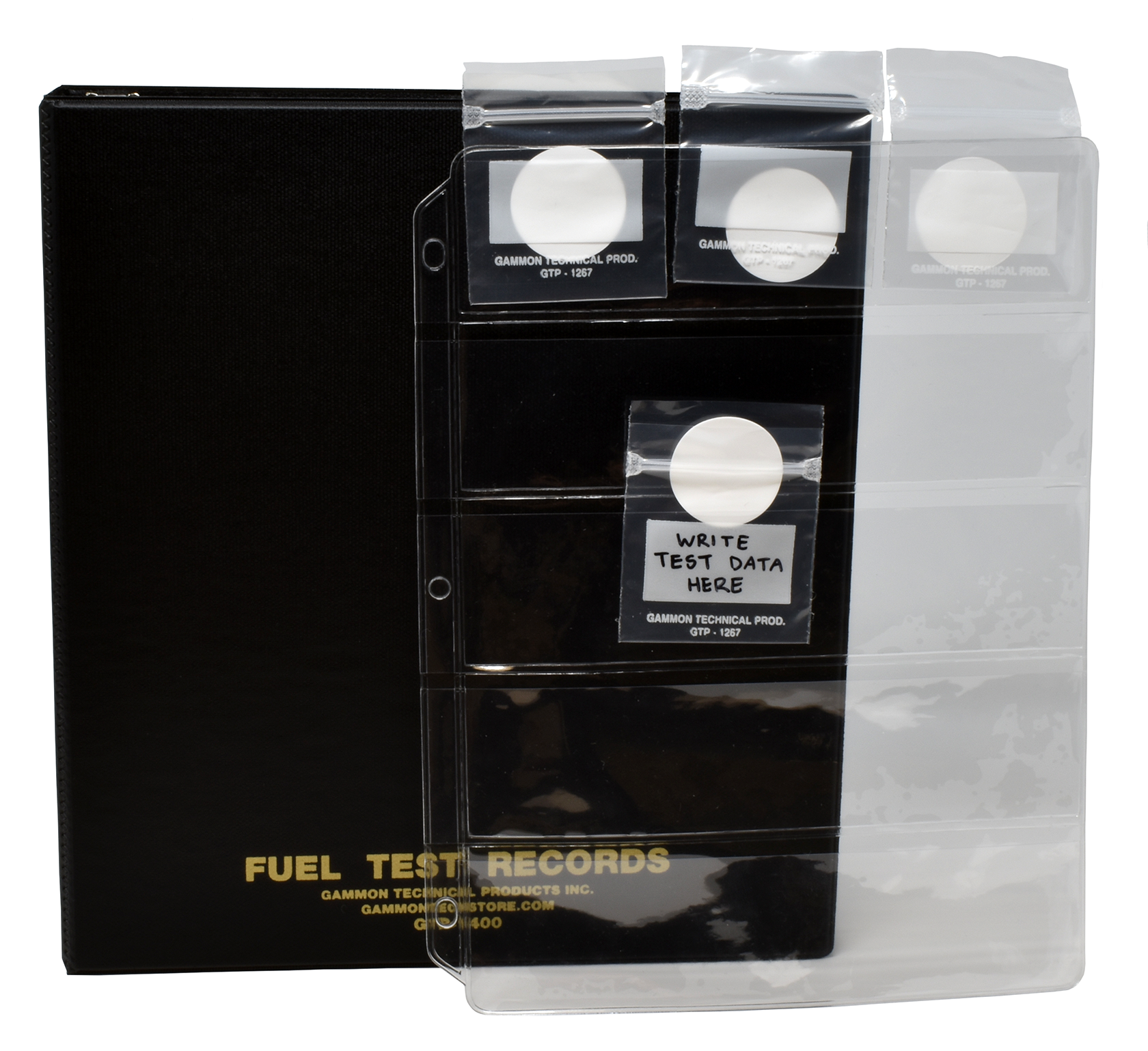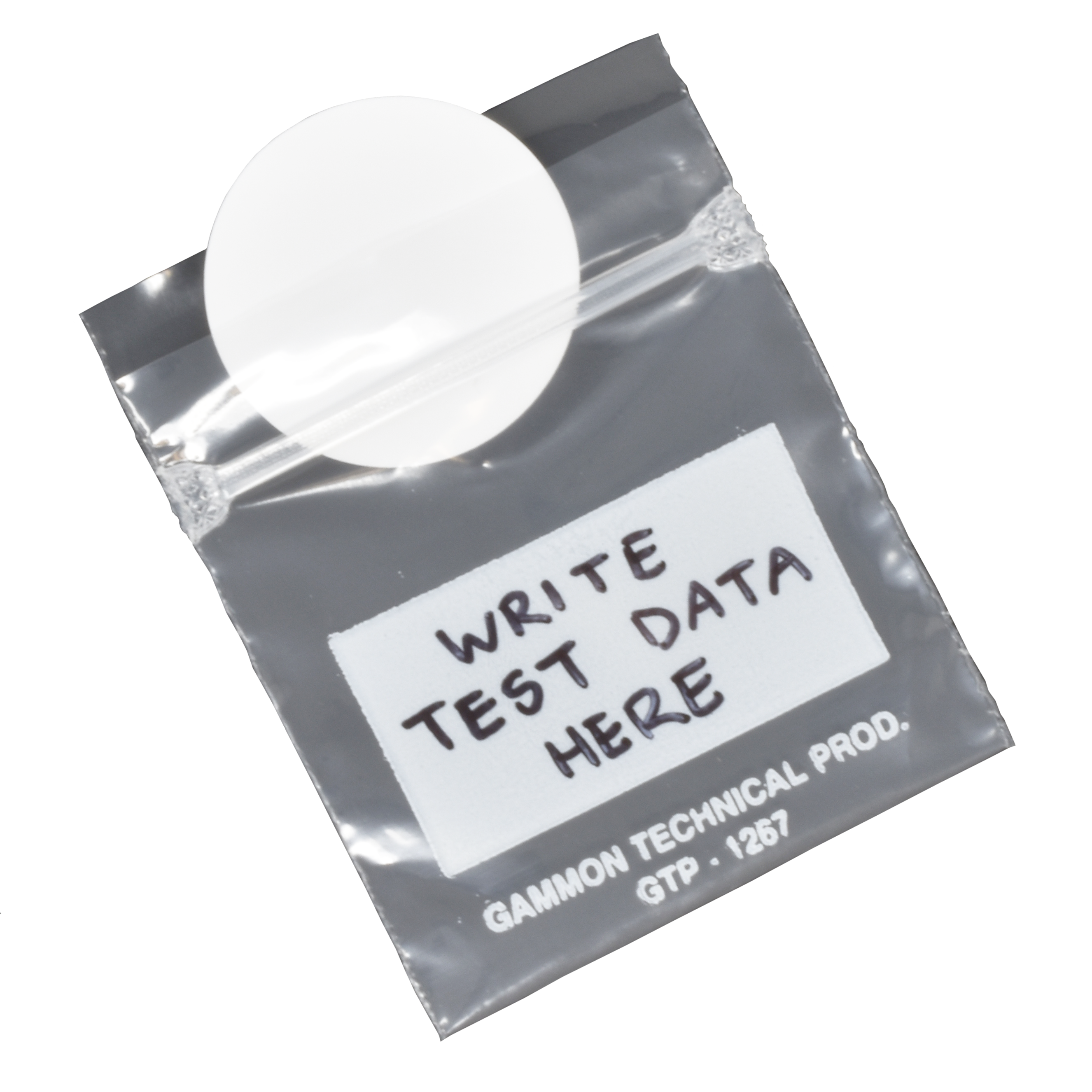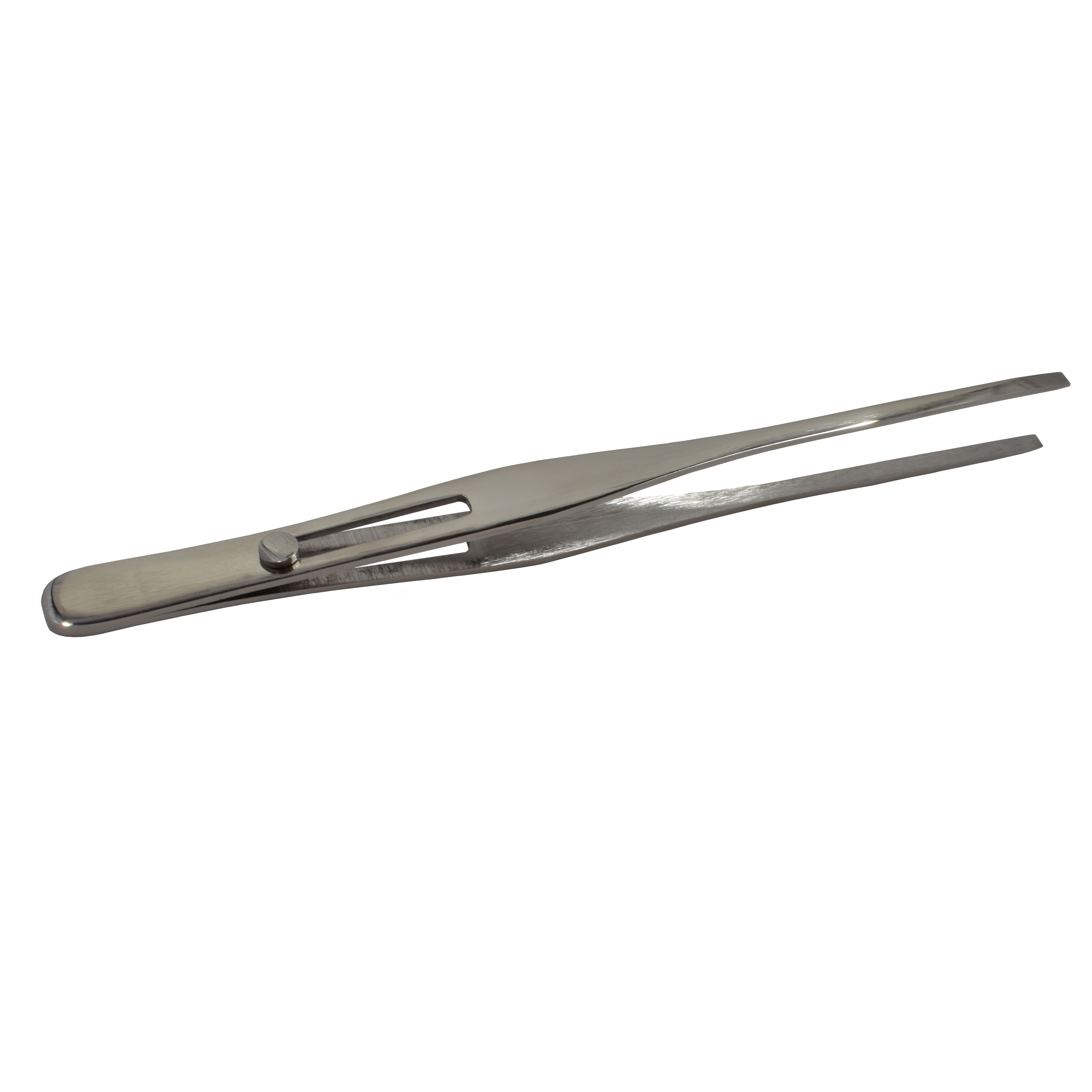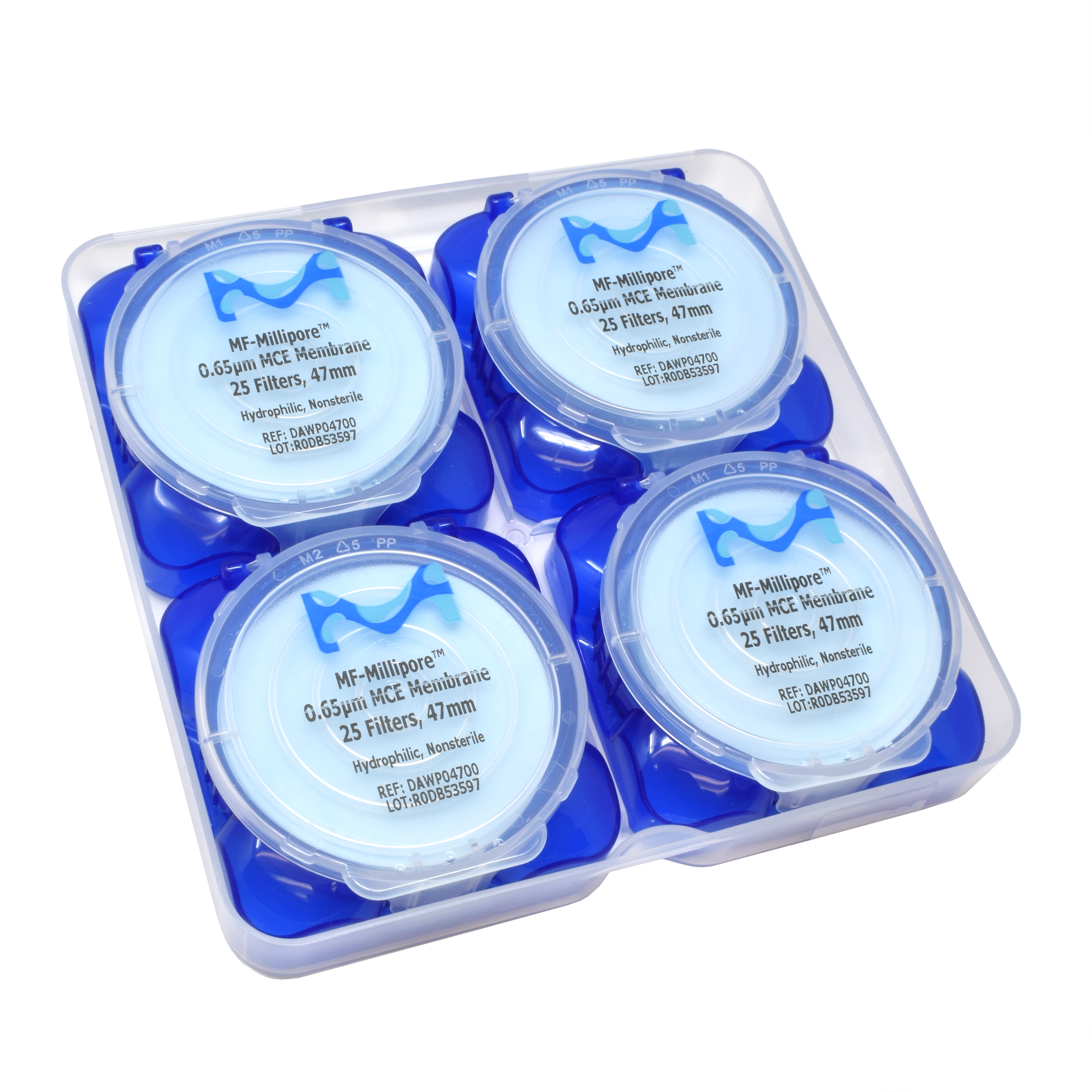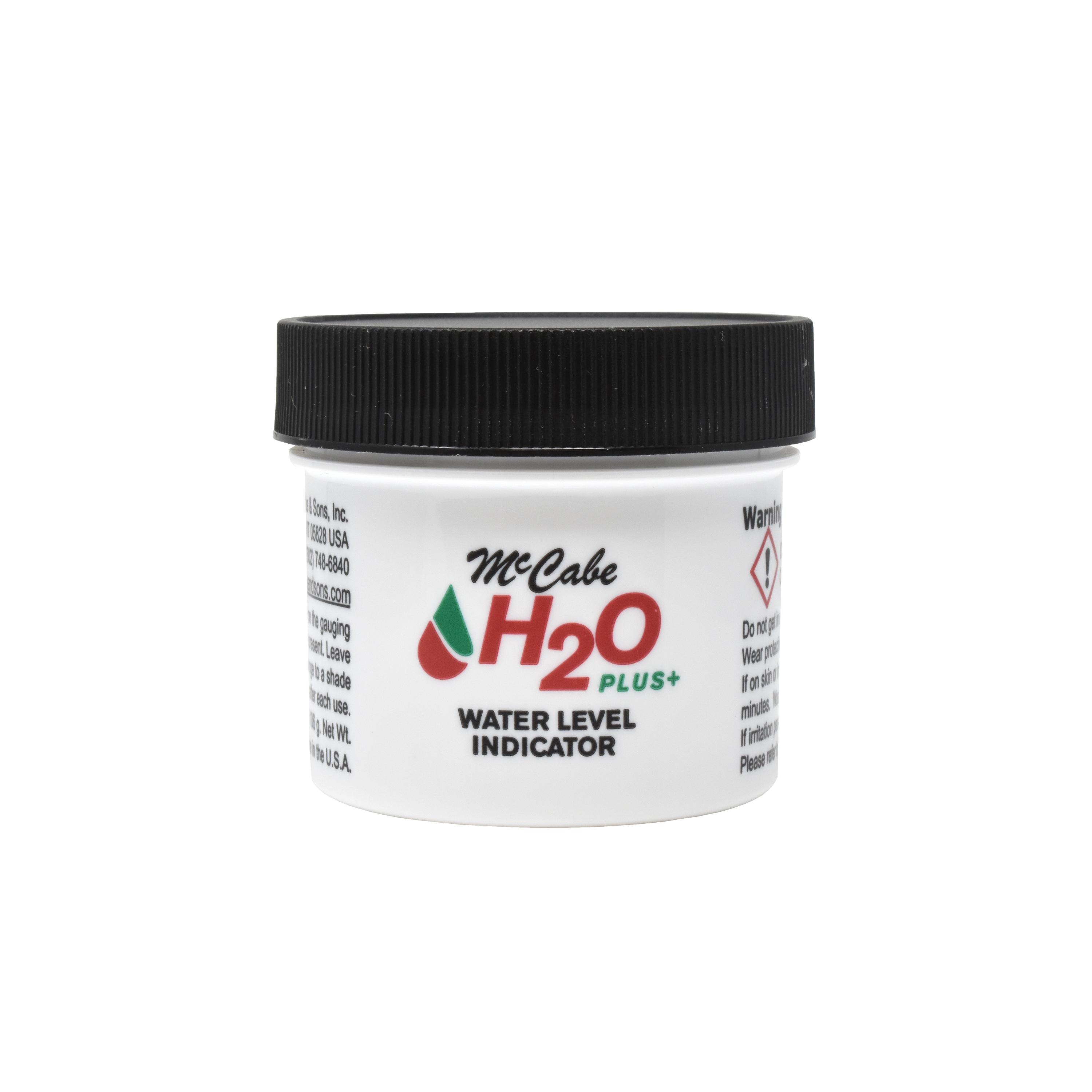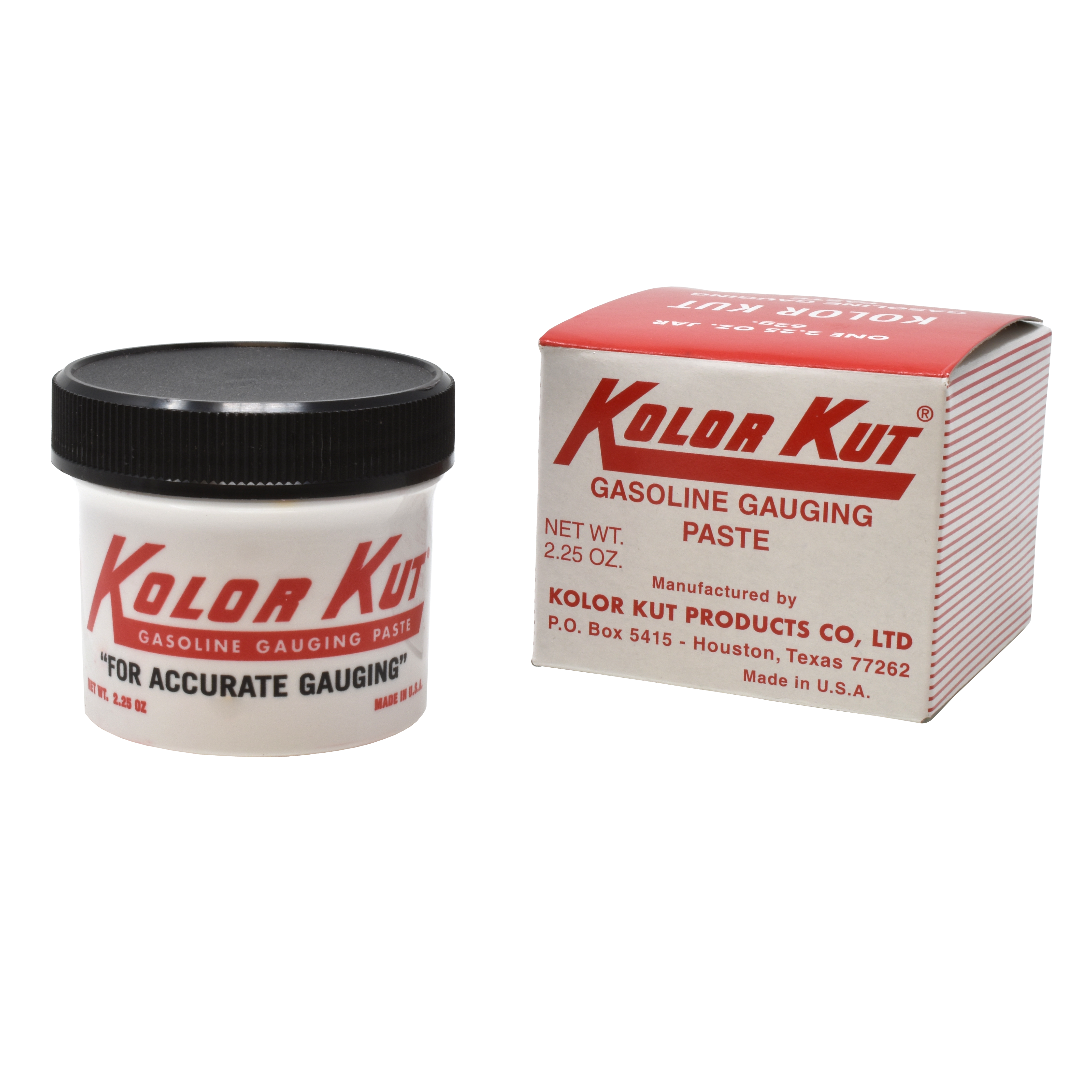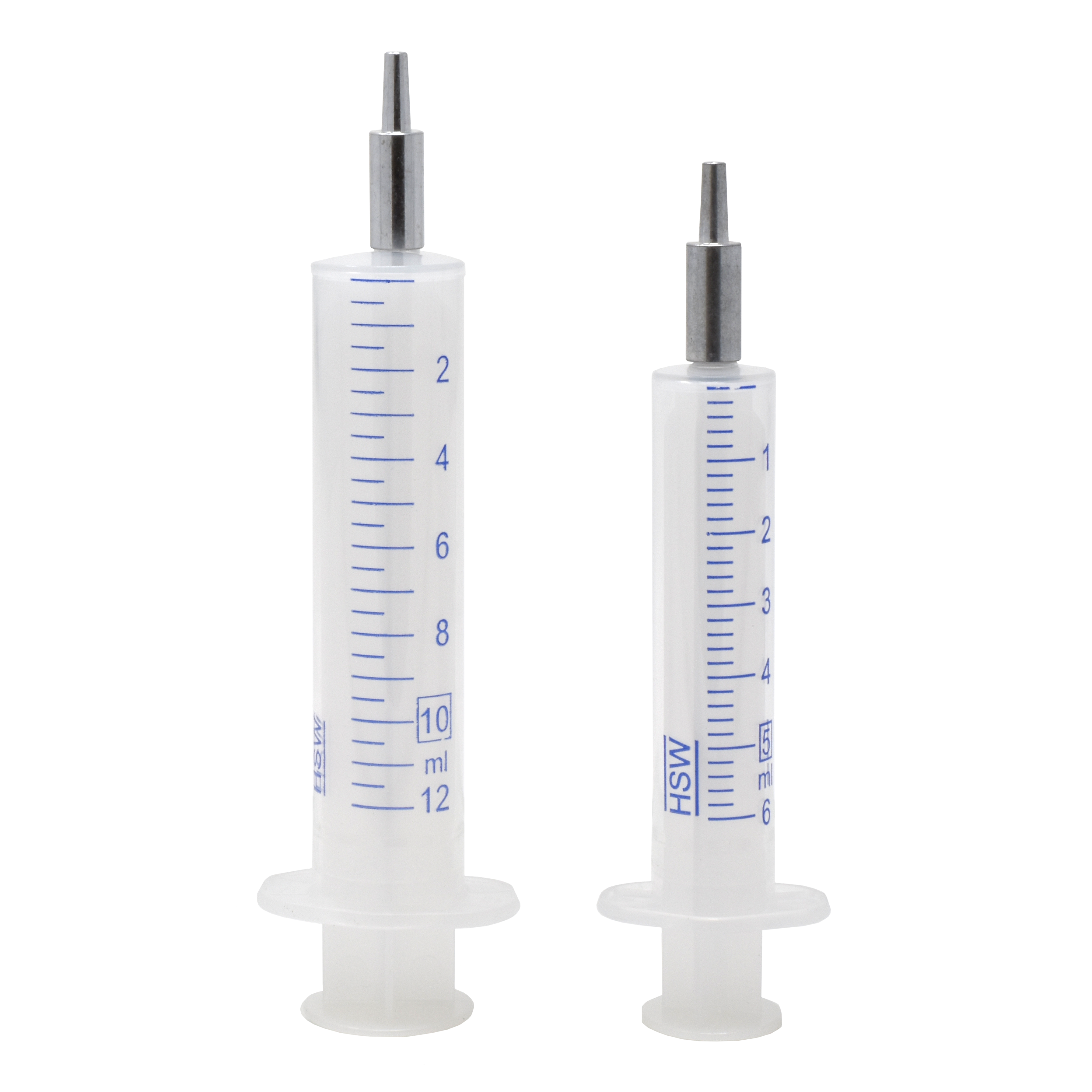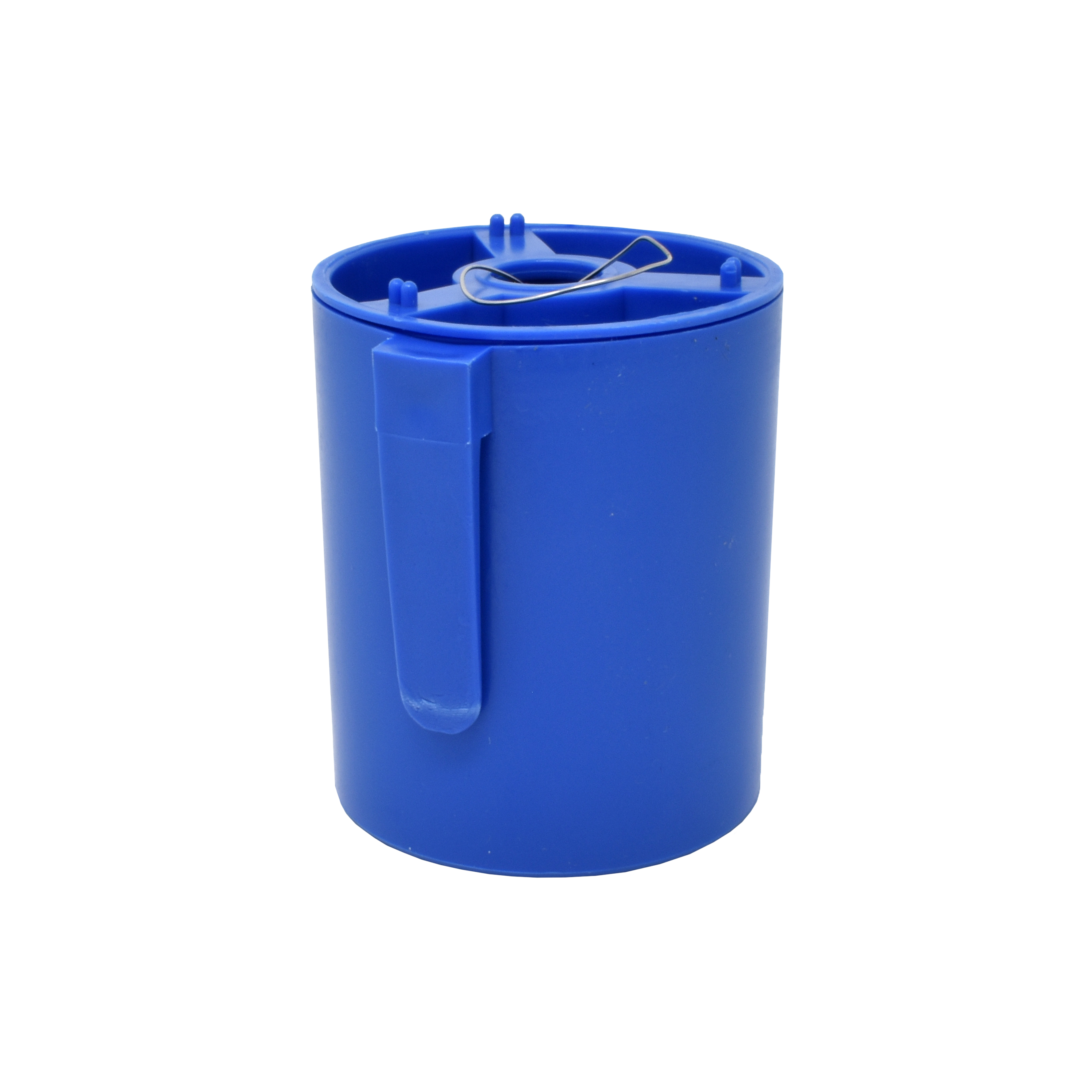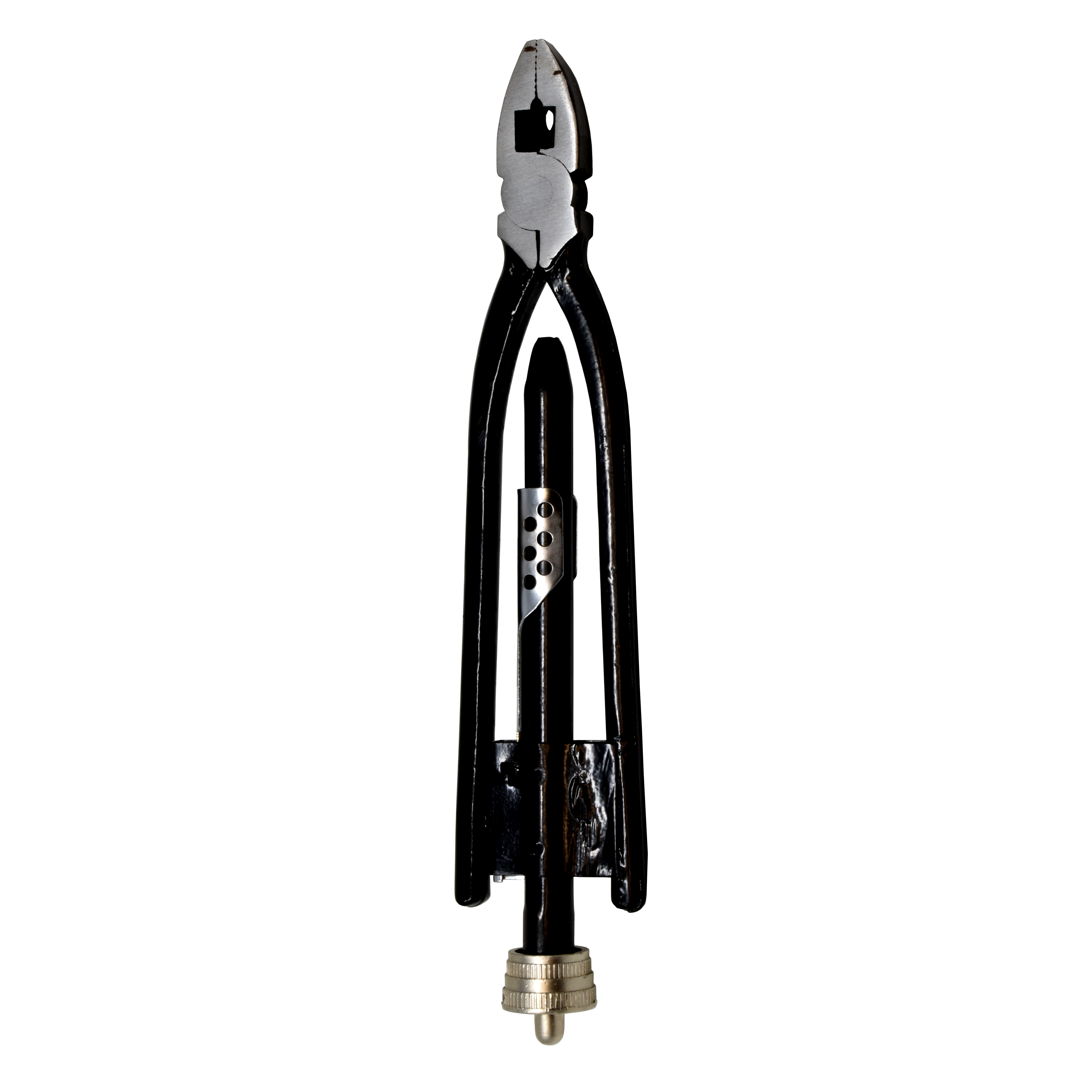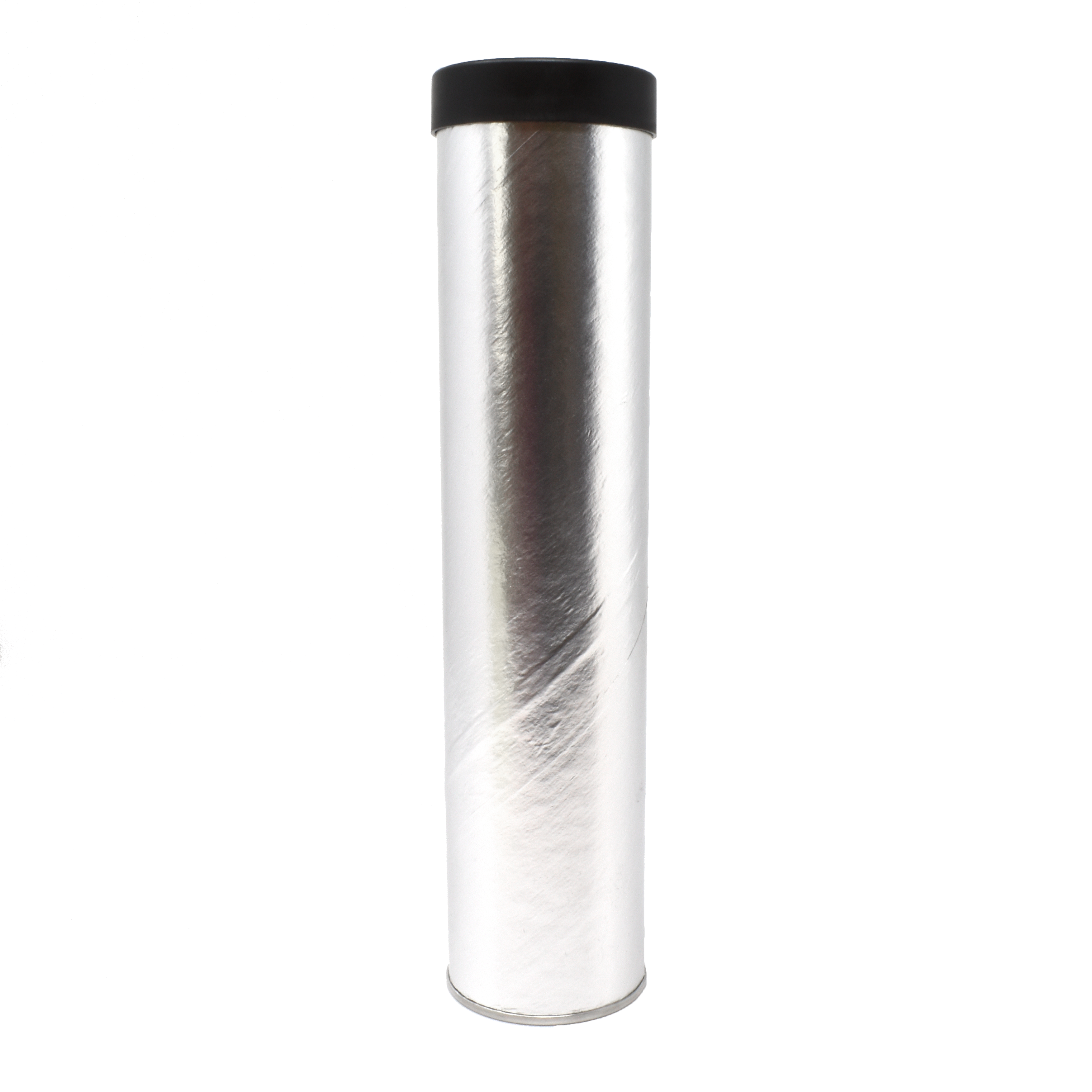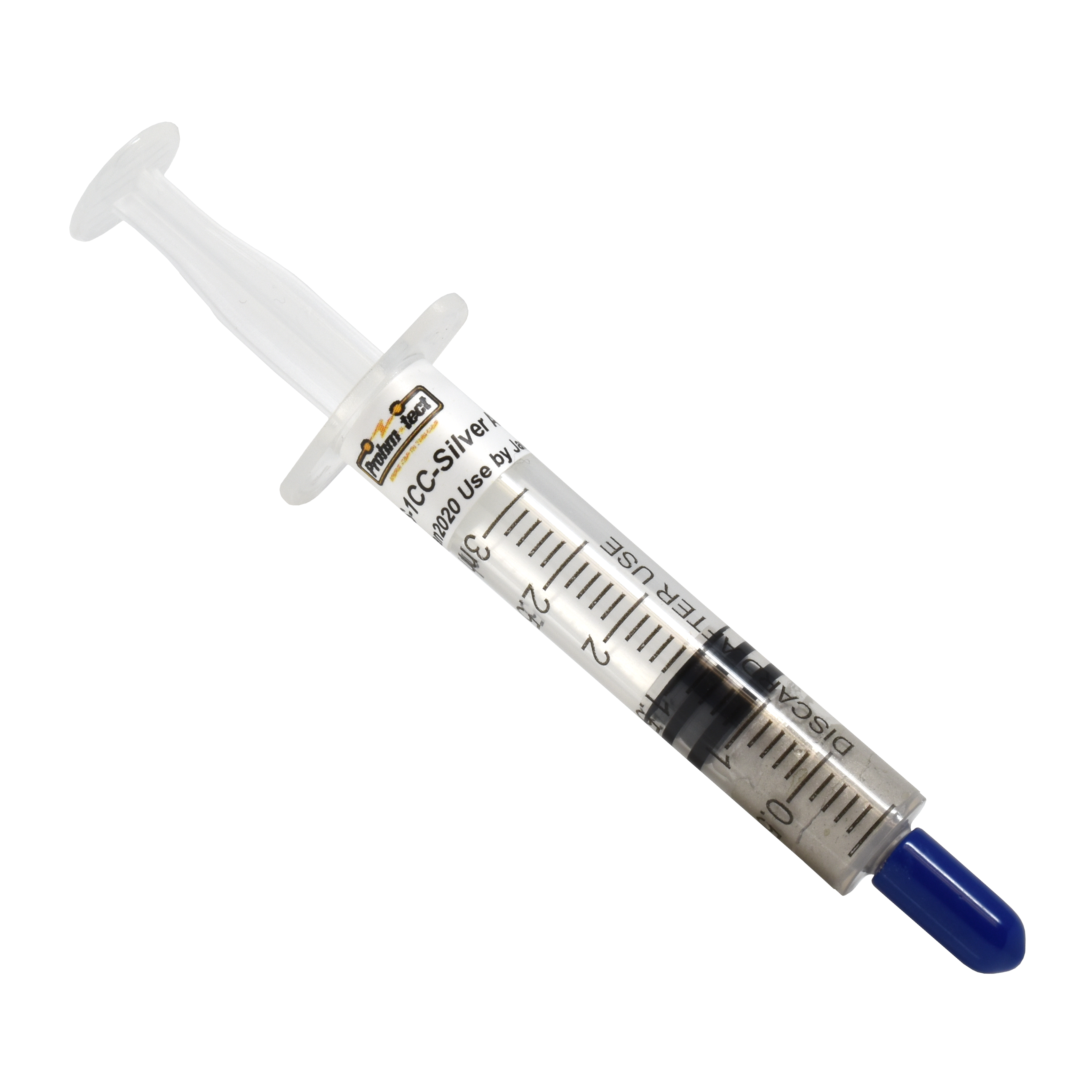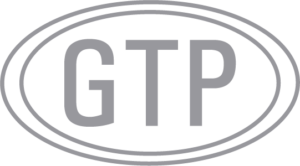One thing is true of all hydrant pit control valves, and that is that they occasionally leak and/or need service. To stop the leak or service the valve without depressurizing the hydrant system, or a portion of it, a manual shut-off valve must be located between the hydrant pipe connection and the hydrant pit control valve.
Shut-off valves are sized either 4×4”, 6×4”, or 6×6” depending on the hydrant pipe size and the connection size of the hydrant pit control valve. The shut-off valve cannot be a “wafer” style valve; it must be flanged on the inlet and outlet. By using a flanged-type under-hydrant valve, the entire hydrant pit control valve can be removed, if necessary, and no leakage will occur.
A shut-off valve may be a flapper-type or butterfly-type. The butterfly-type is good, but the disk remains in the flow path when the valve is open and acts as a restriction. The flapper-type is excellent on pressure drop, but a plain flapper cannot be opened against pressure. For this reason, our valve incorporates a “valve within a valve,” which automatically equalizes pressure when you start to move the operating handle. It is very easy to operate, yet provides all the advantages of a flapper-type valve. Other flapper-type designs rely on a separate tiny, vulnerable, manually operated valve for equalizing pressure. This is inconvenient, and it may also be accidentally left open.
The unique feature of the Gammon Under-Hydrant Shut-Off Valve is that, in addition to providing the standard shut-off feature, it can protect the airport and personnel from a disastrous fire because it closes automatically as soon as the temperature reaches 165°F (74°C). A fusible link in the chain that normally holds the valve open will melt at this temperature, resulting in instantaneous closure.
Under normal conditions, the valve can be closed easily by unhooking the chain. This action is totally independent of the fusible link. Unless the fusible link melts in a fire, it will never need to be replaced.
We usually refer to our Under-Hydrant Shut-Off Valve as an “Emergency Valve” because it will function in an emergency situation, which is usually more important to the approval authority than the basic shut-off feature. For any customer who does not need this added safety feature, we do not include the fusible link. Our valve then serves only as a “service valve,” like any other valve.
This valve has special features that were necessary to make it pass the API-6FA fire test. This test requires that leakage through the valve or outside the valve will not exceed specified amounts after the seals have burned away at a temperature of 1600°F. To meet those specifications, we were unable to seal the operating shaft with o-rings so we used a unique labyrinth-type seal assembly that has proven to be reliable in other products we make.

